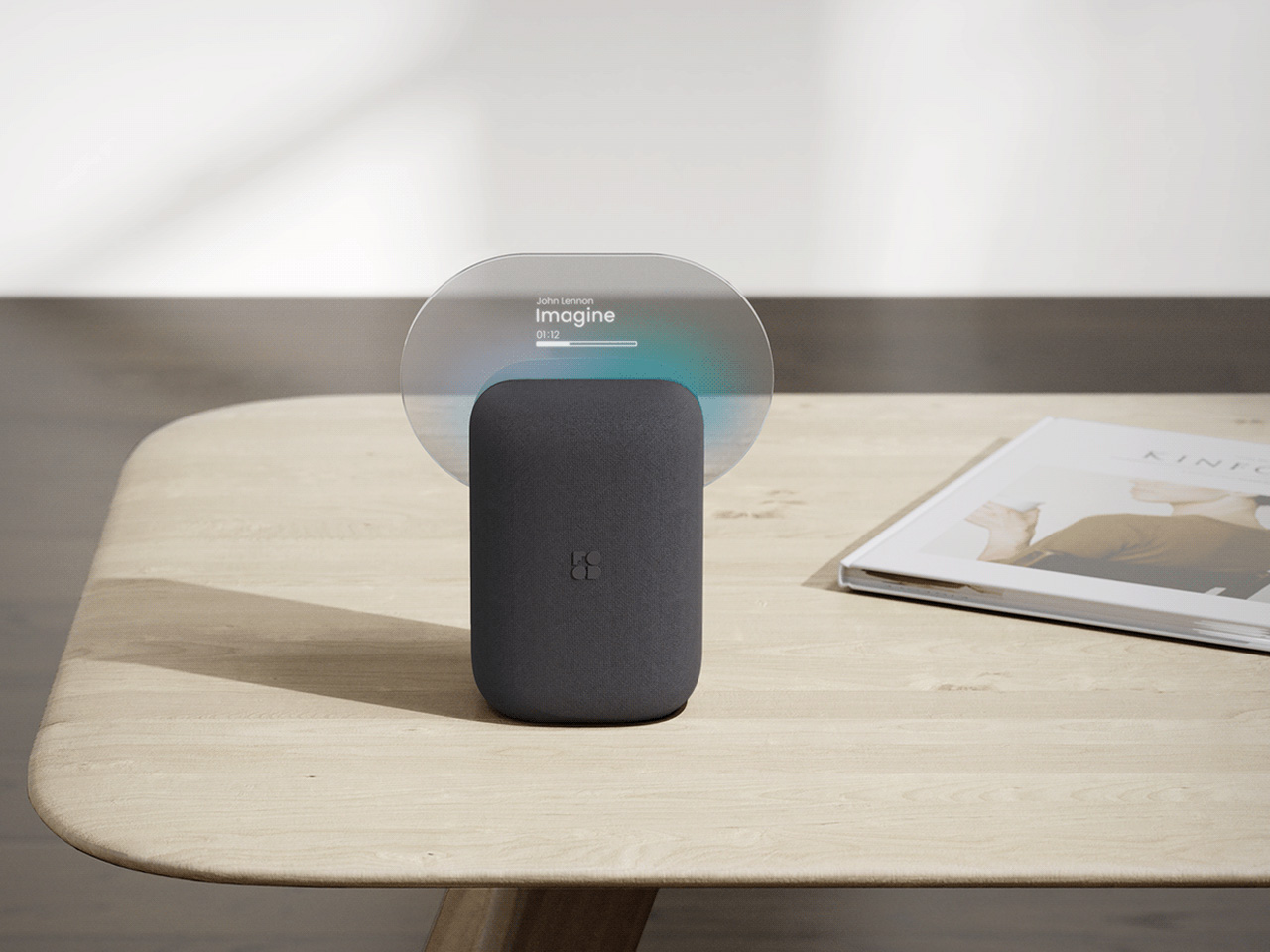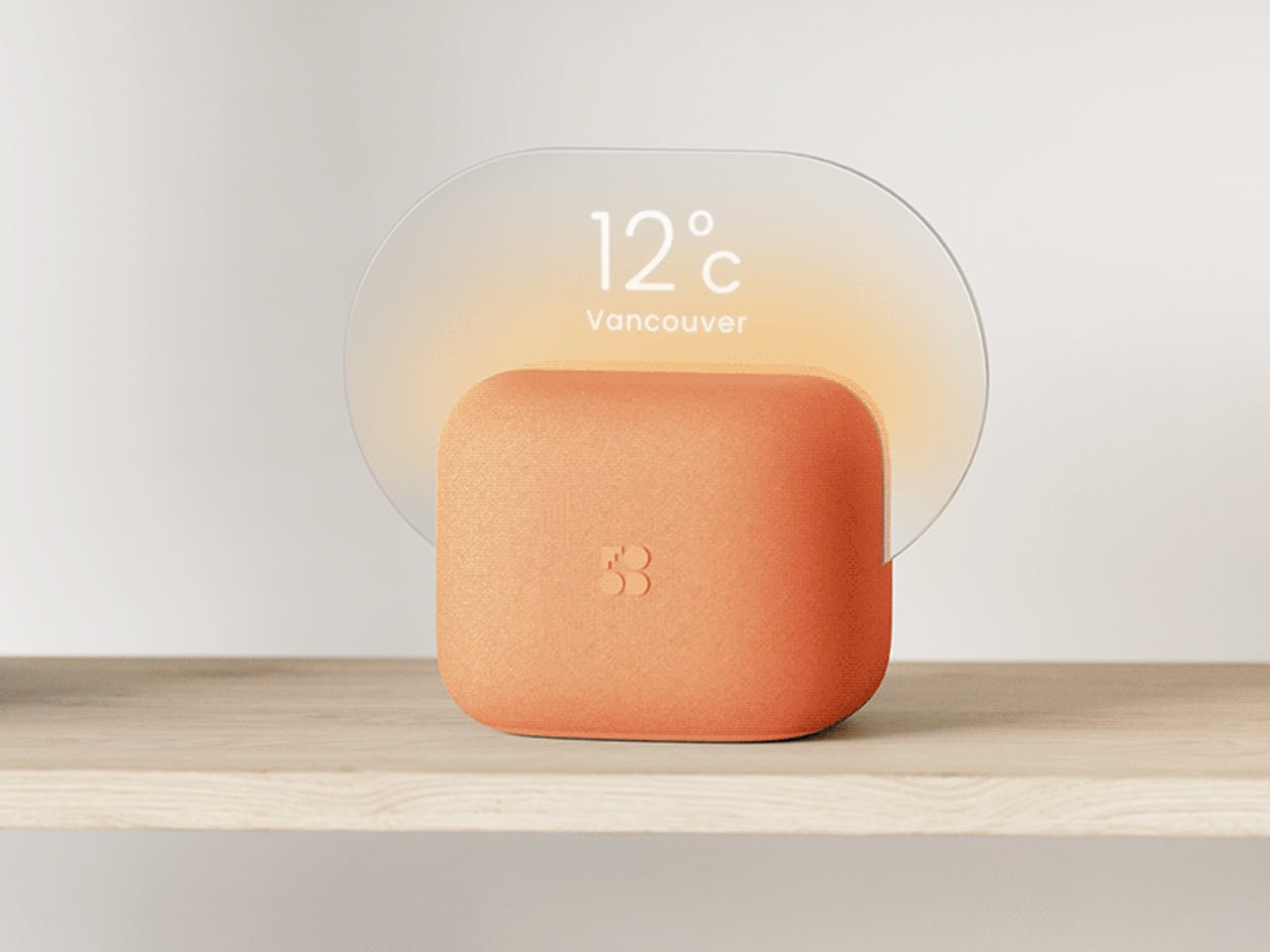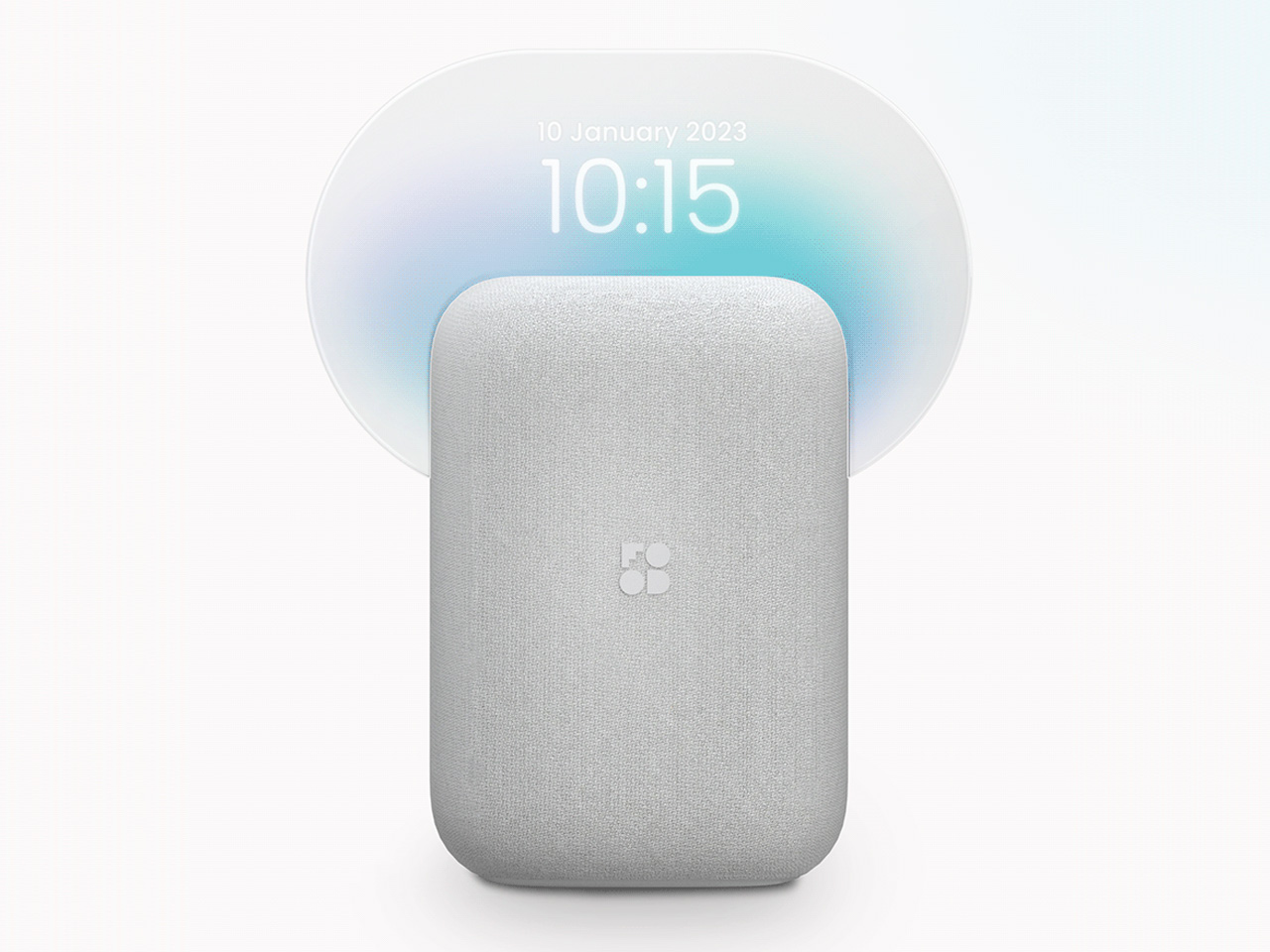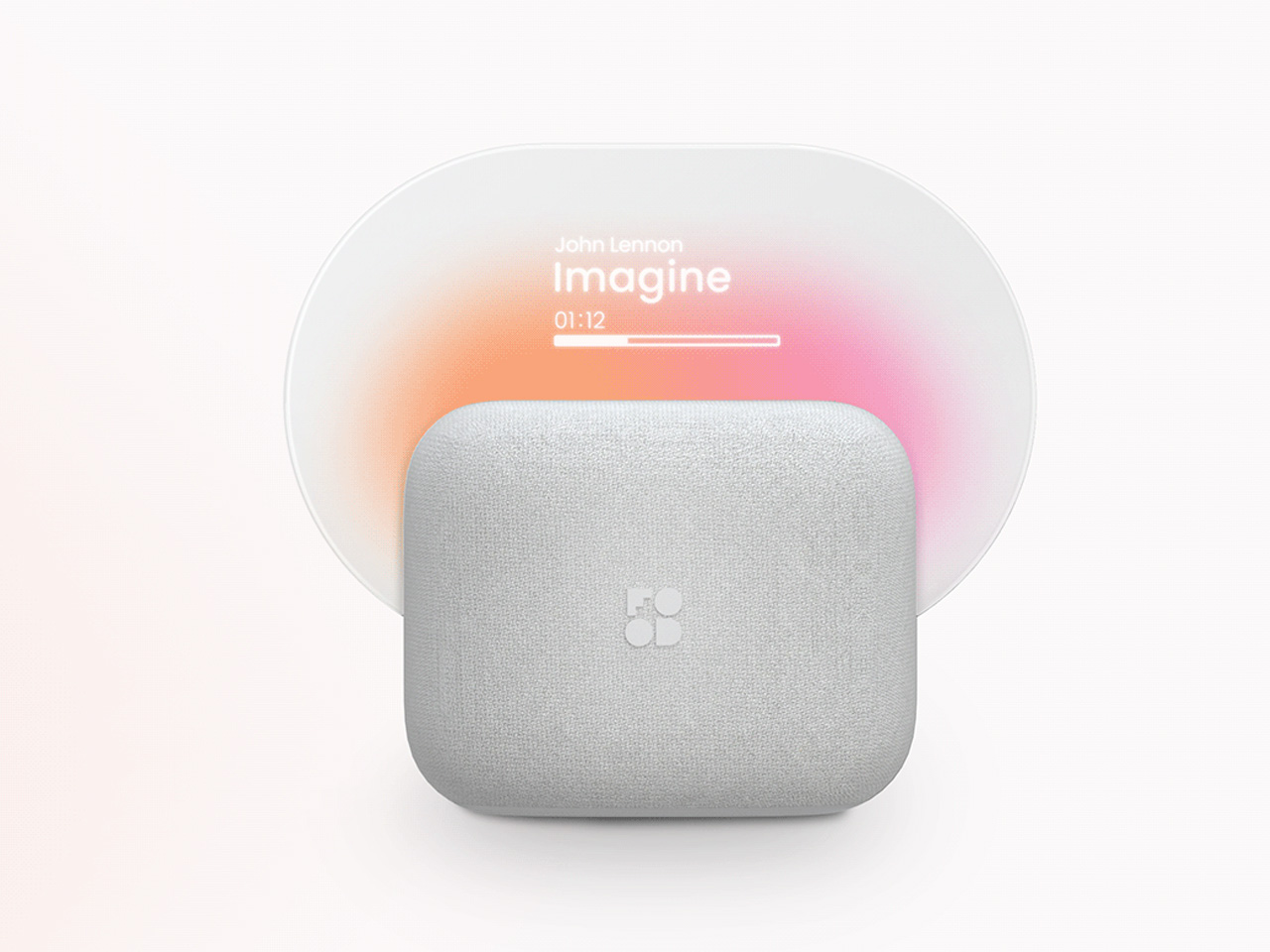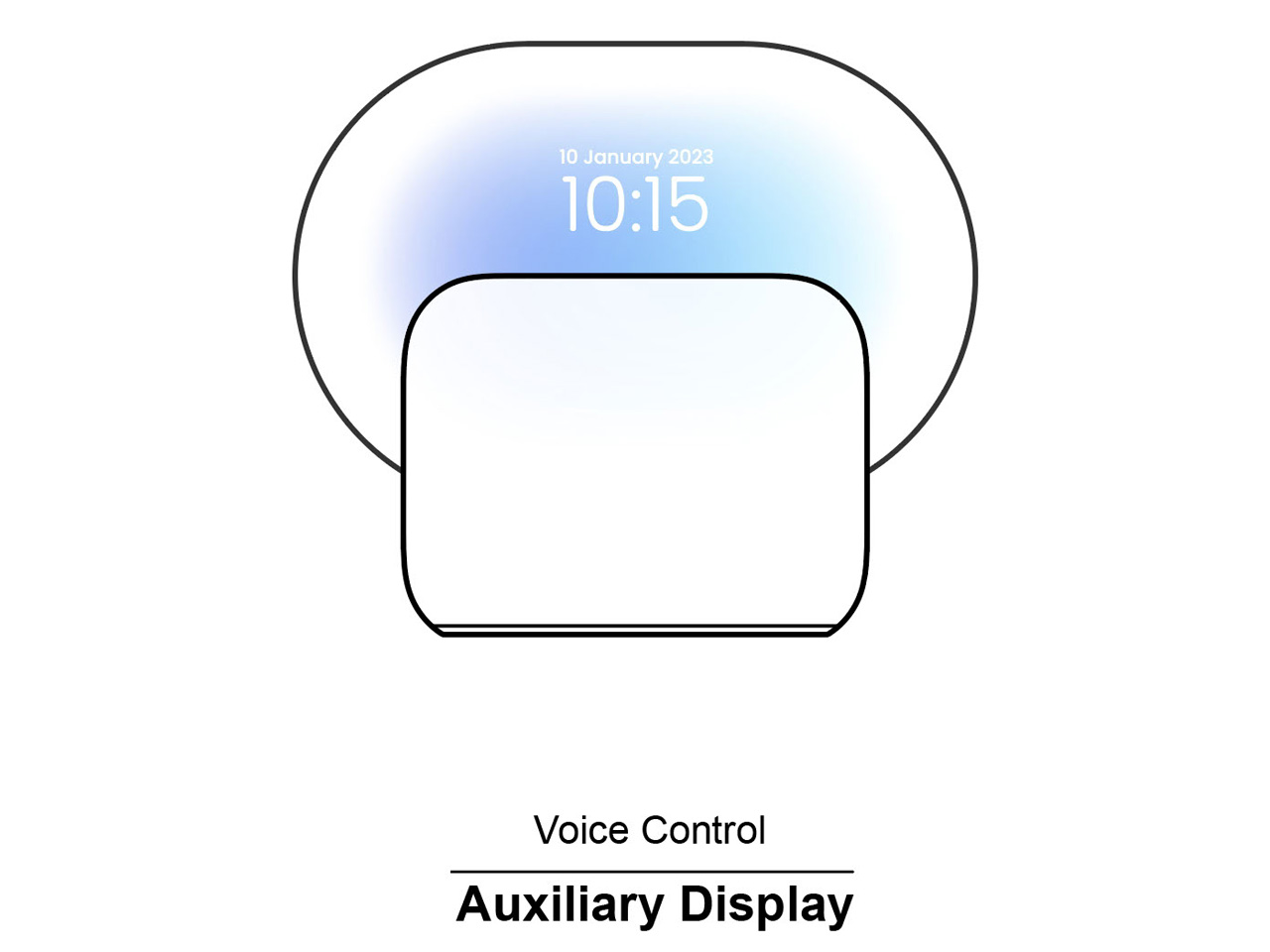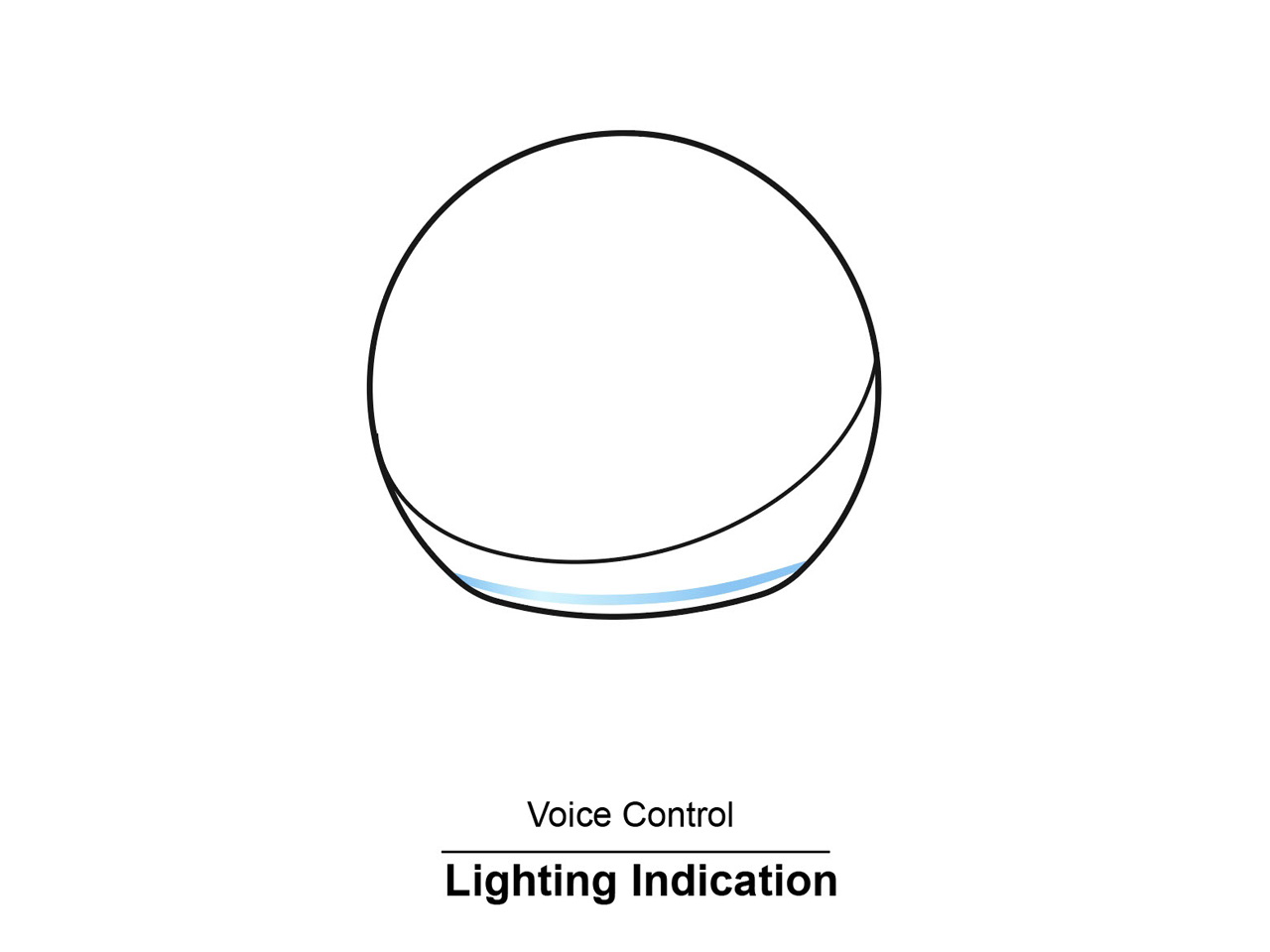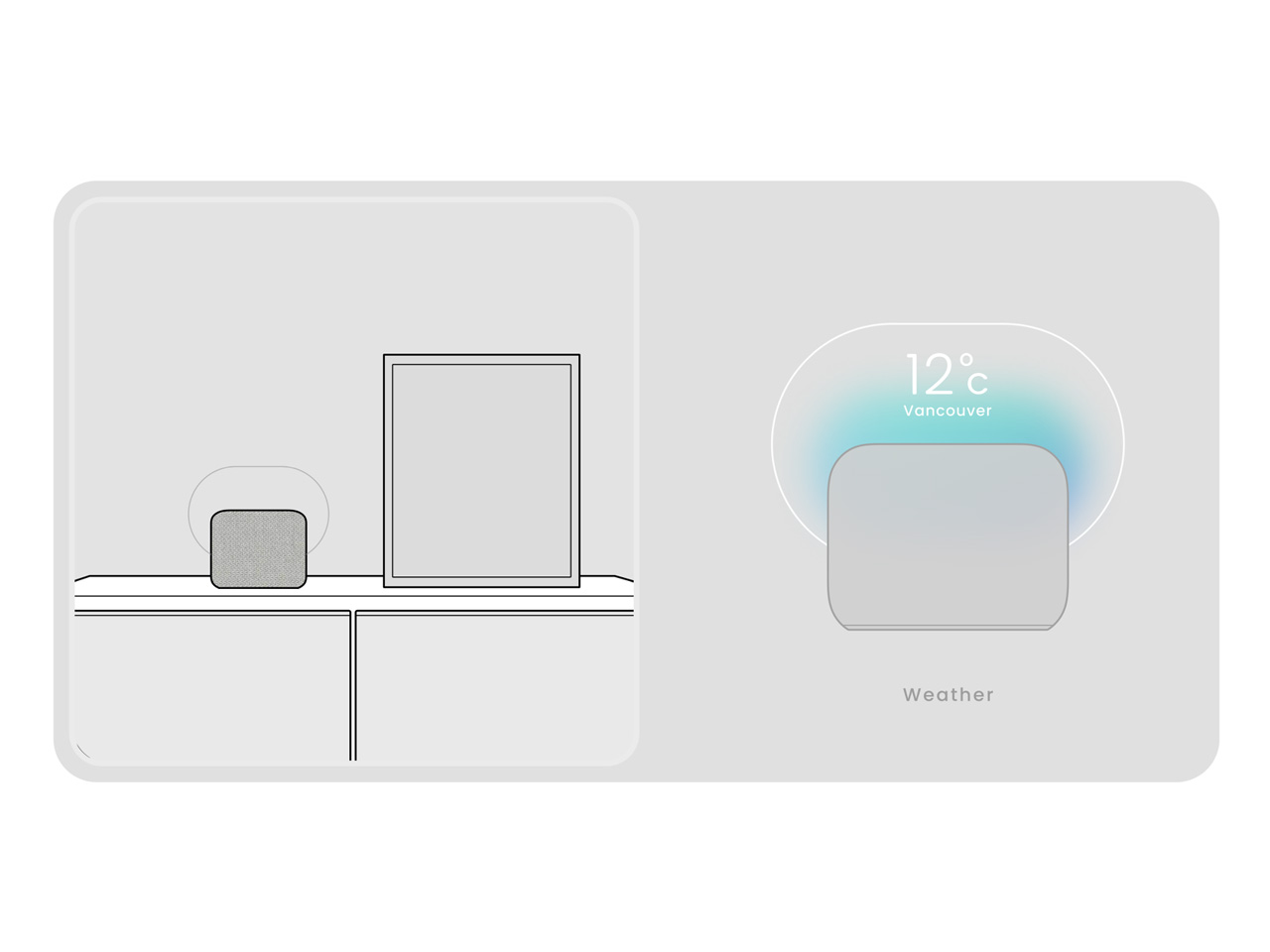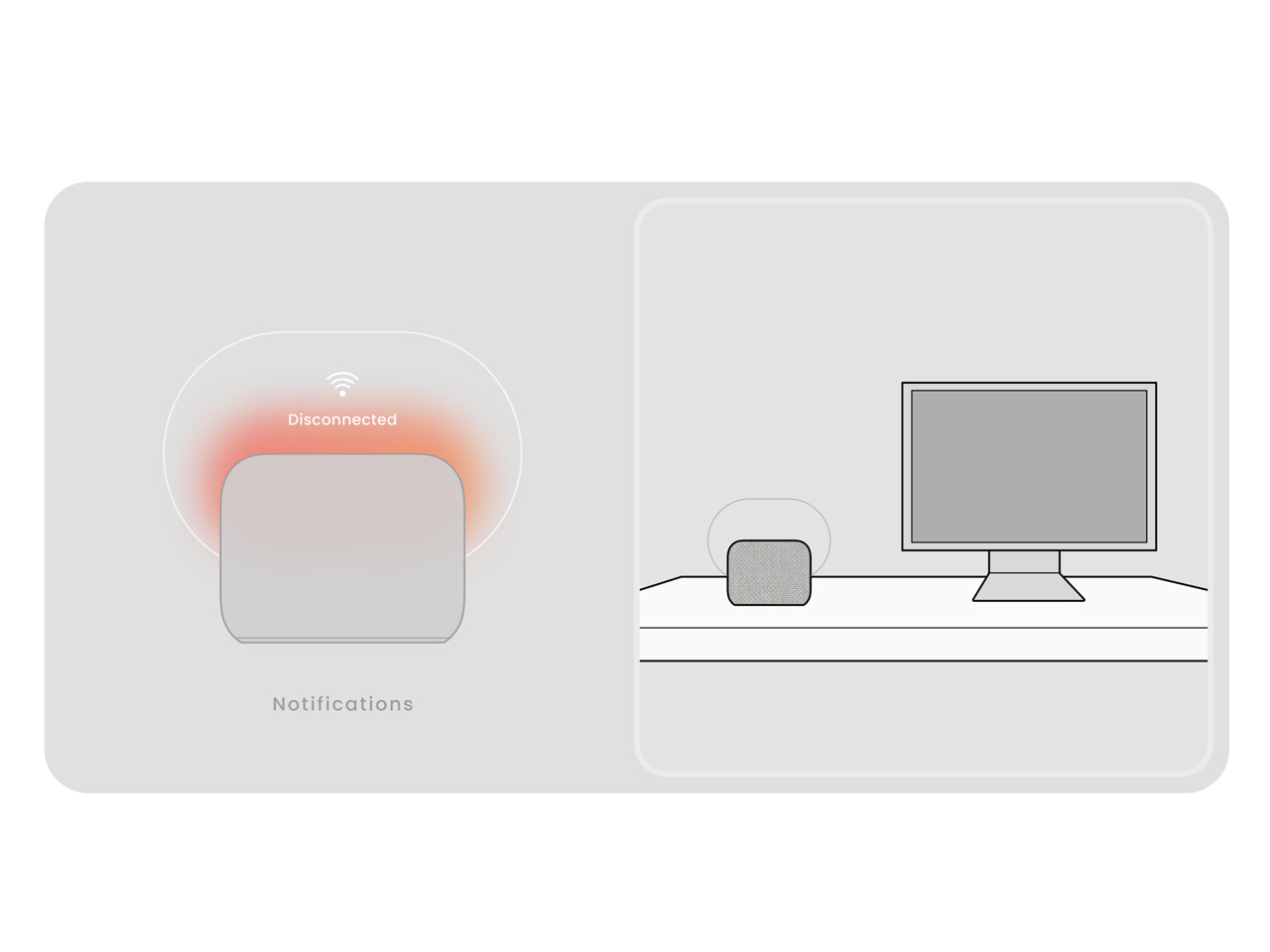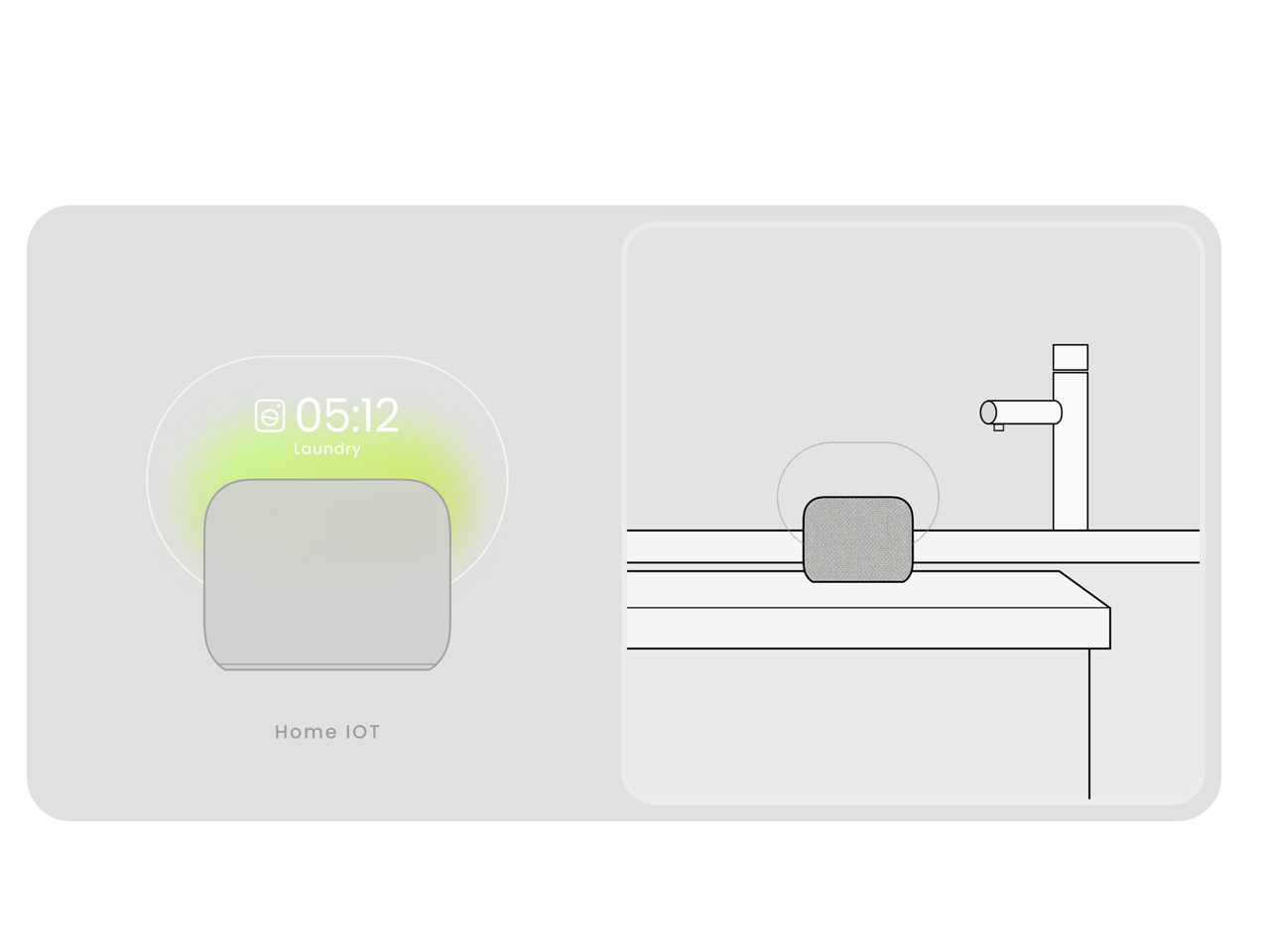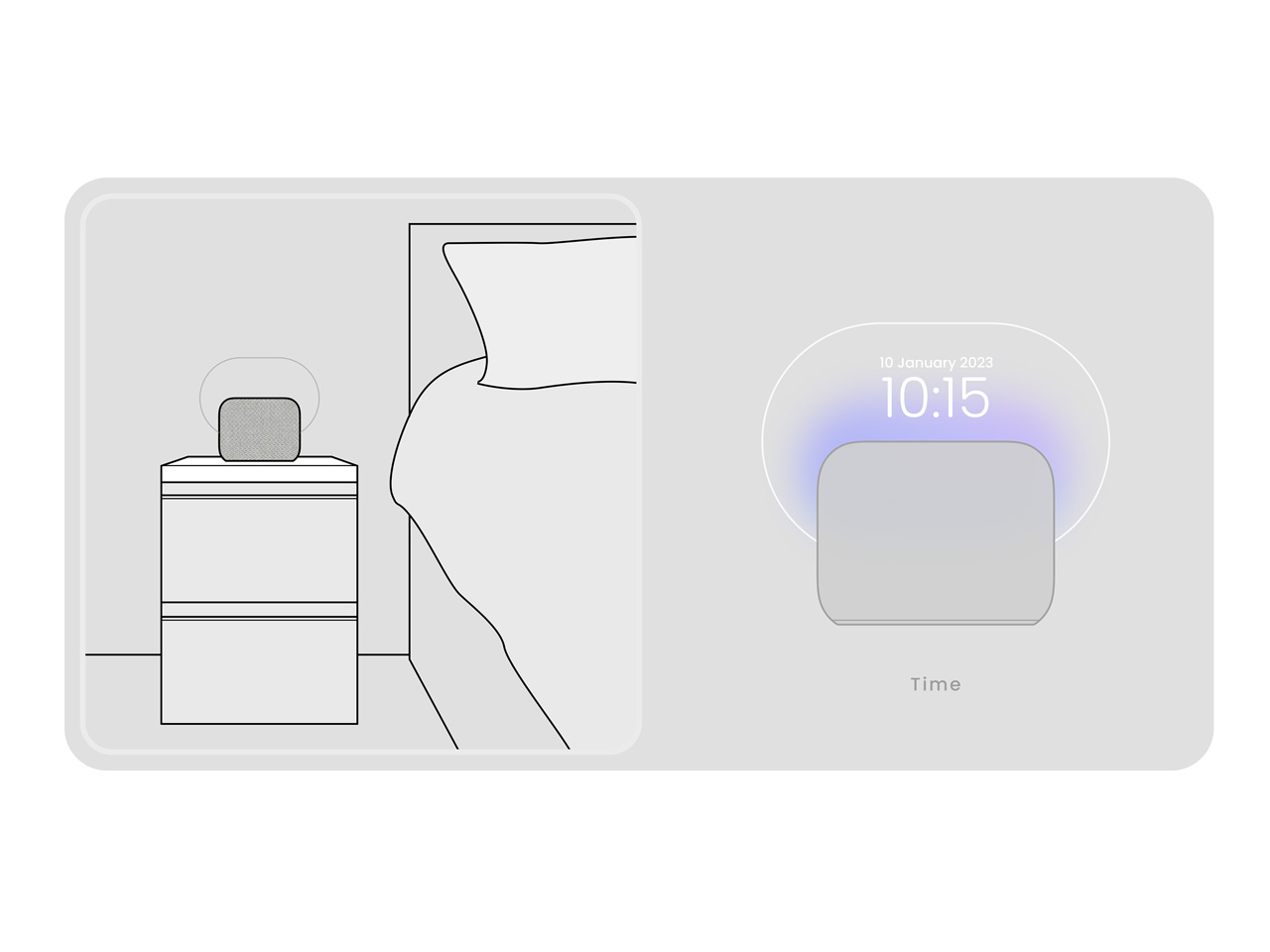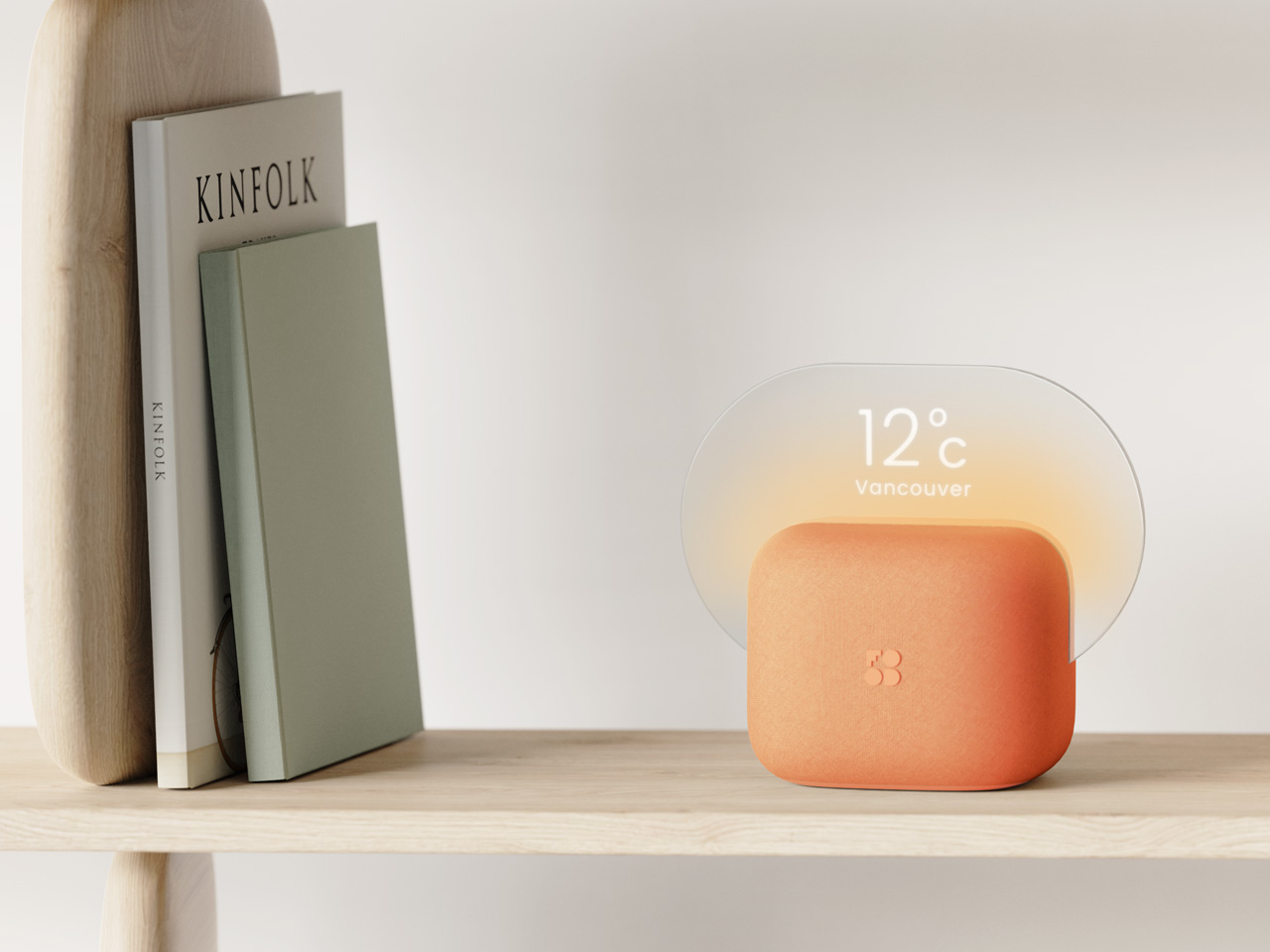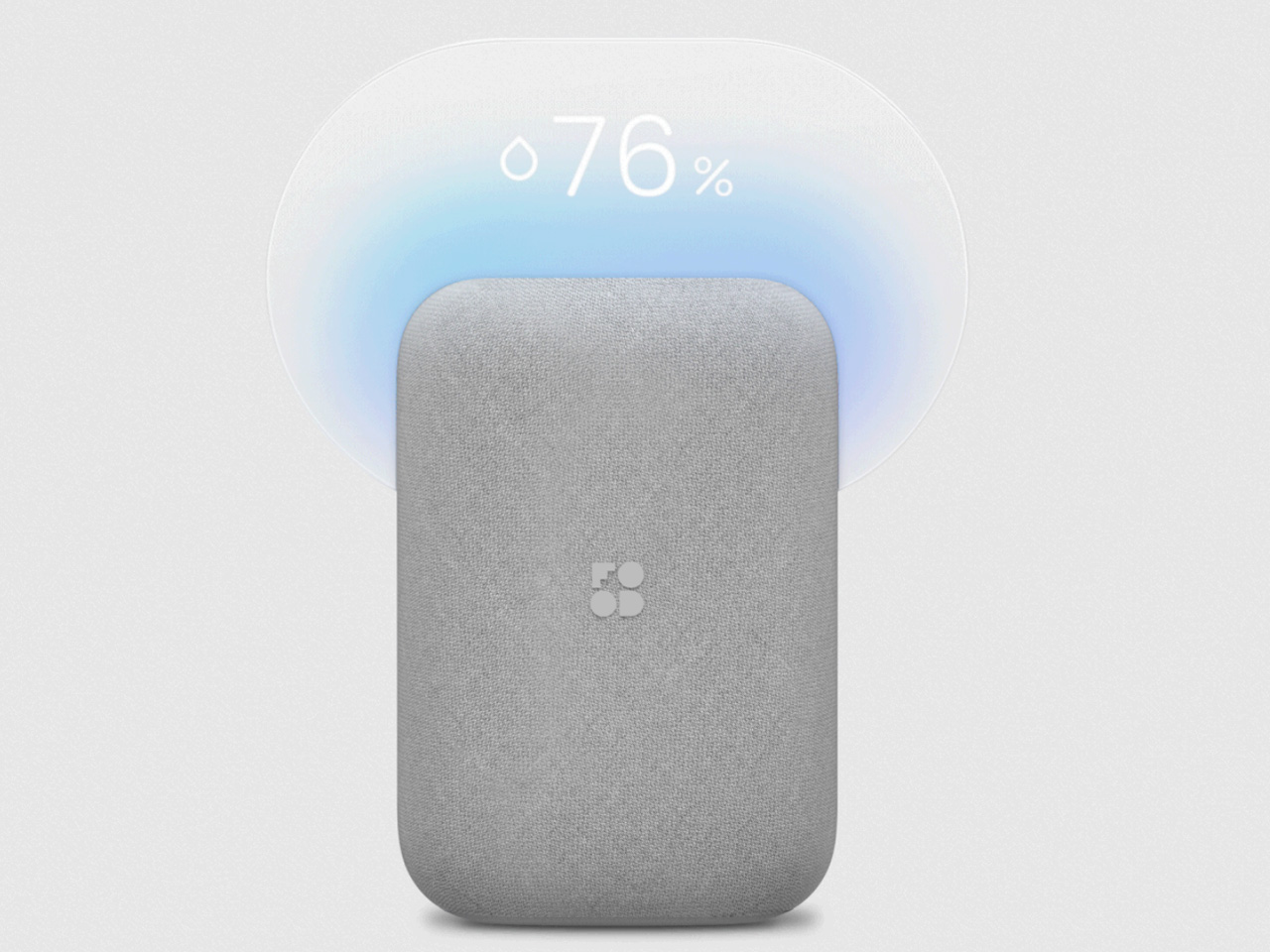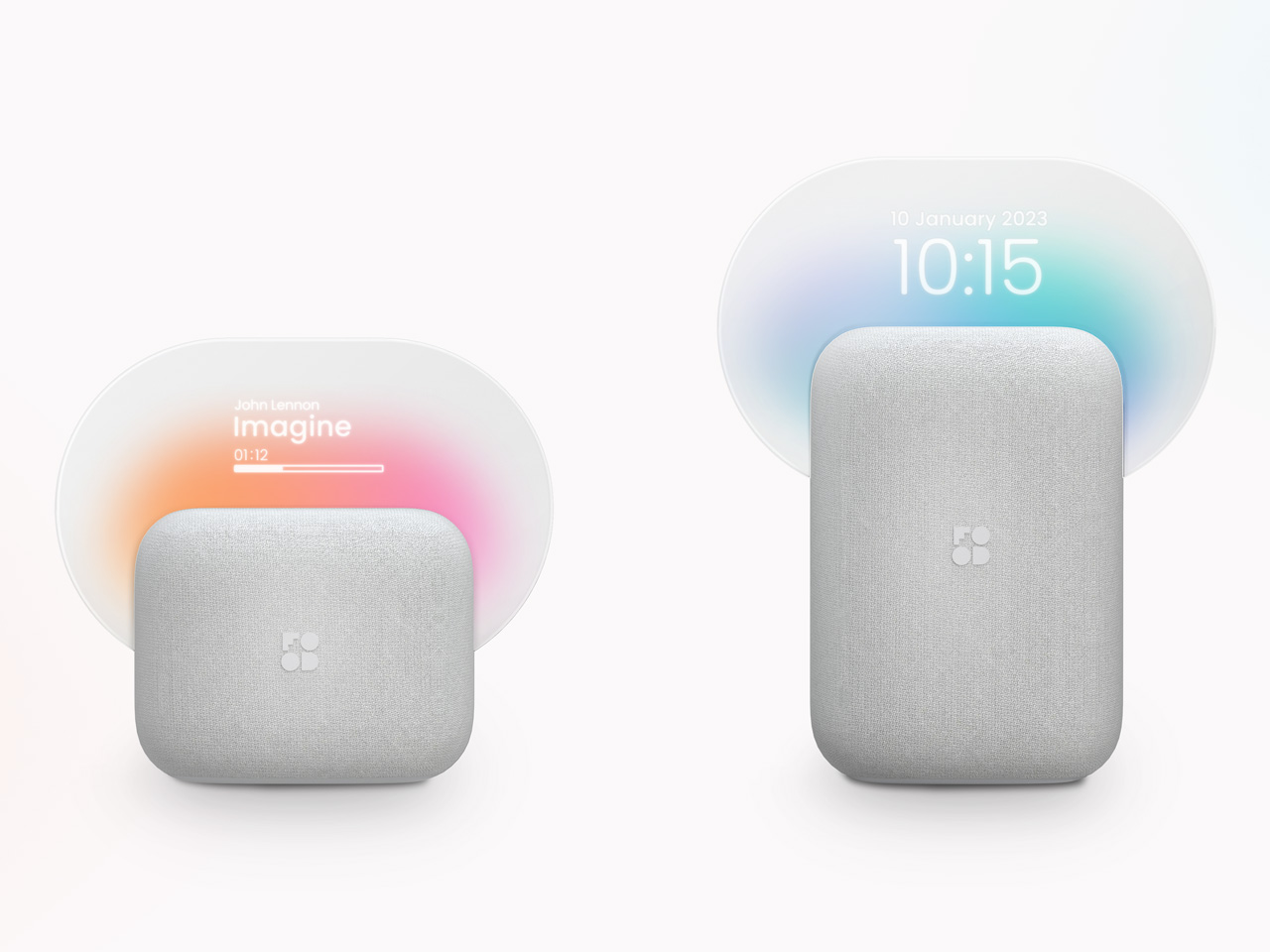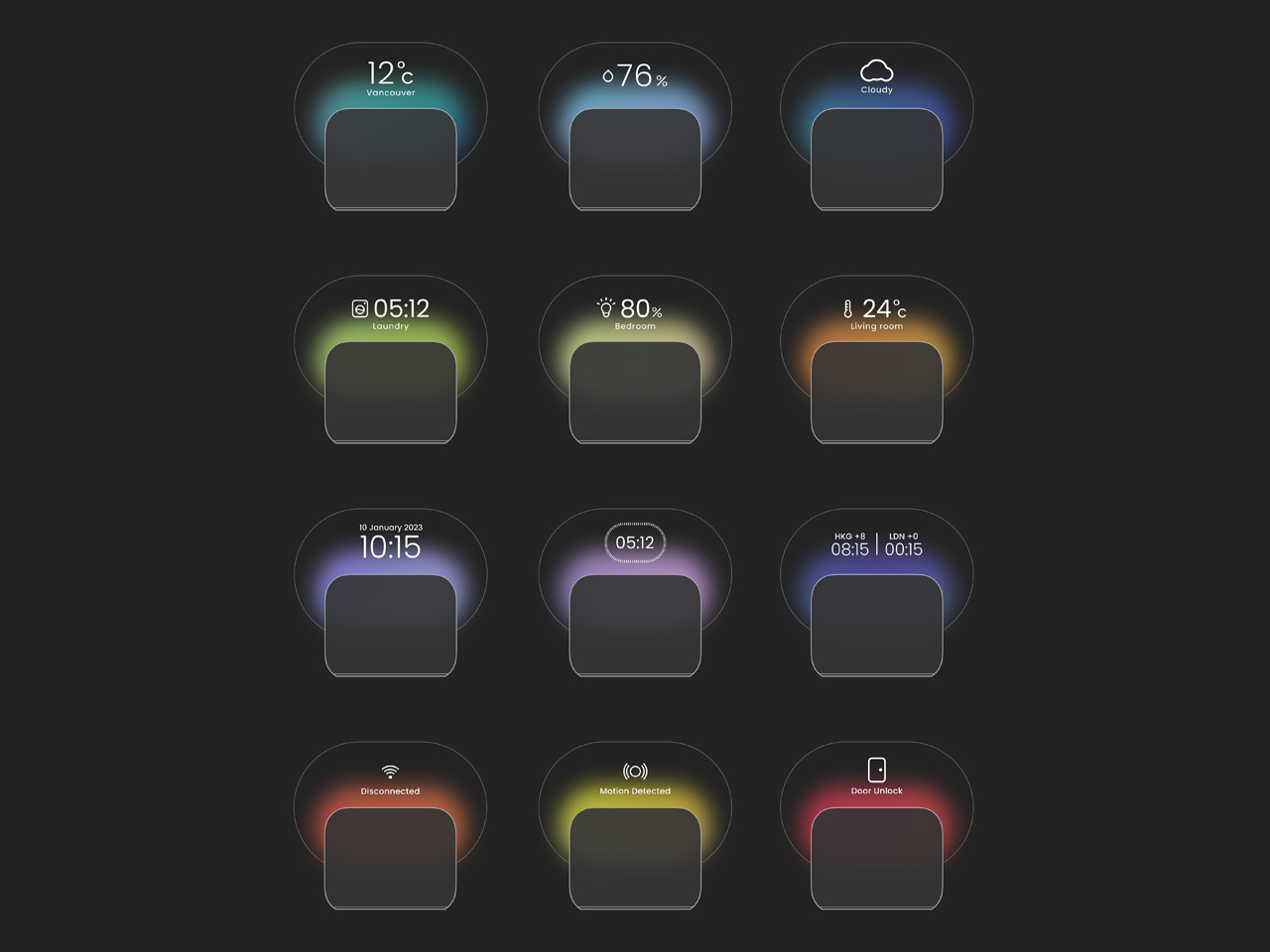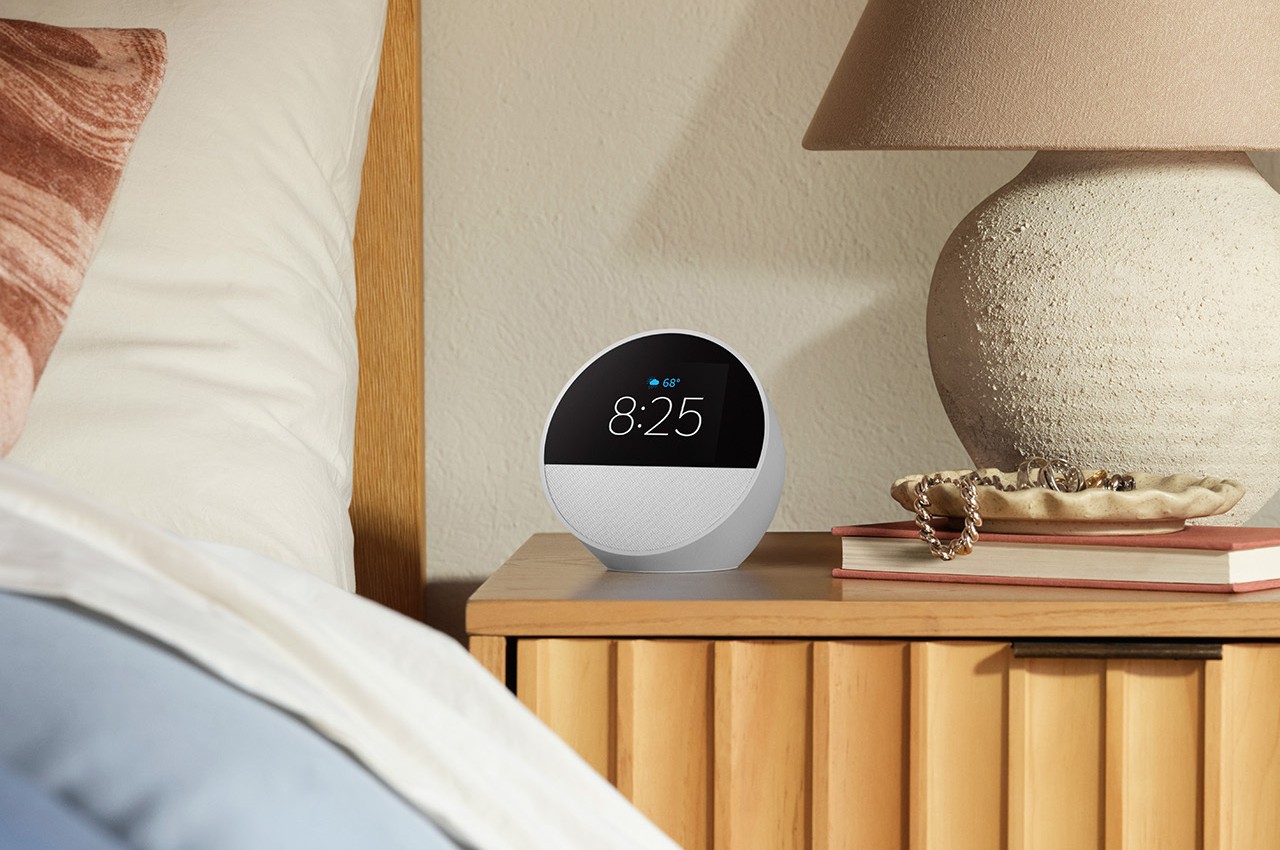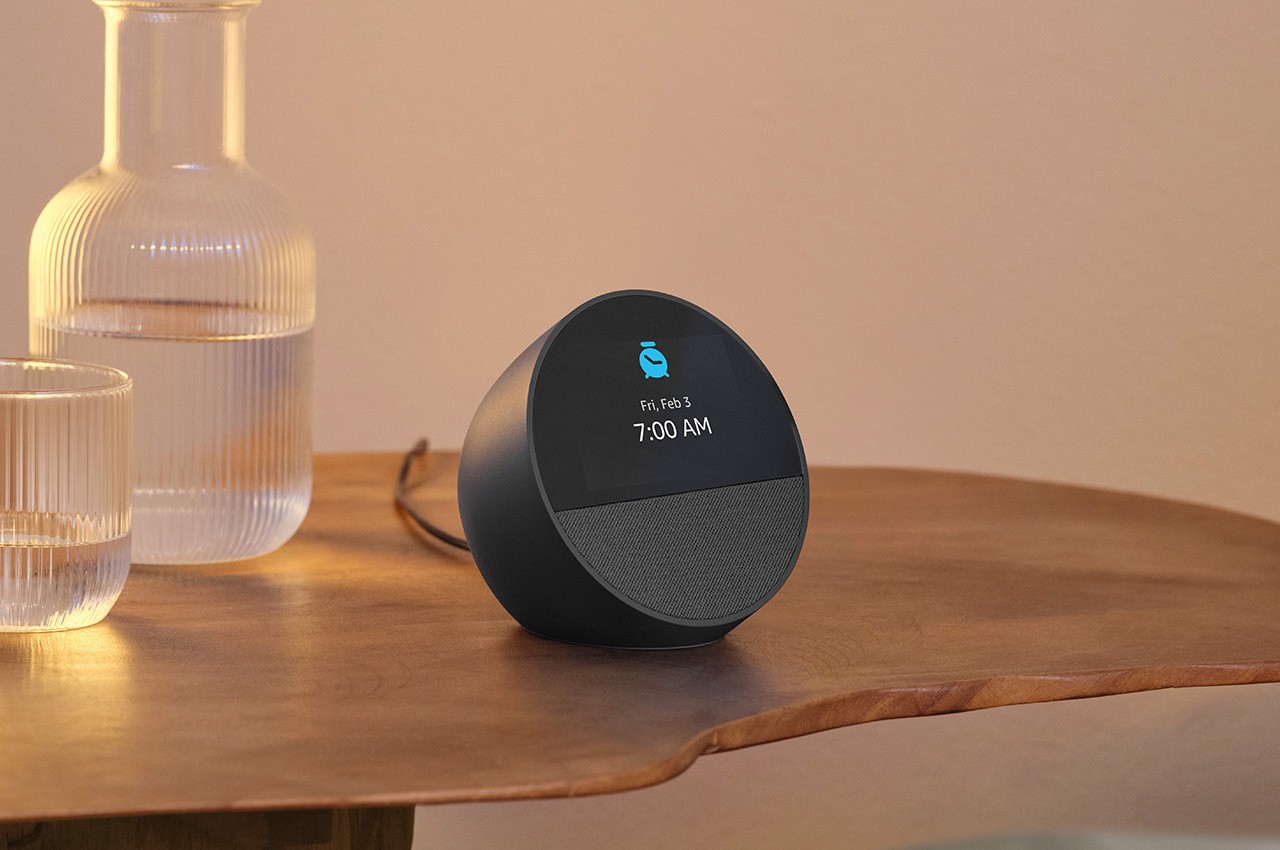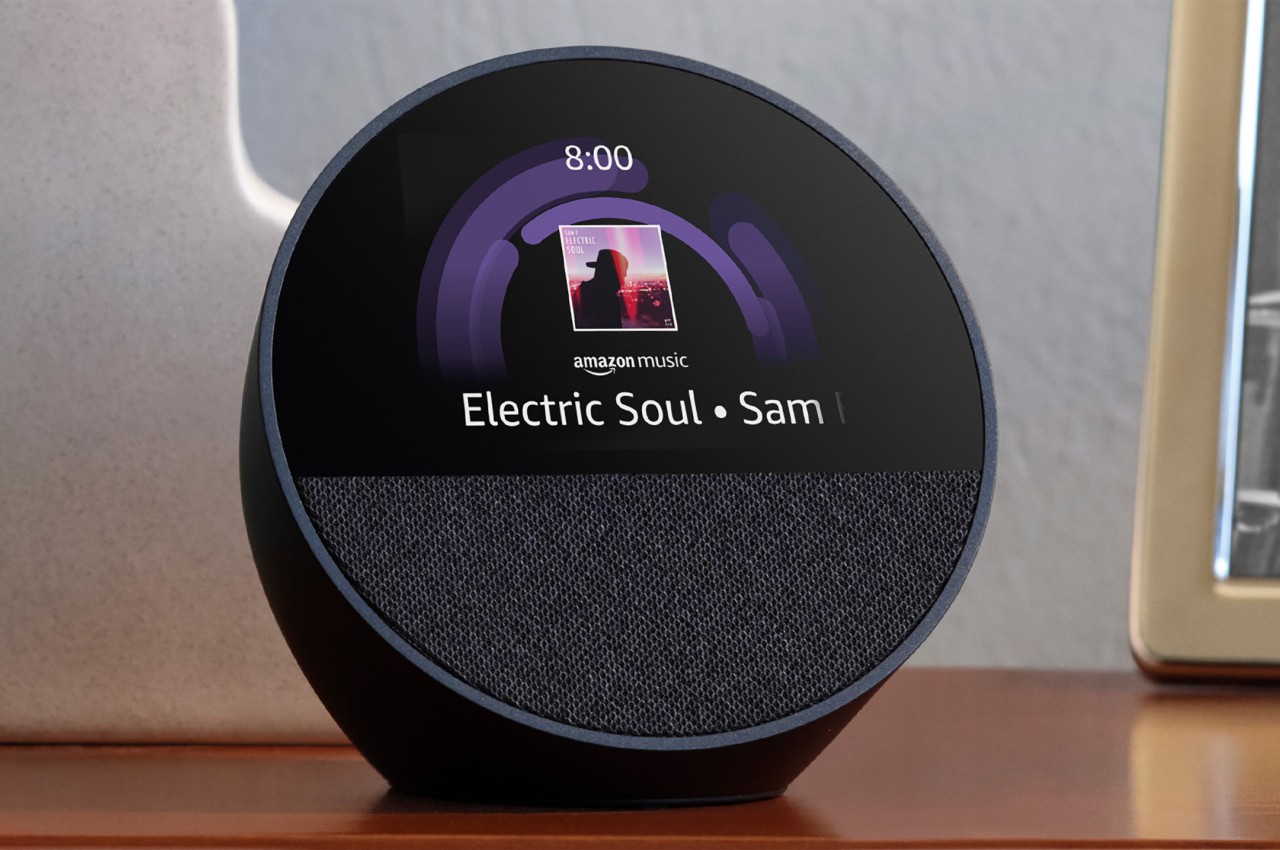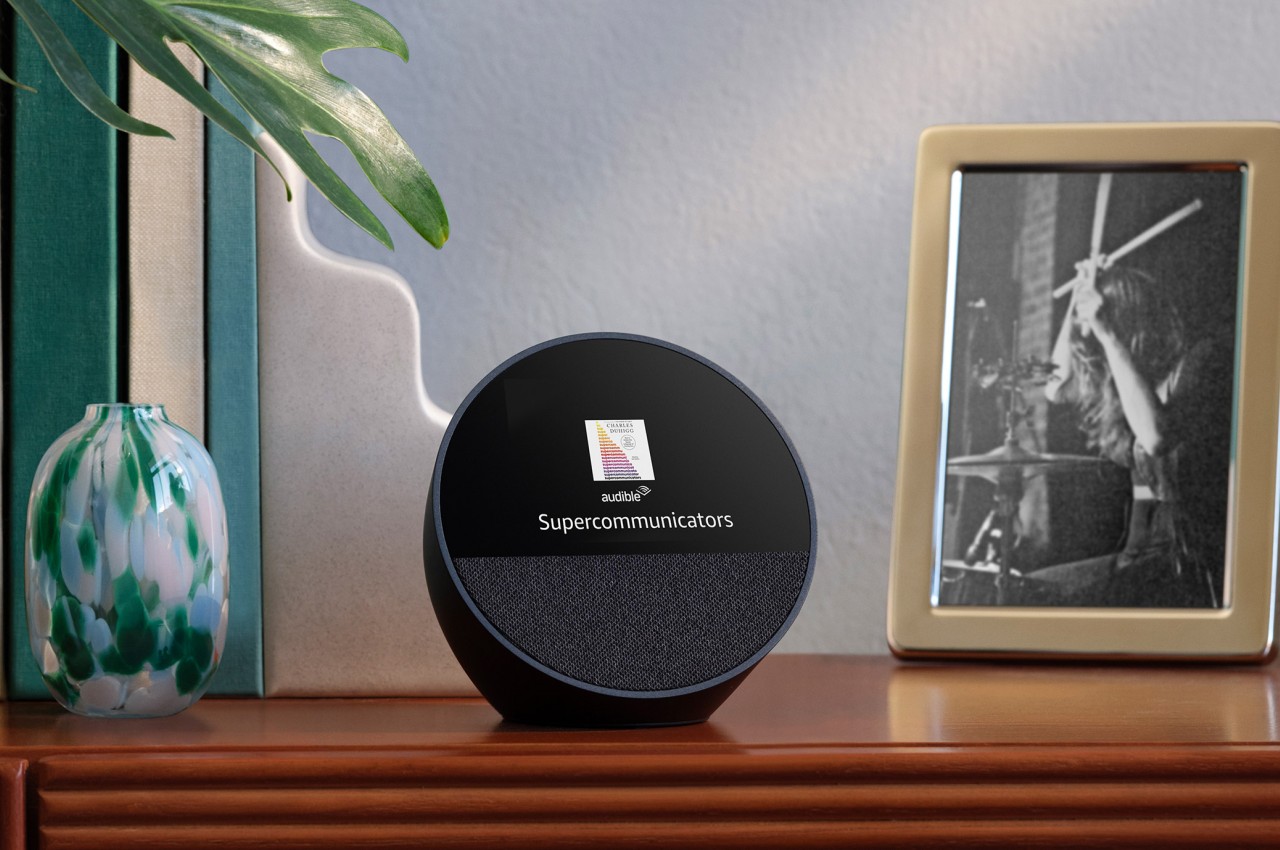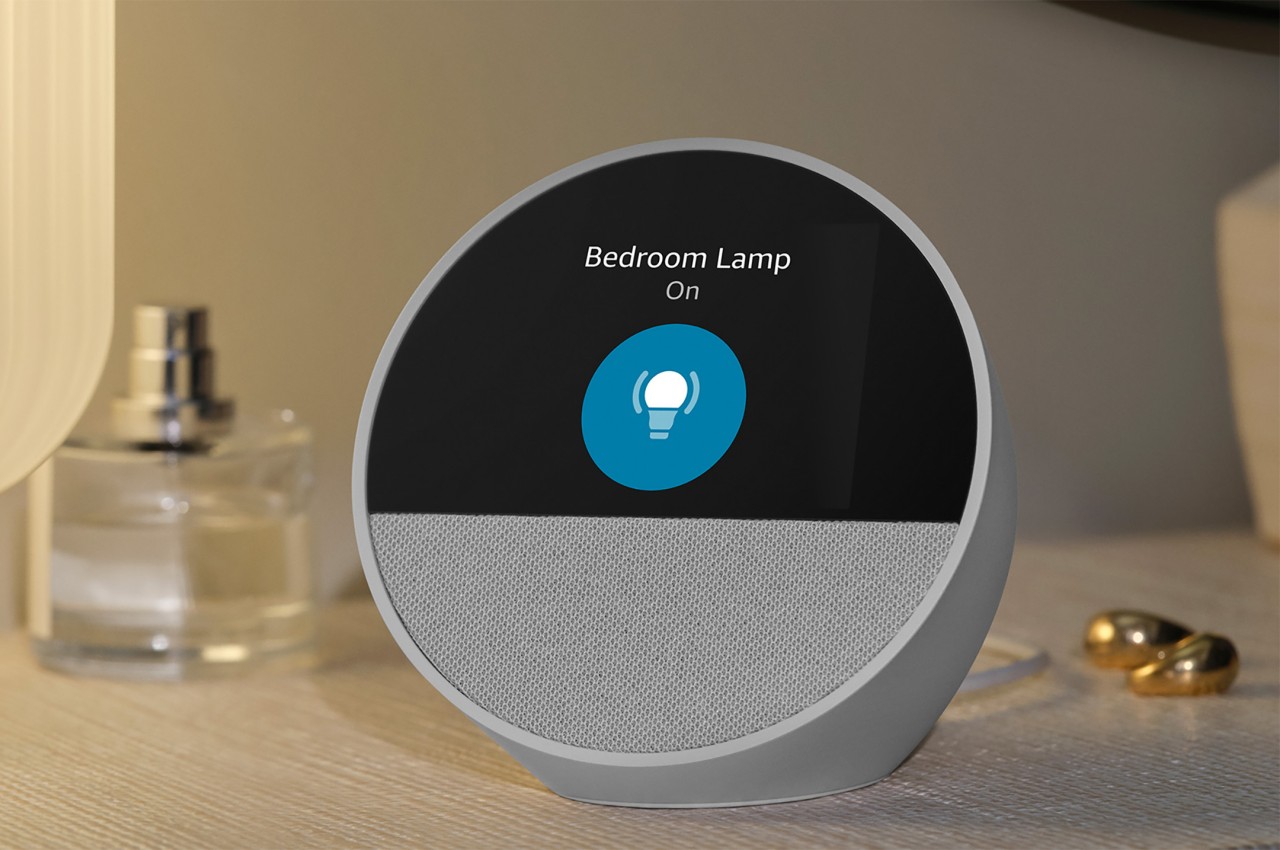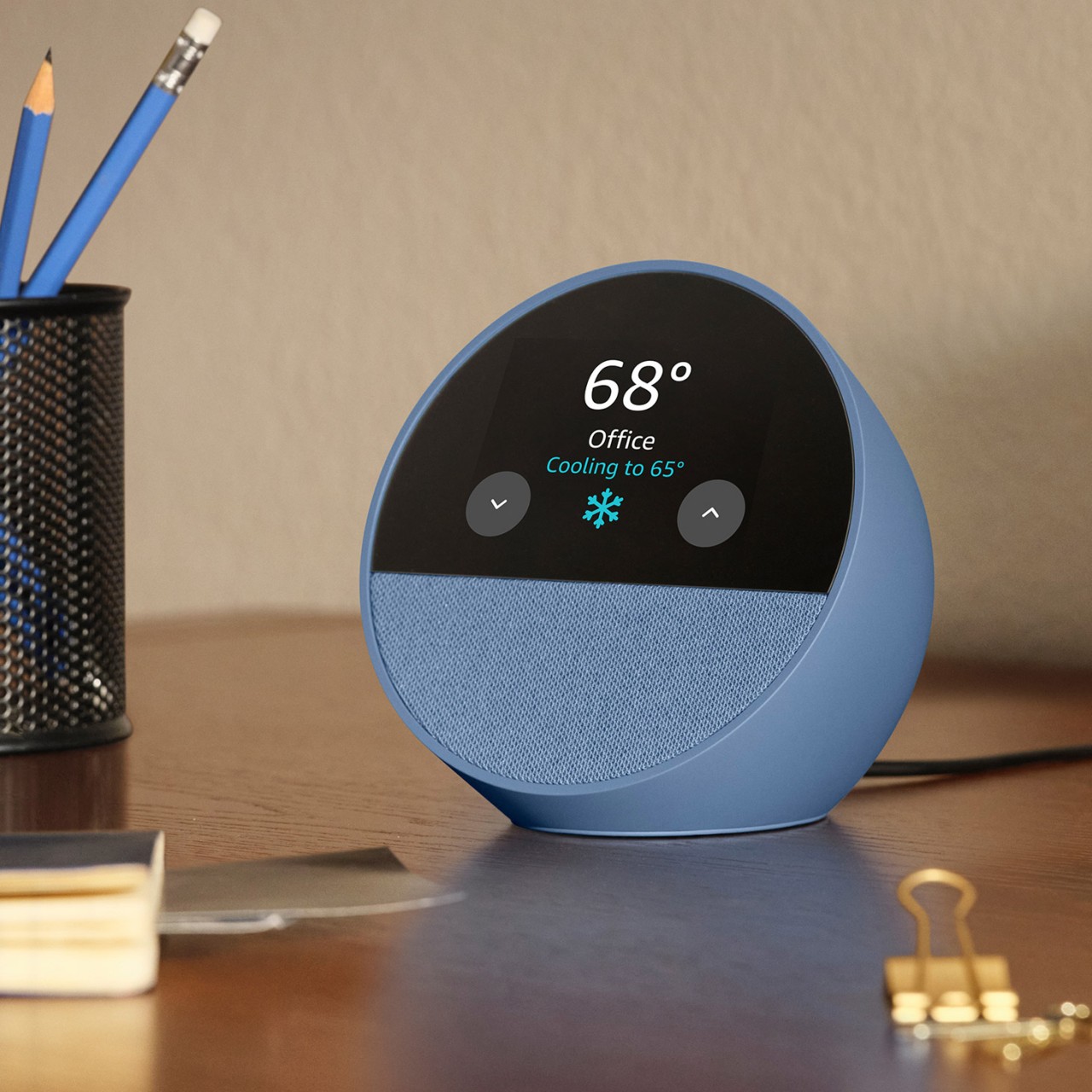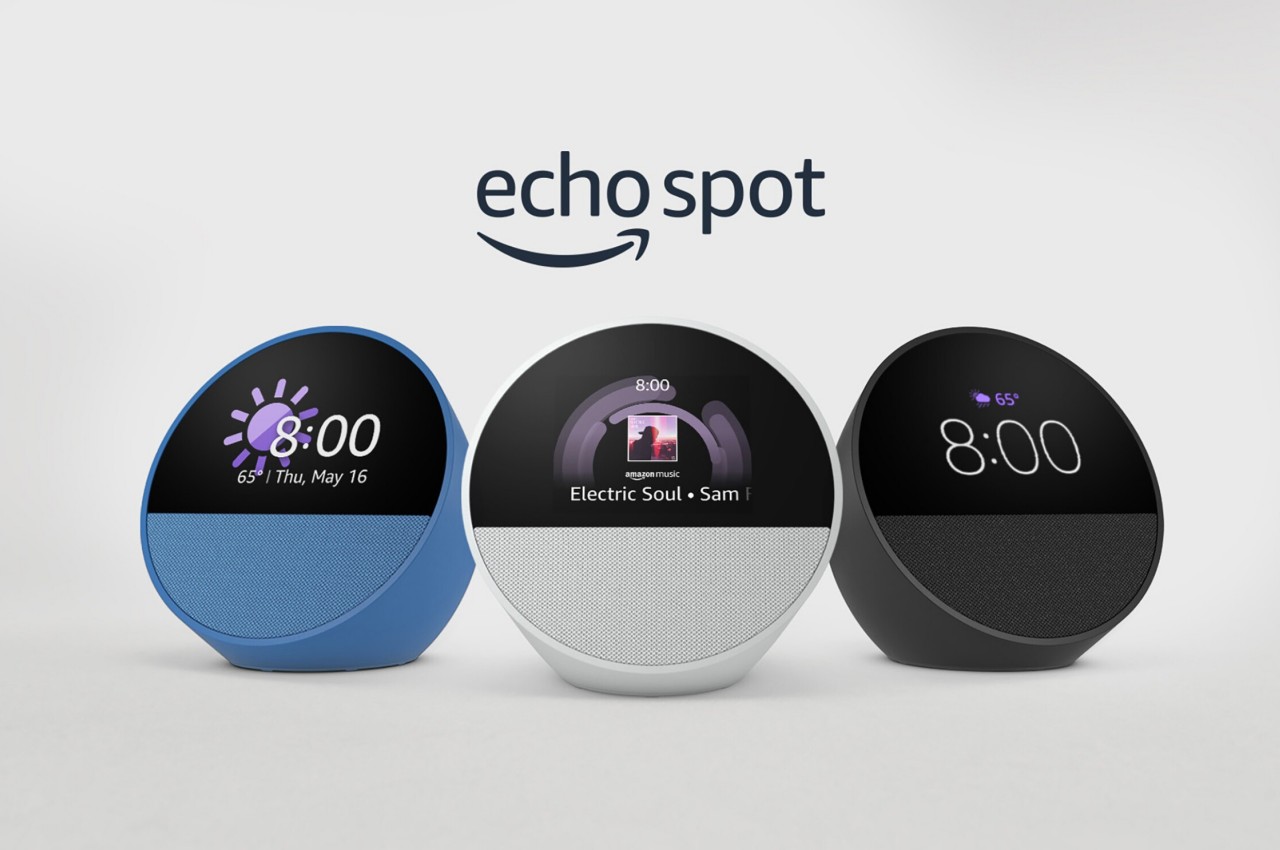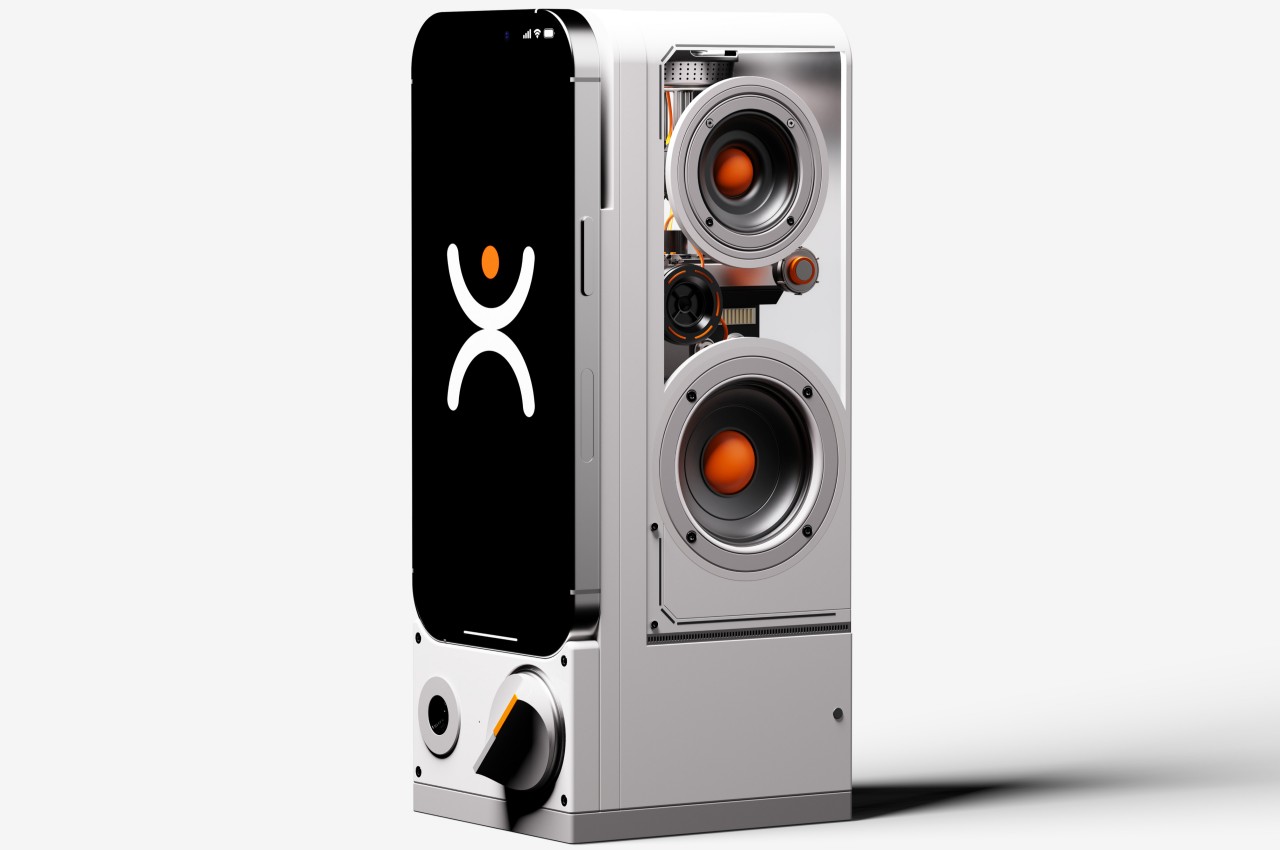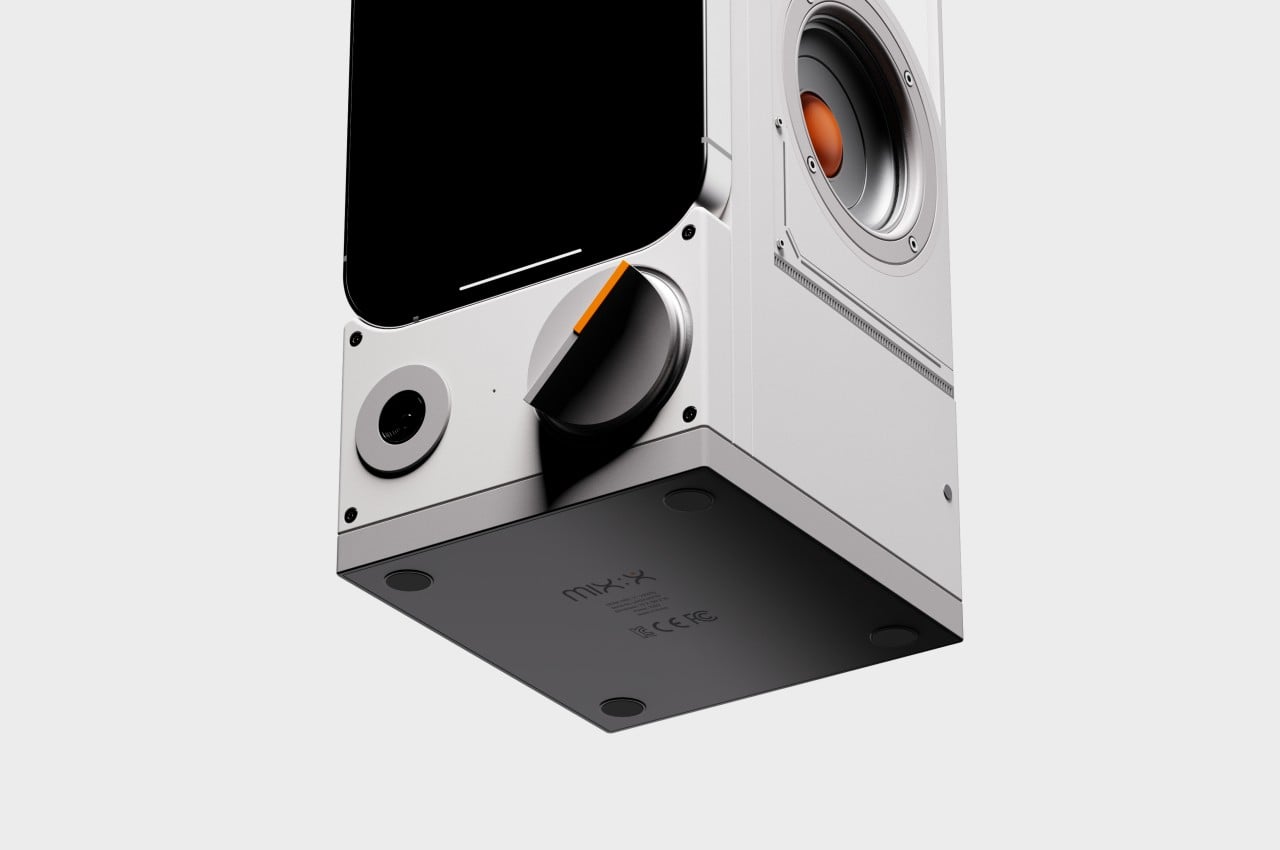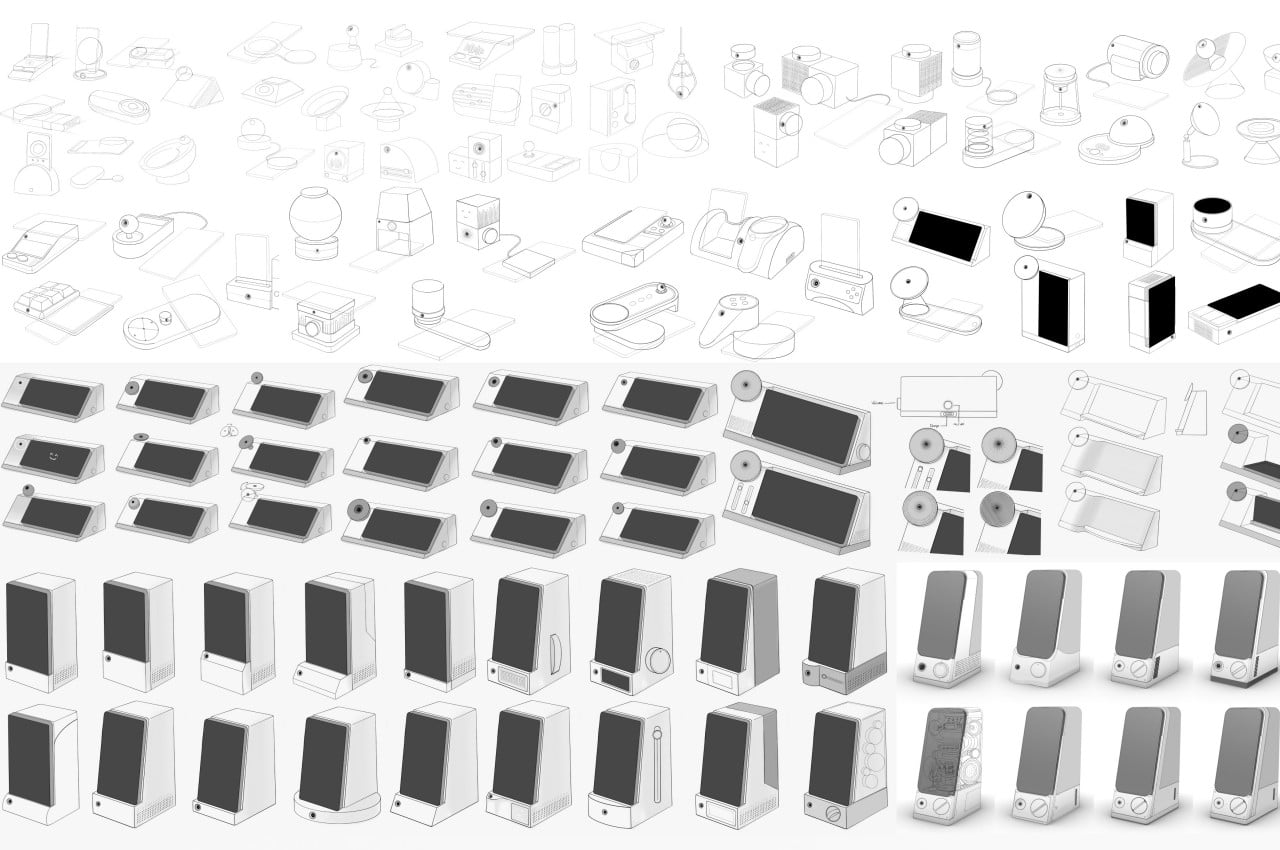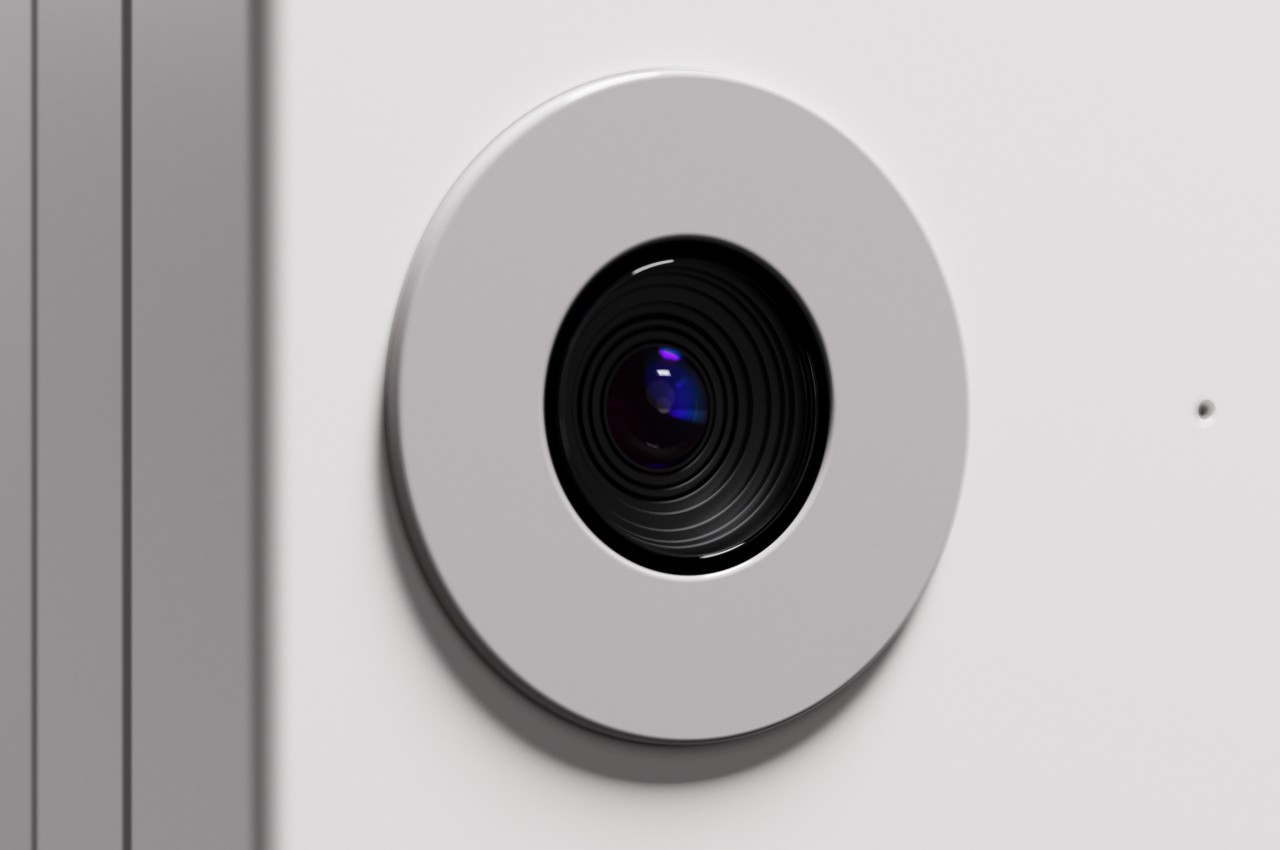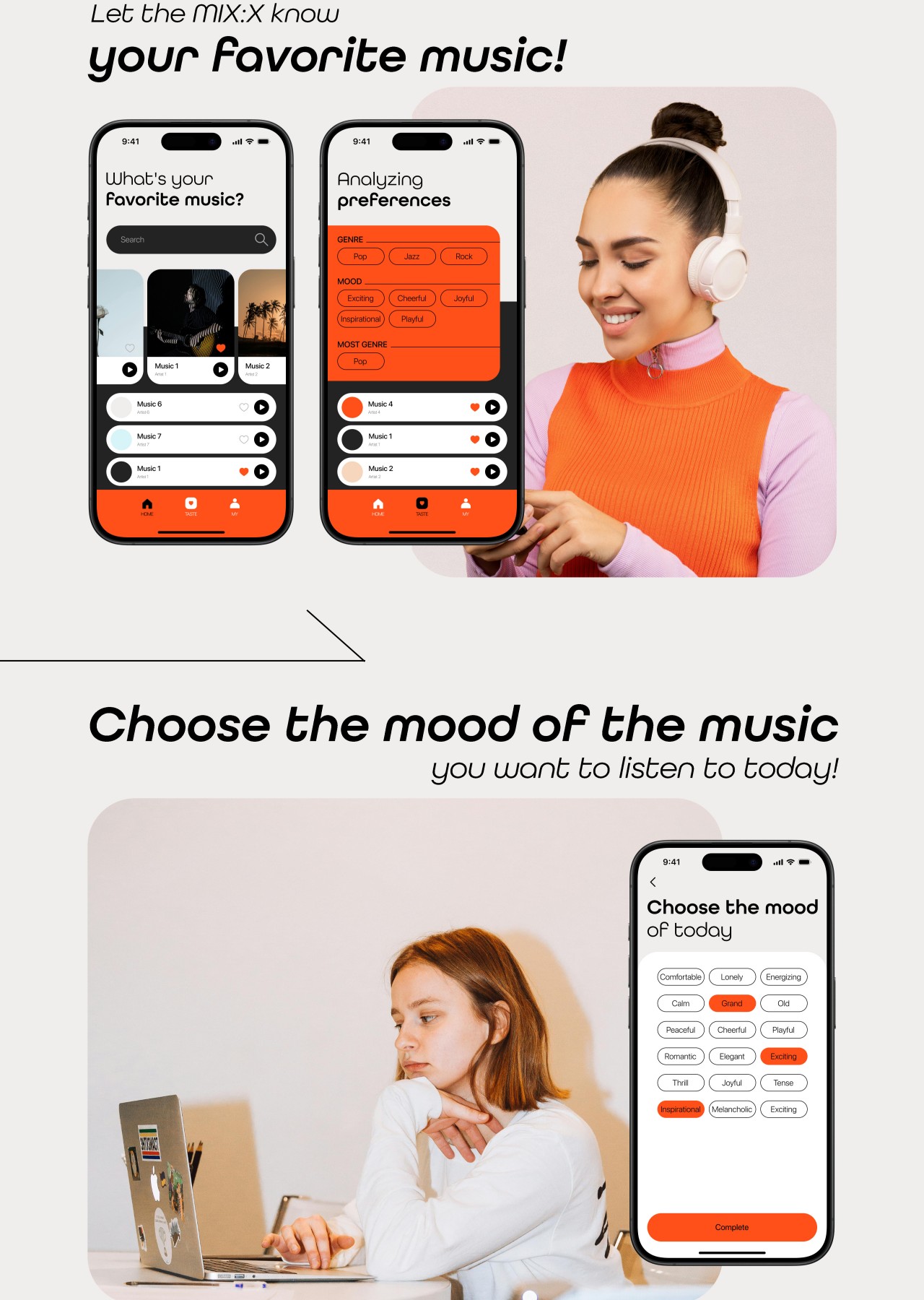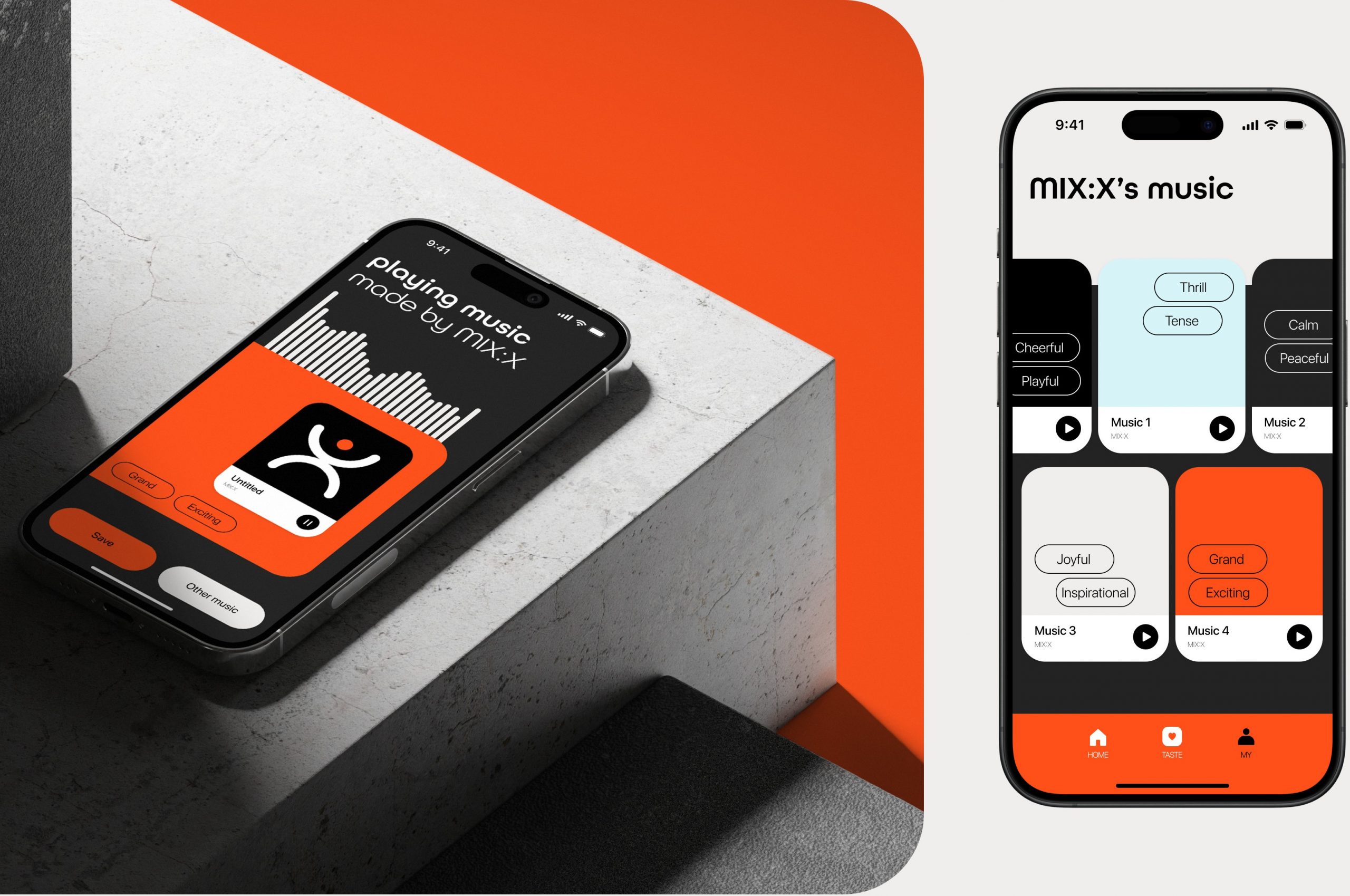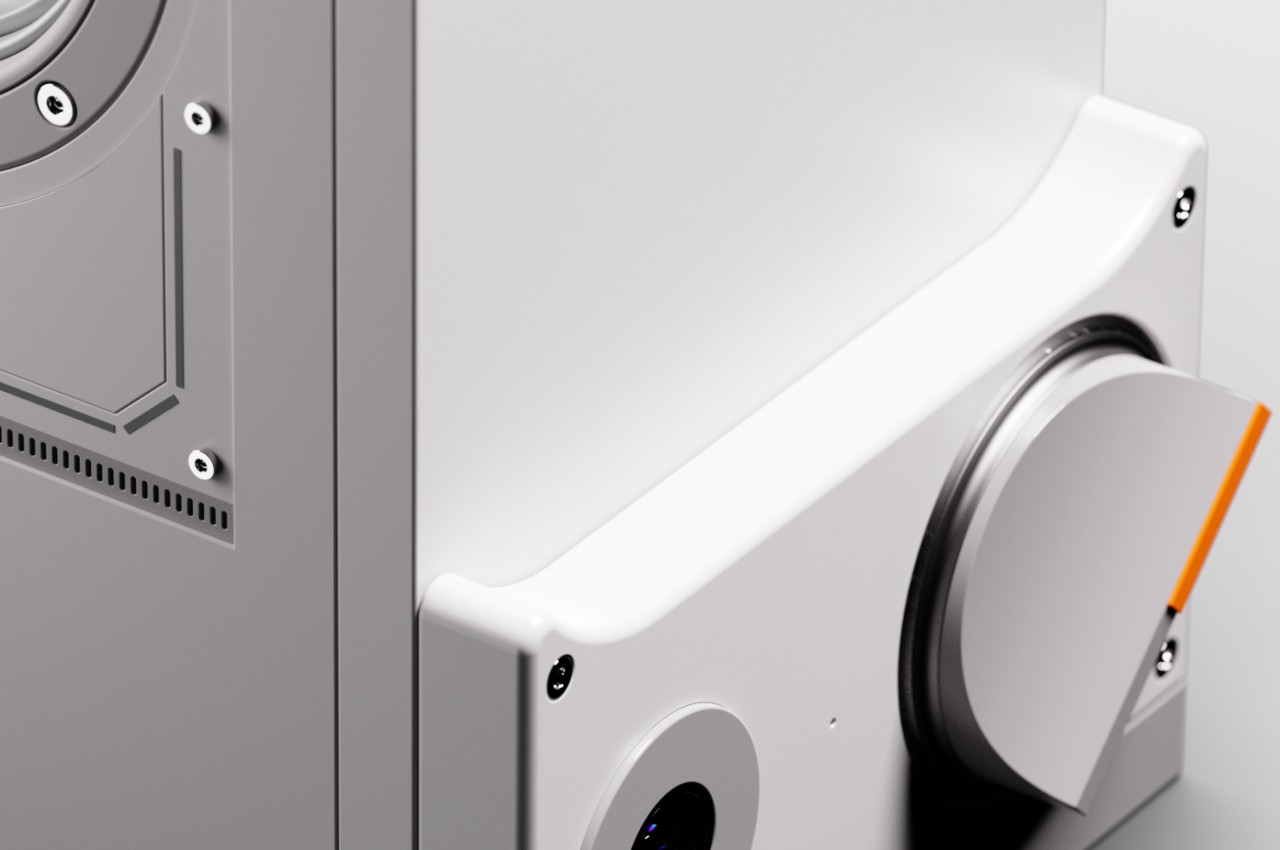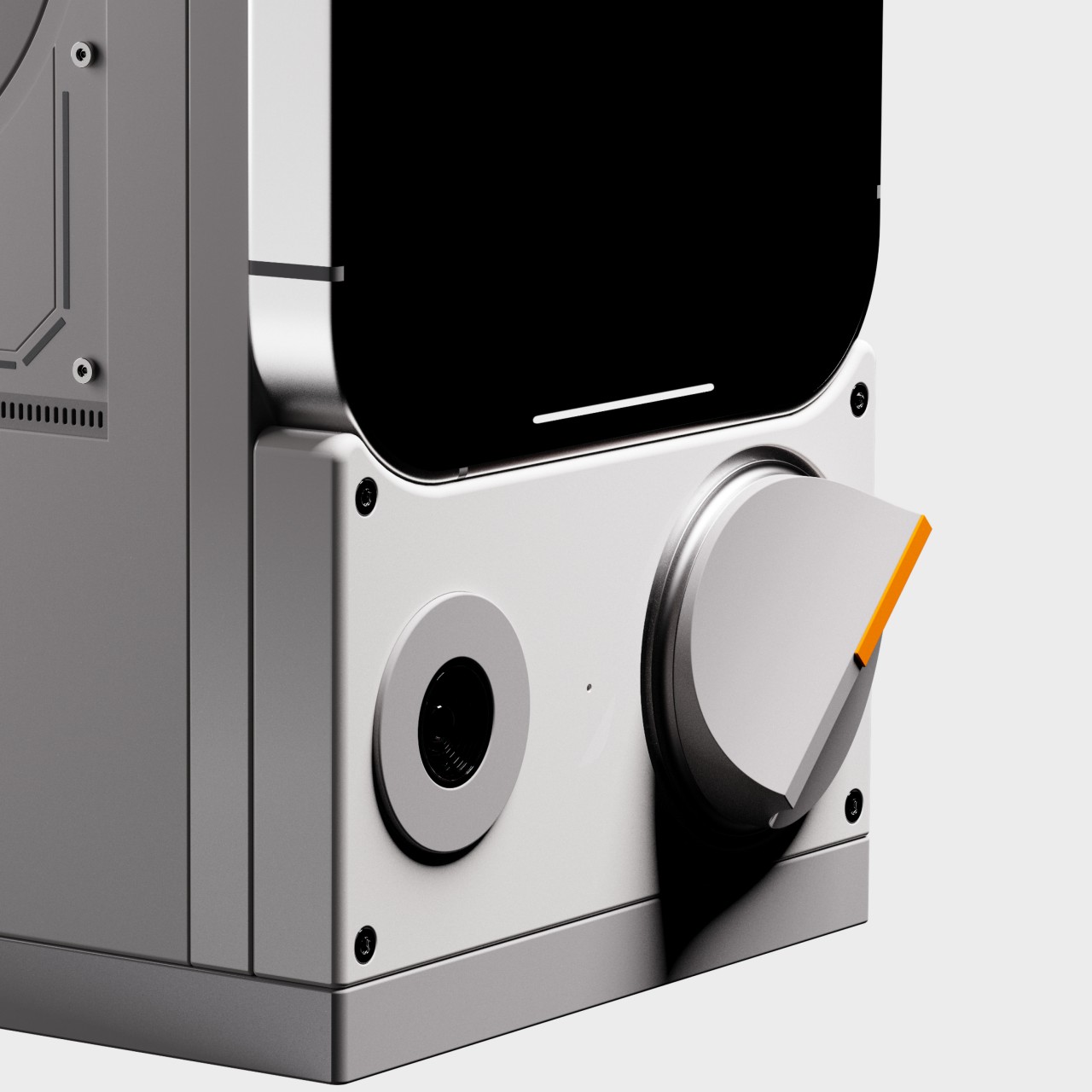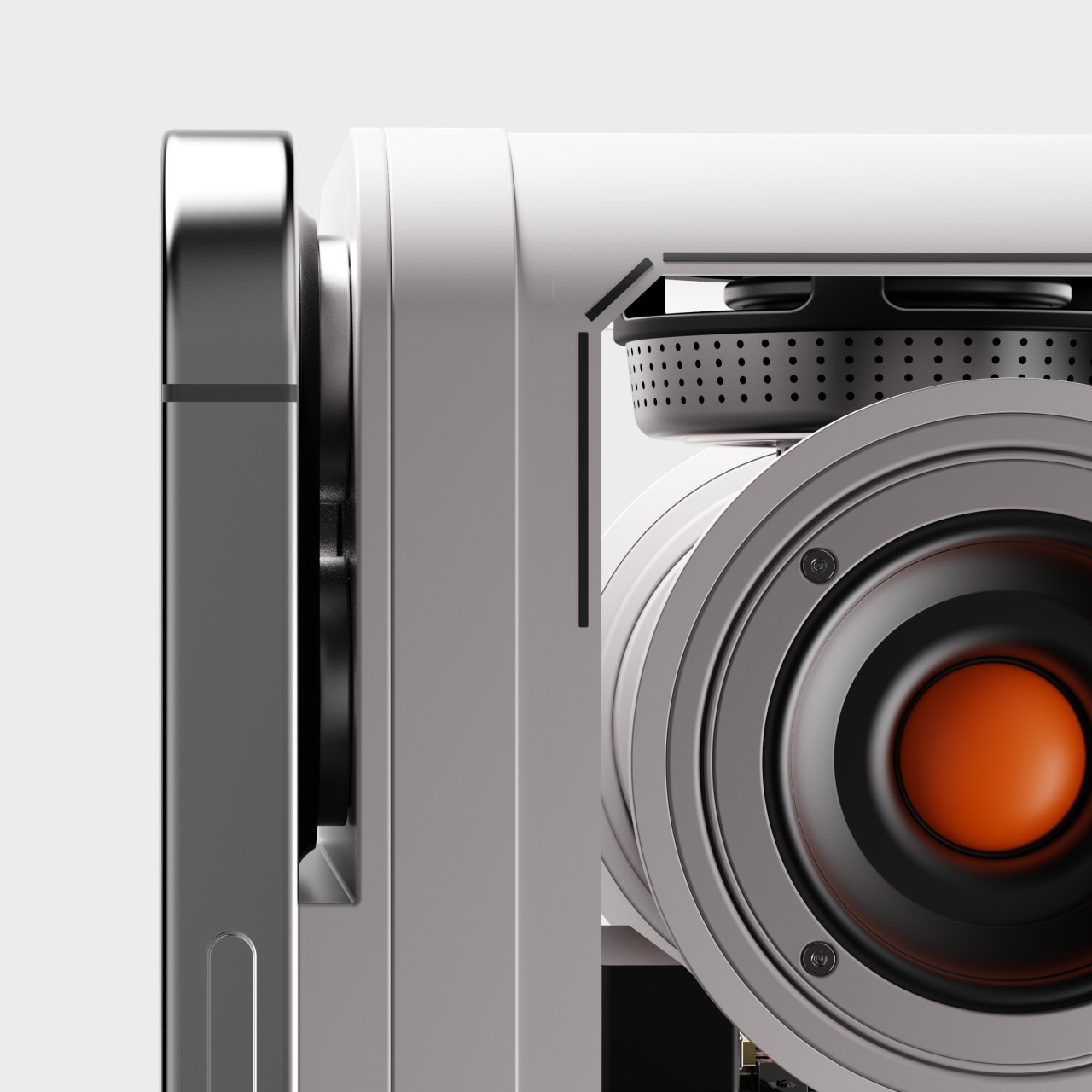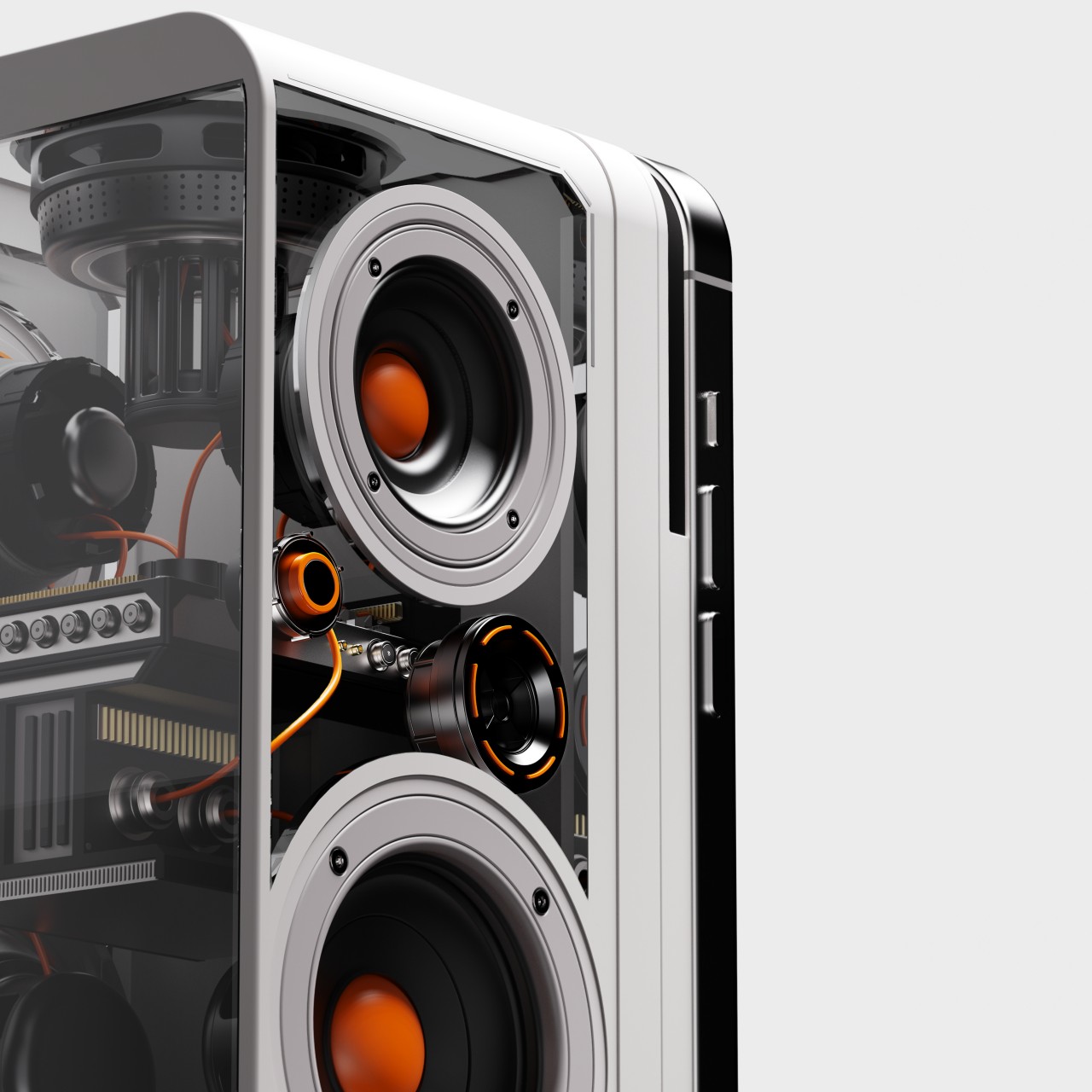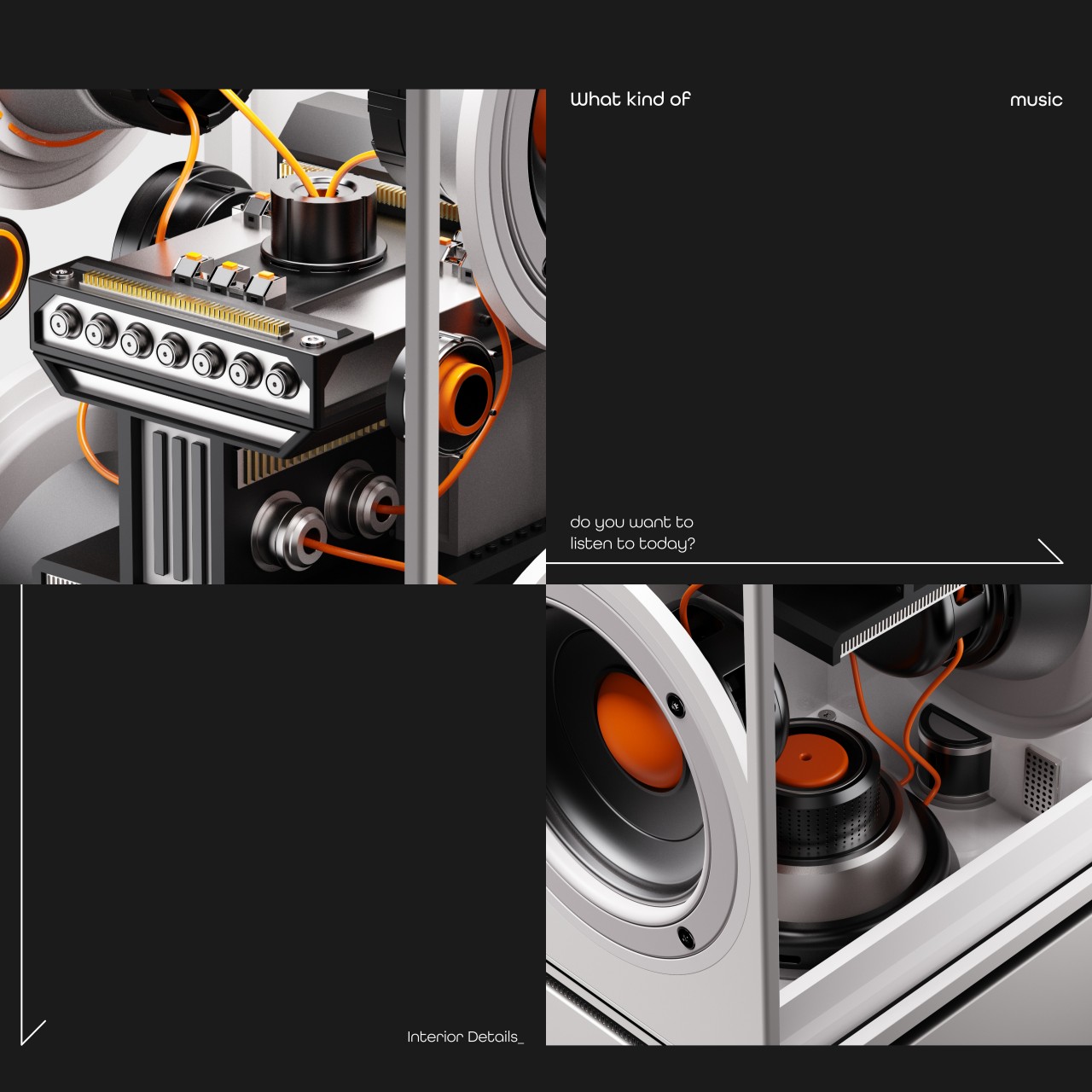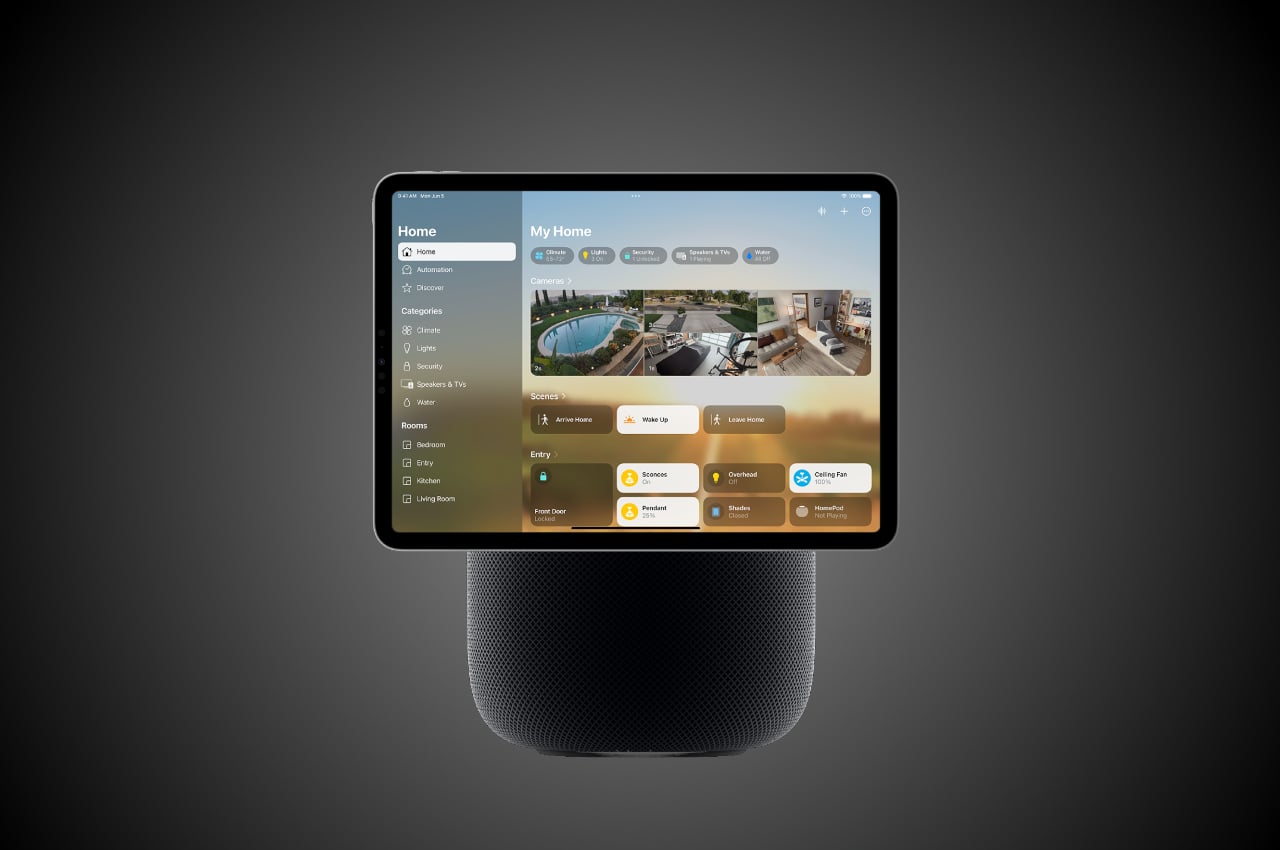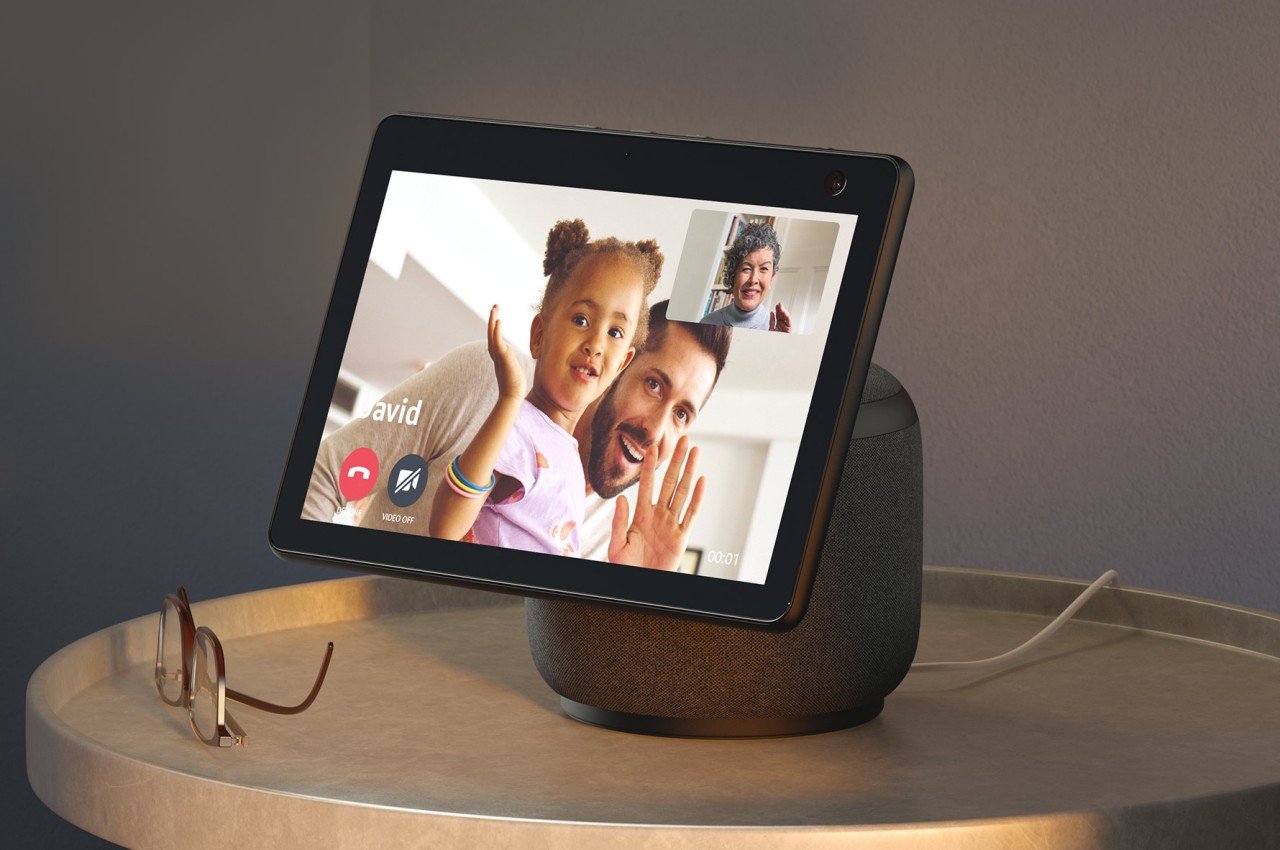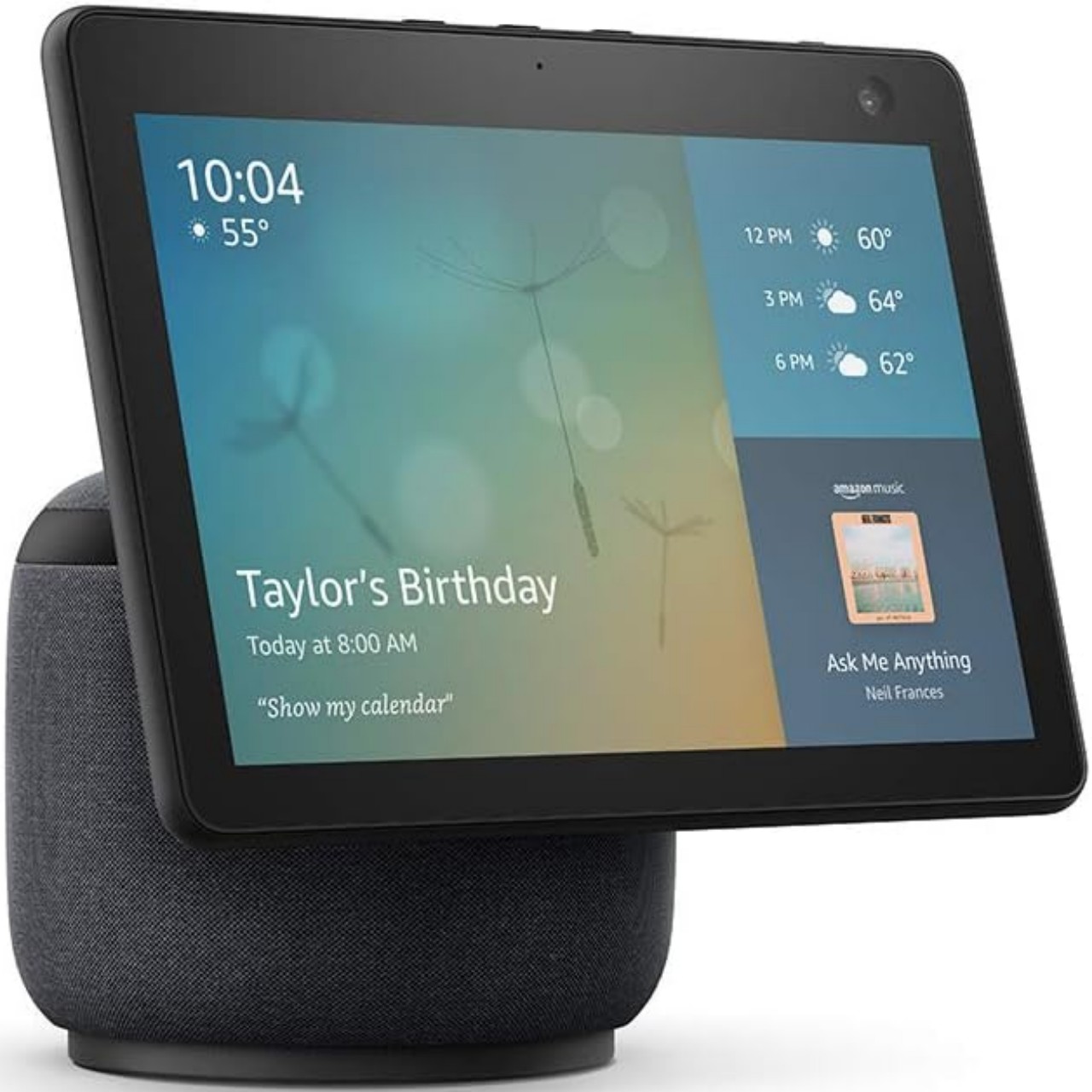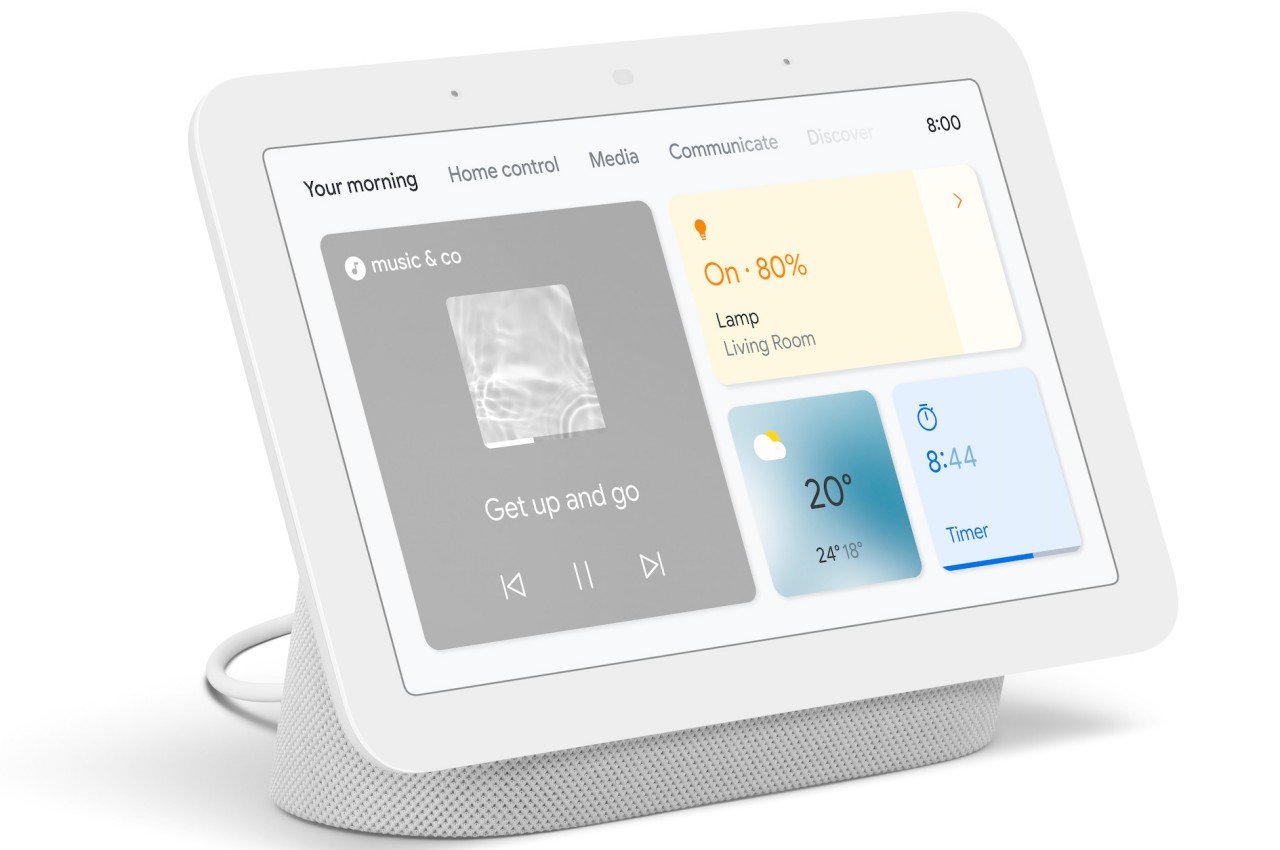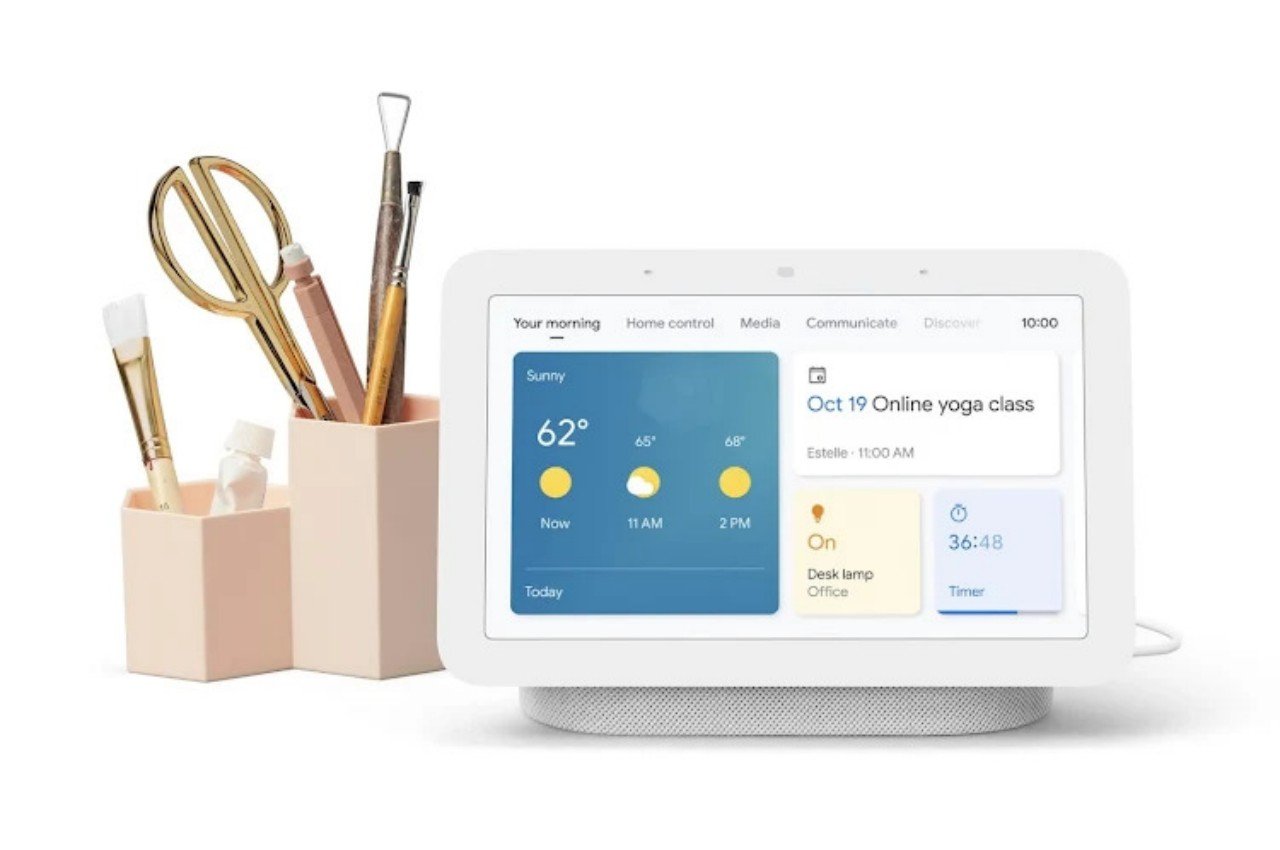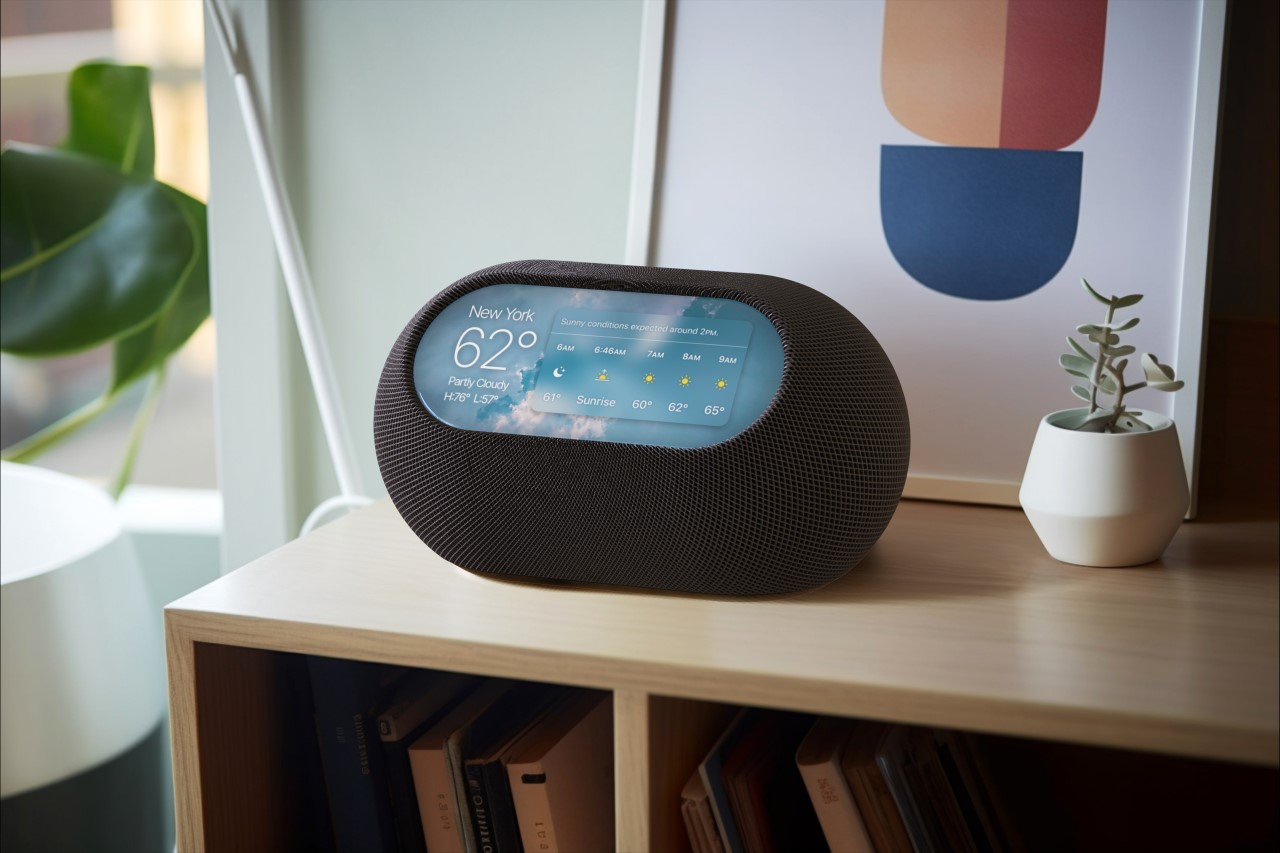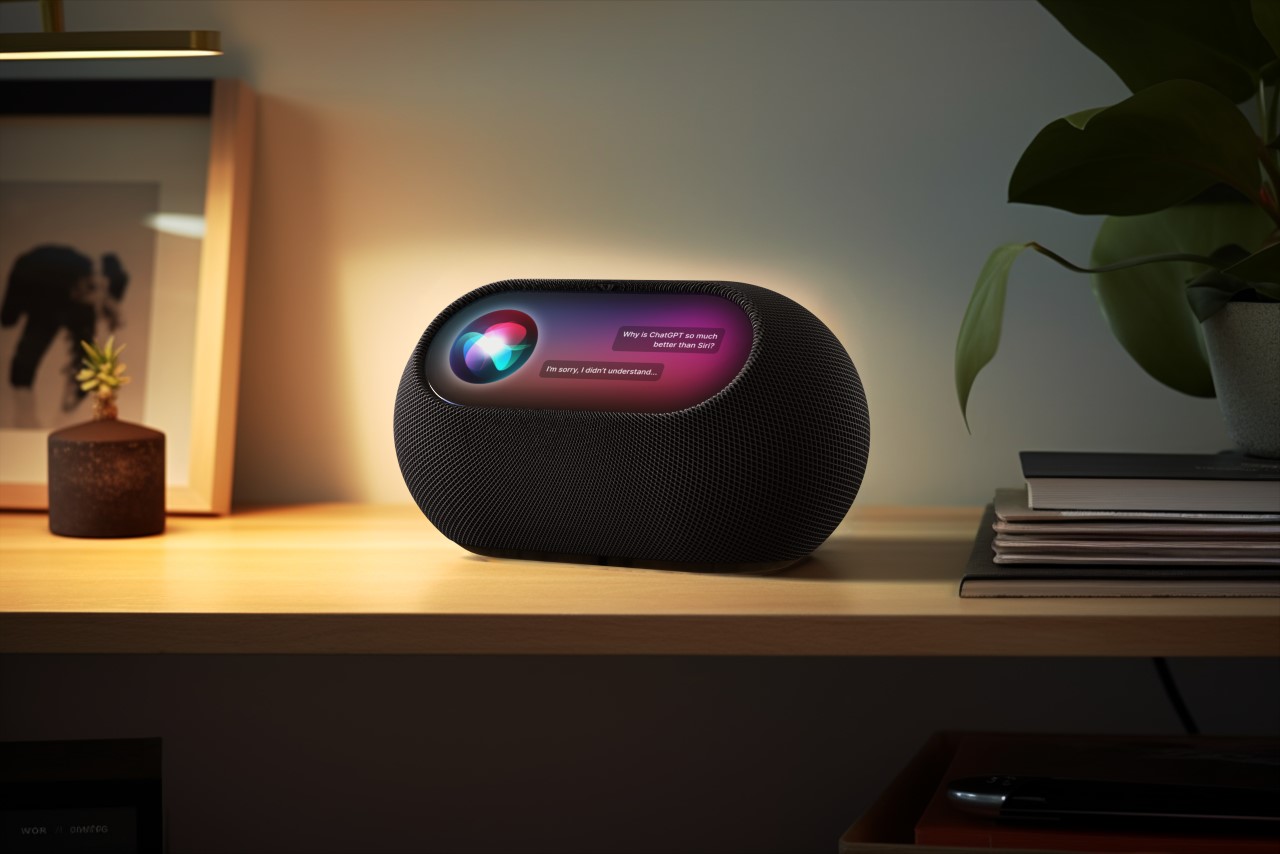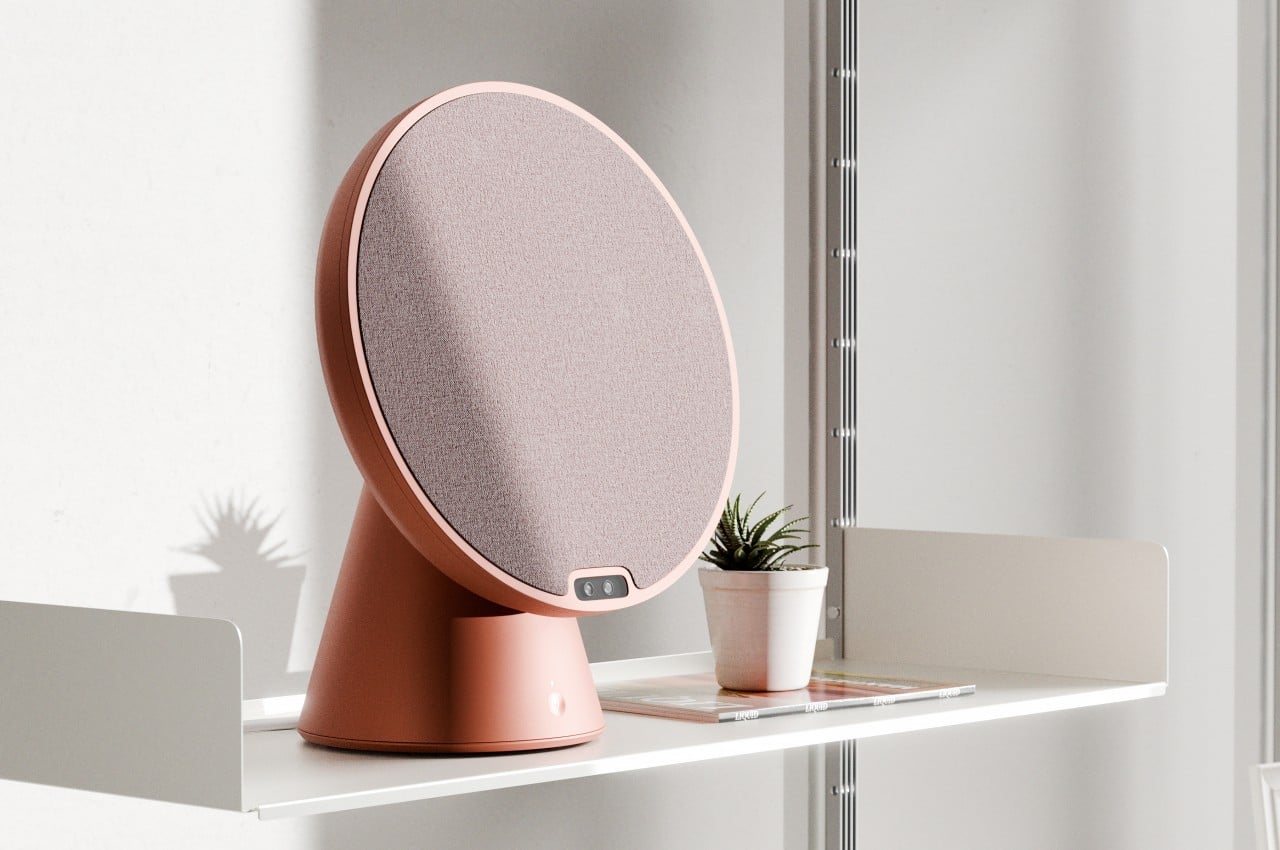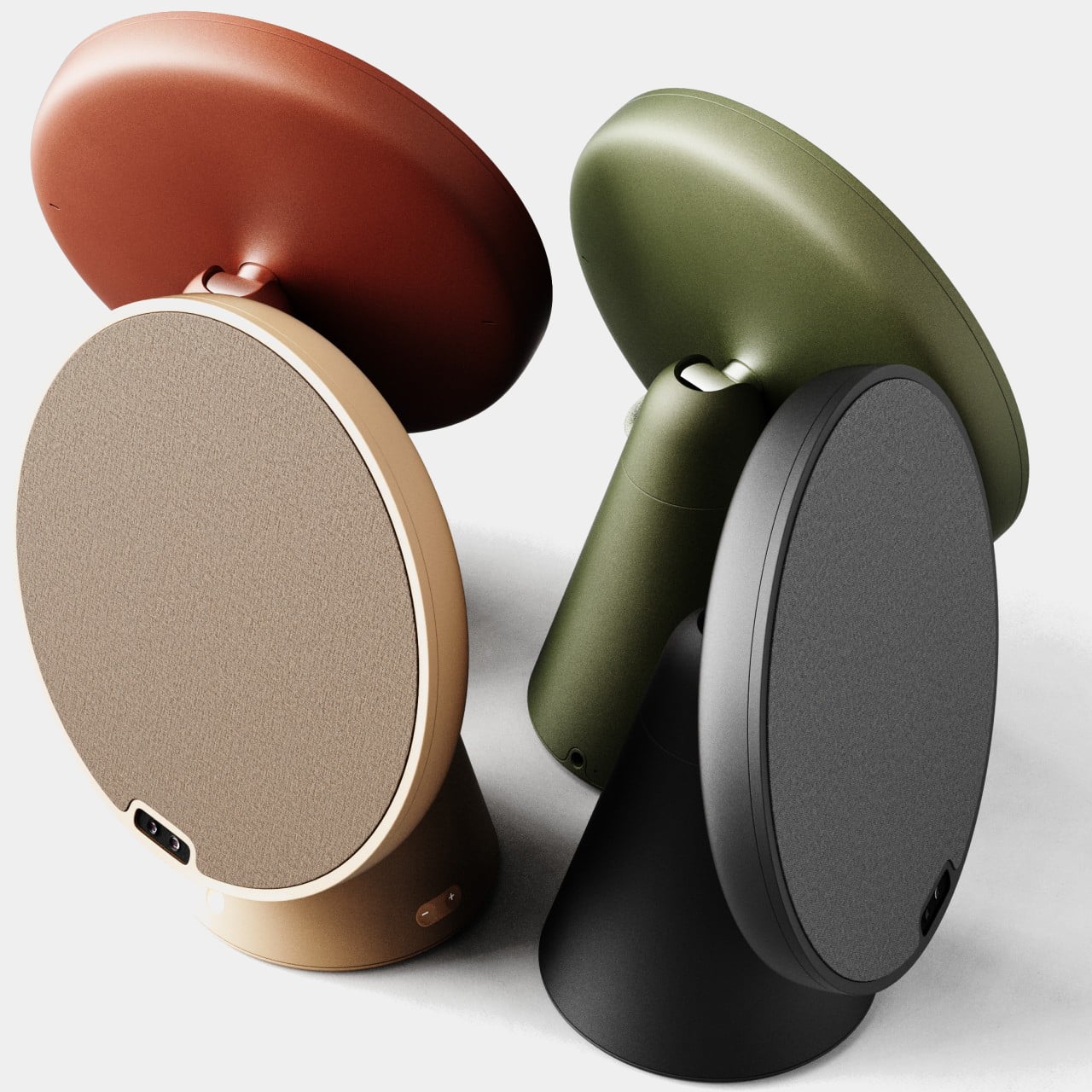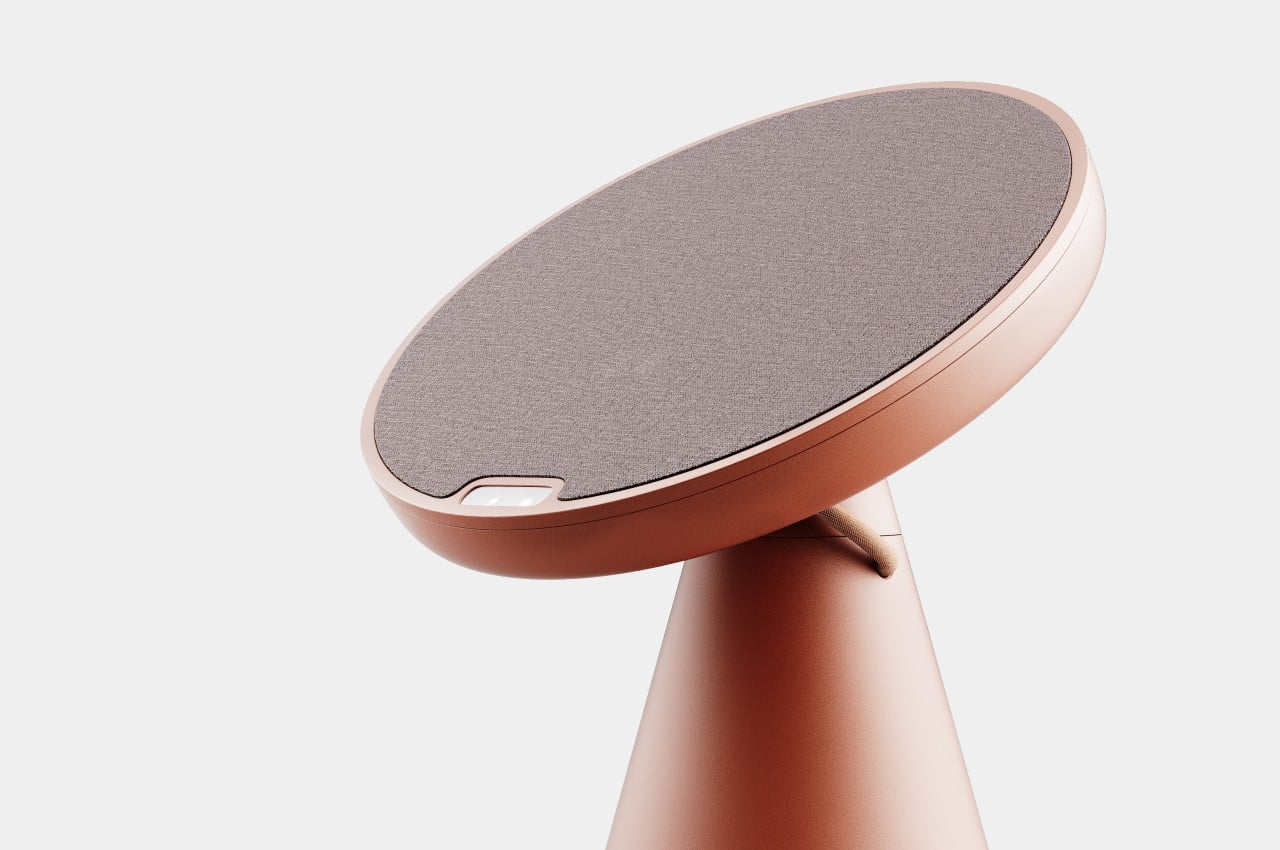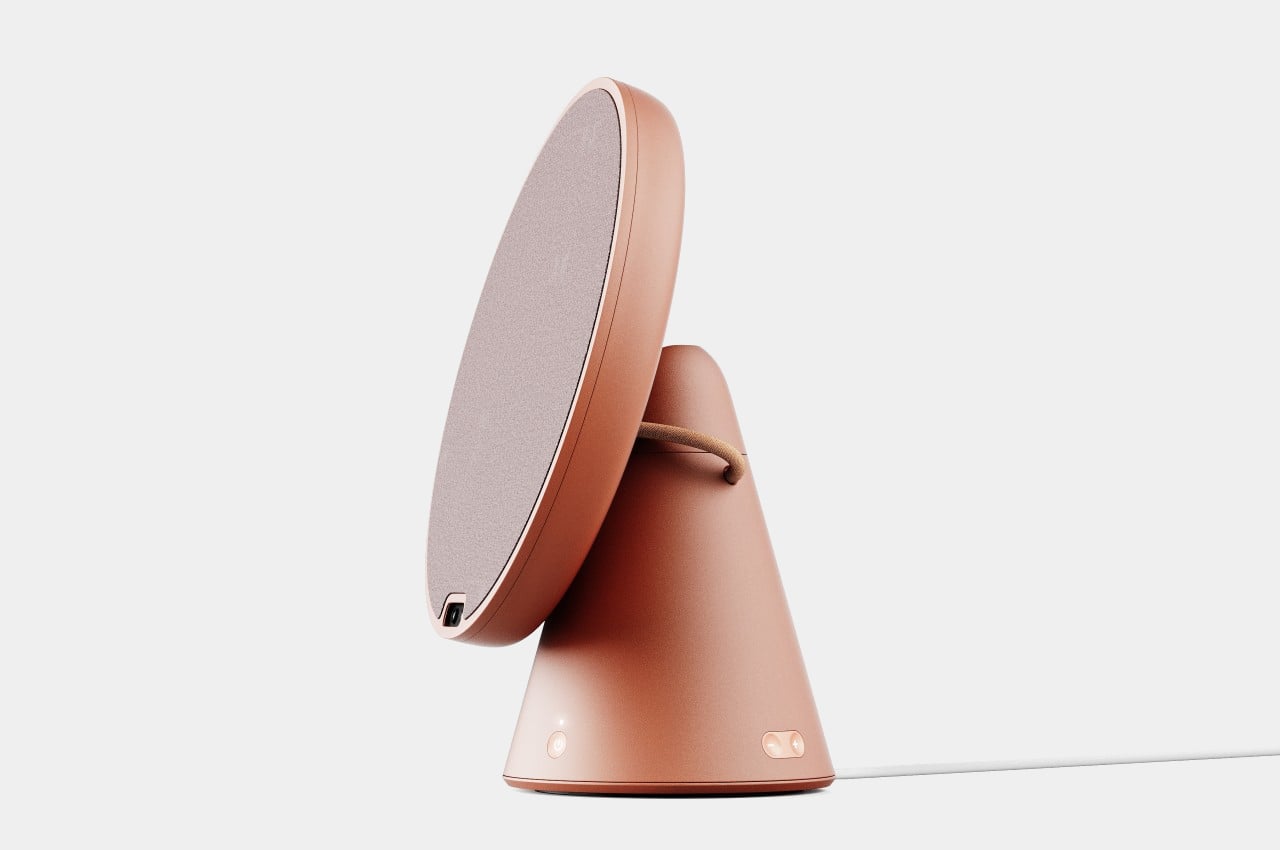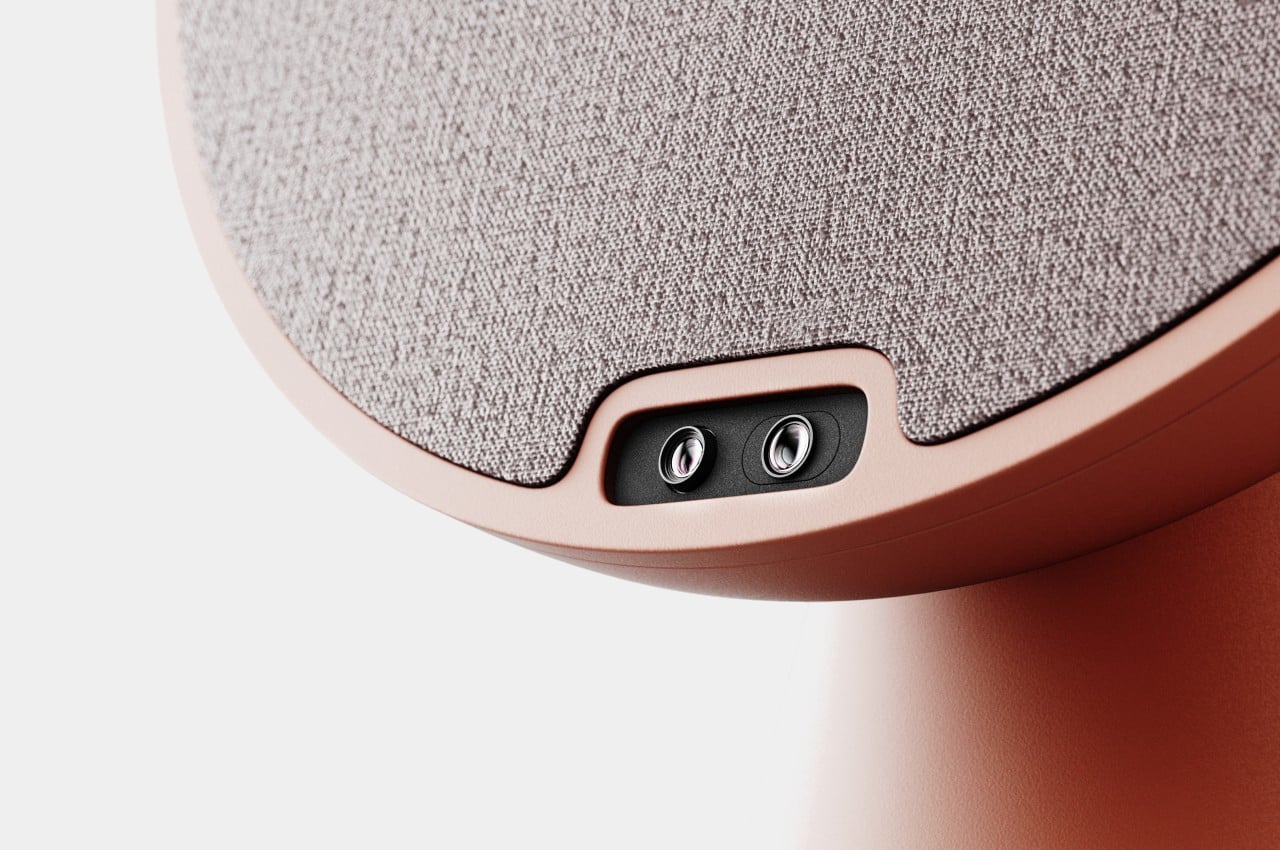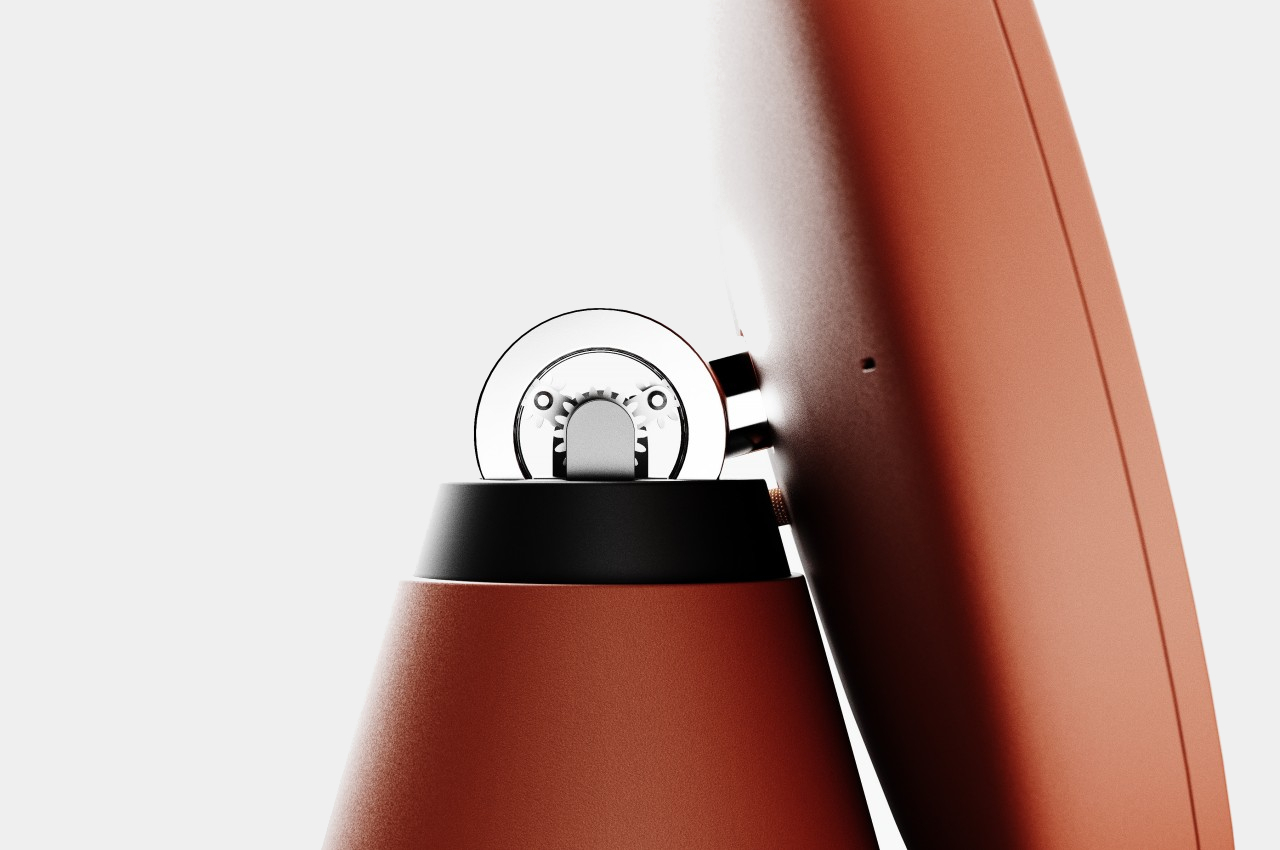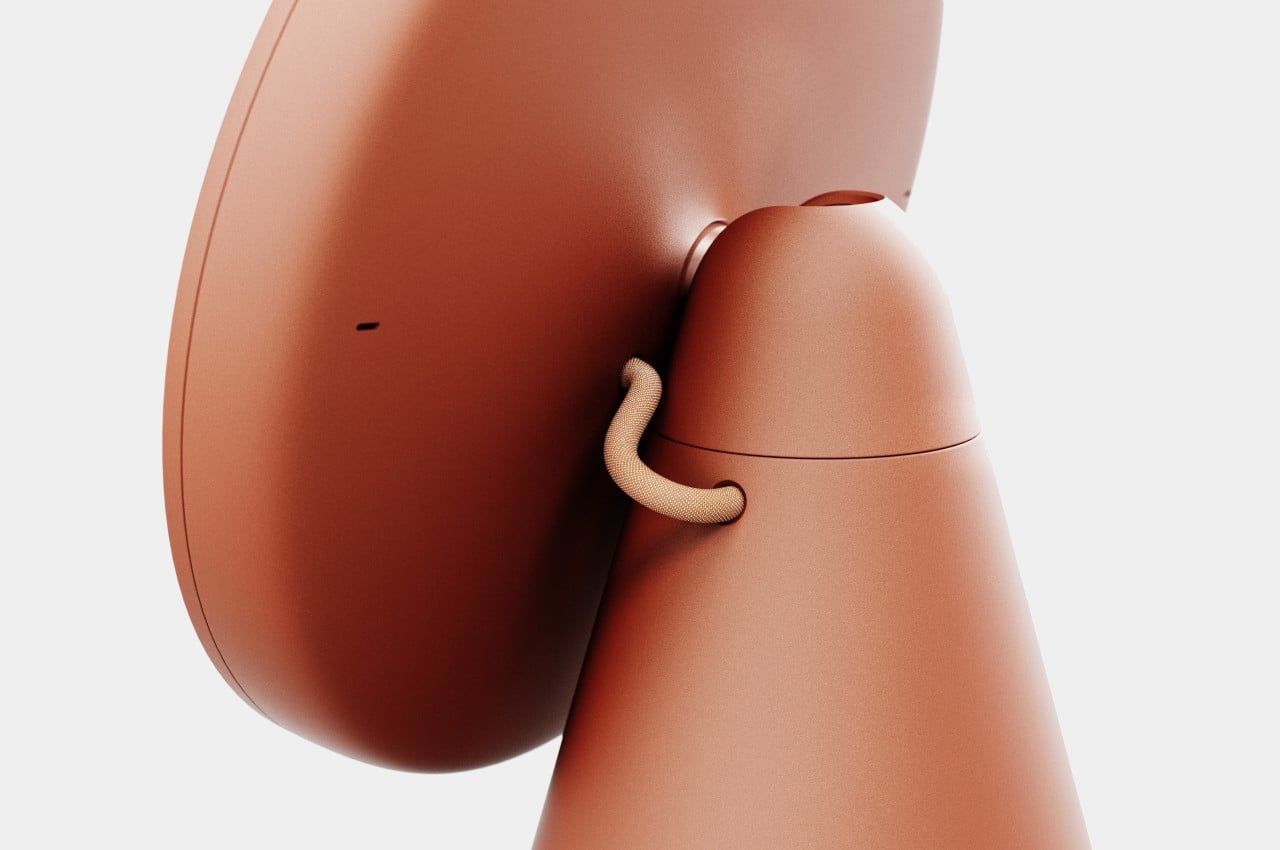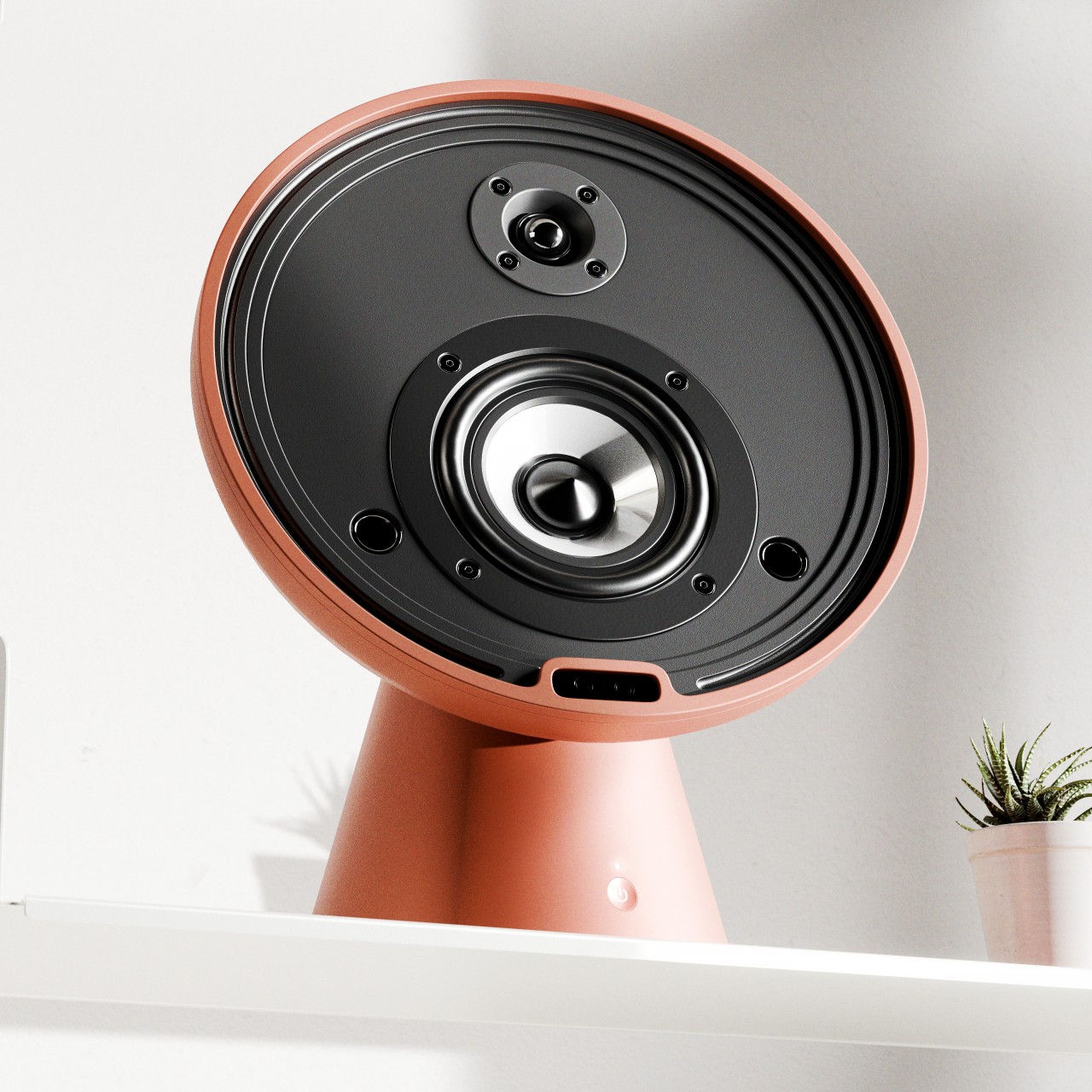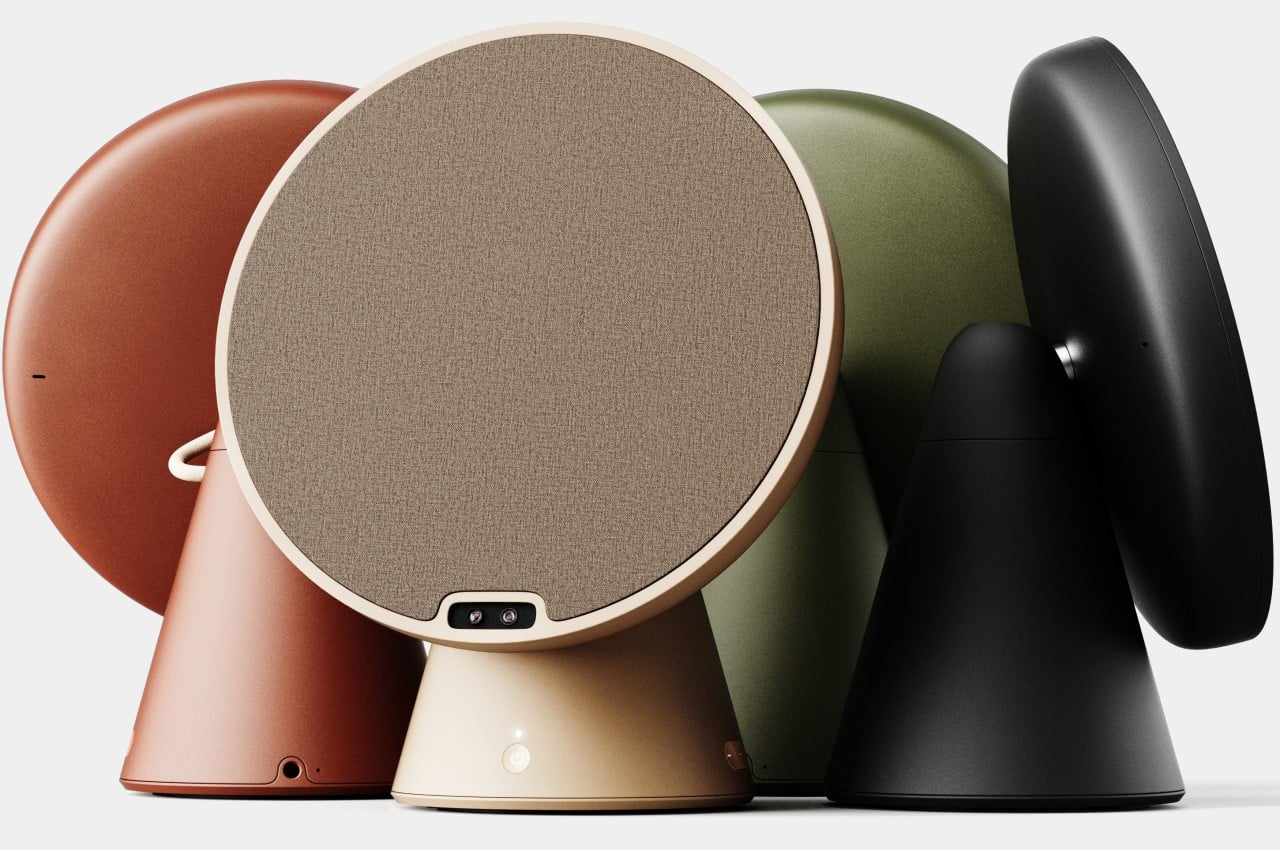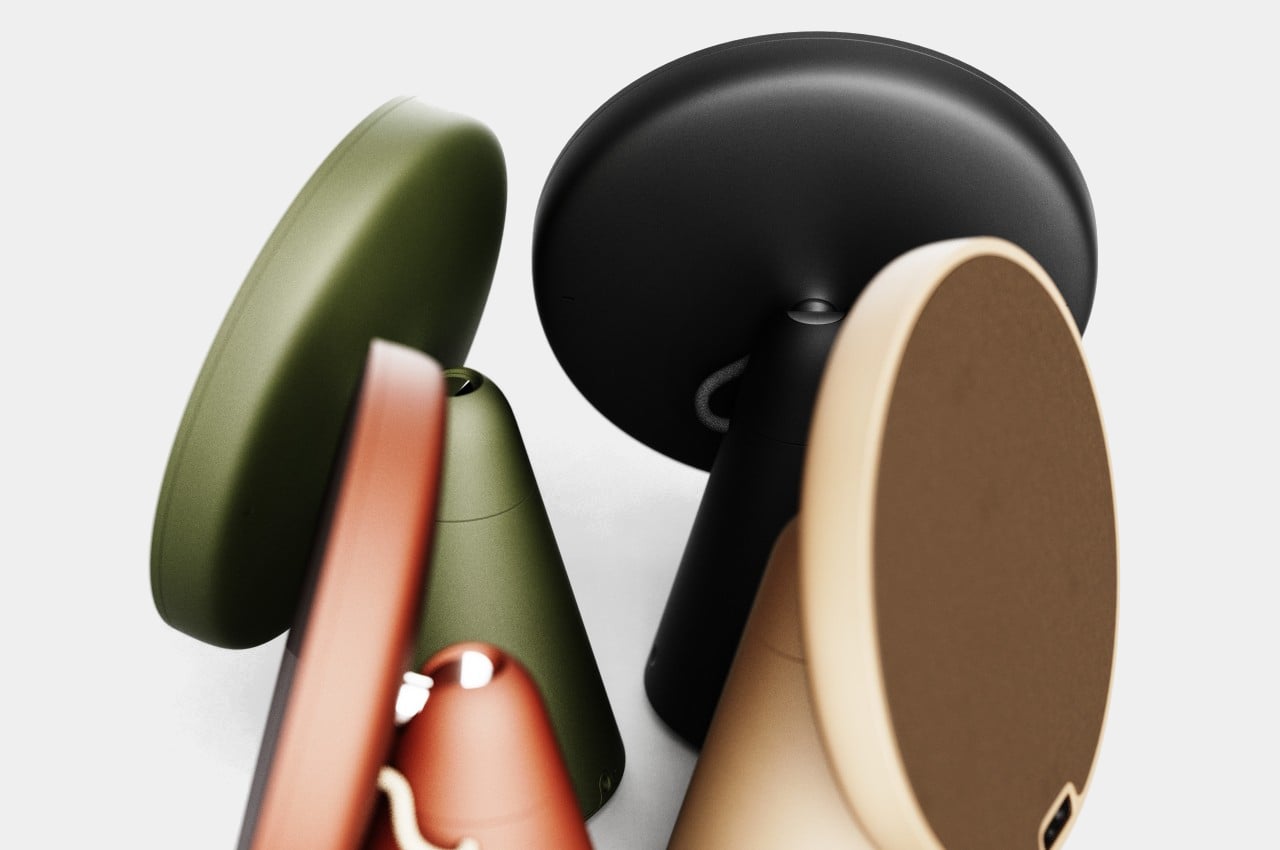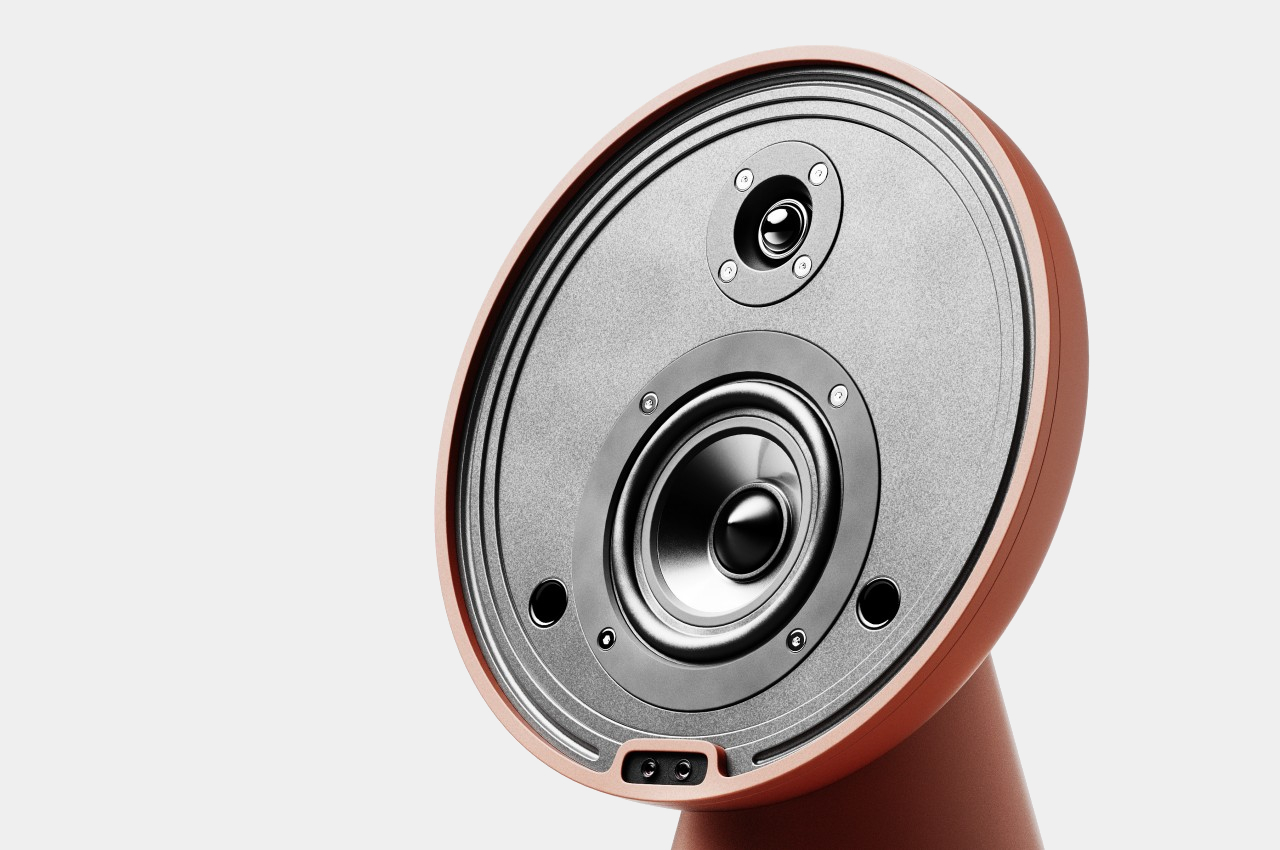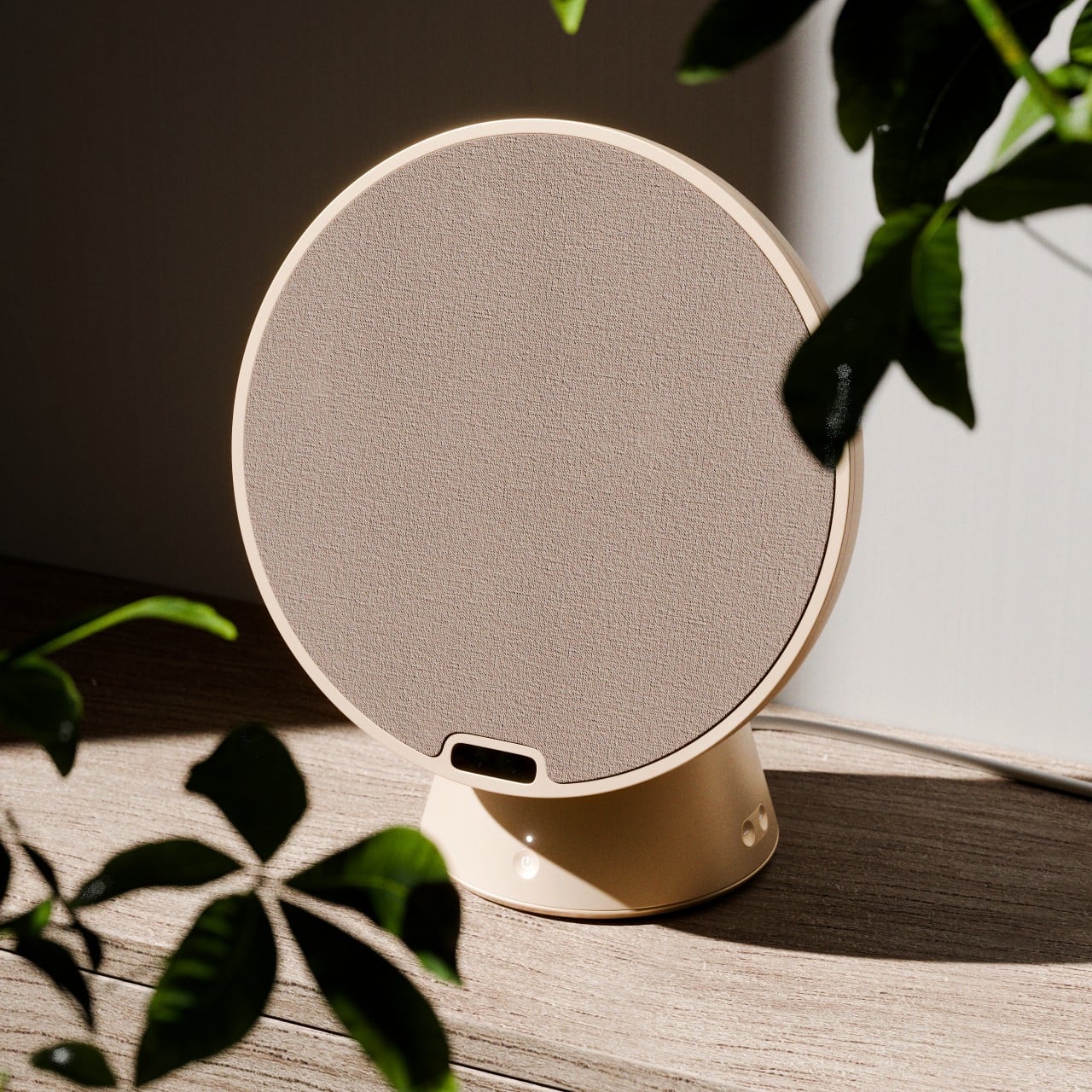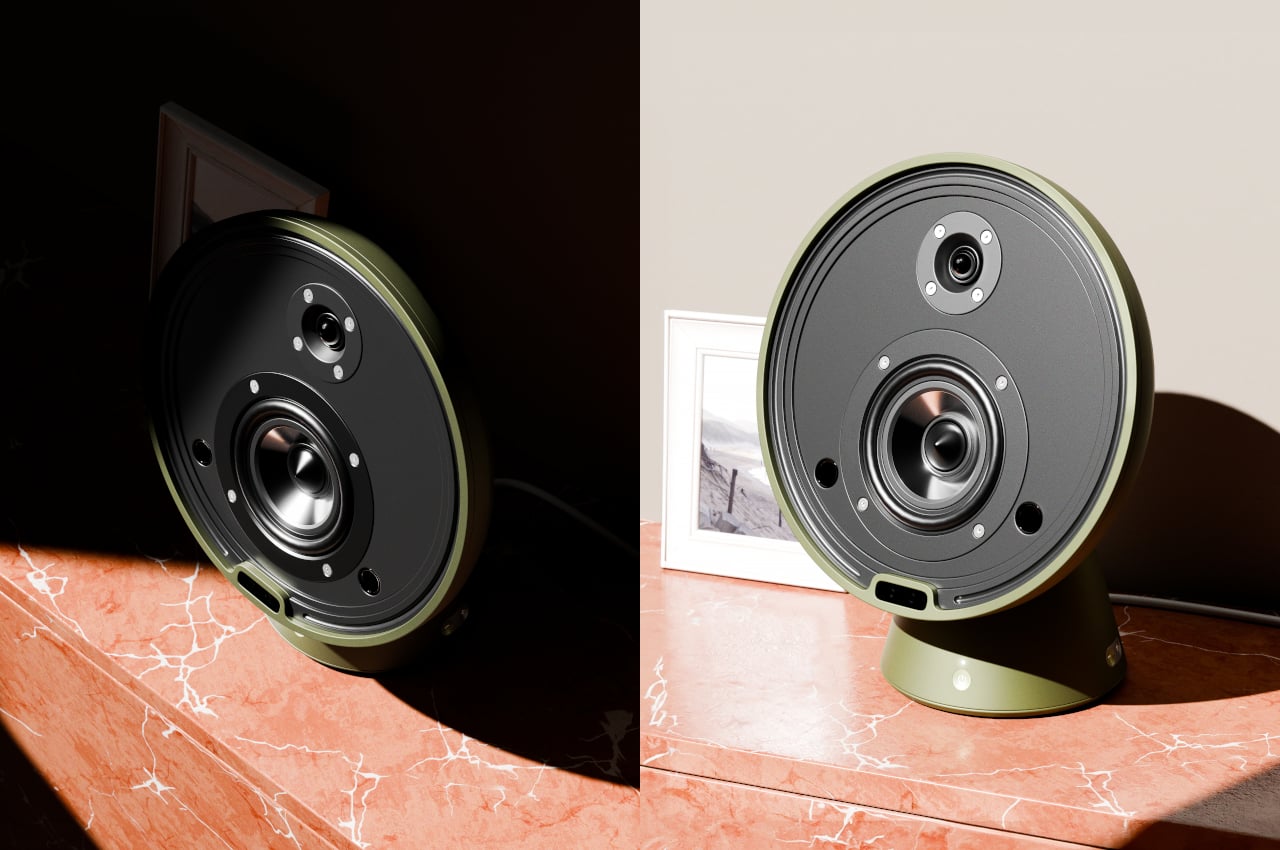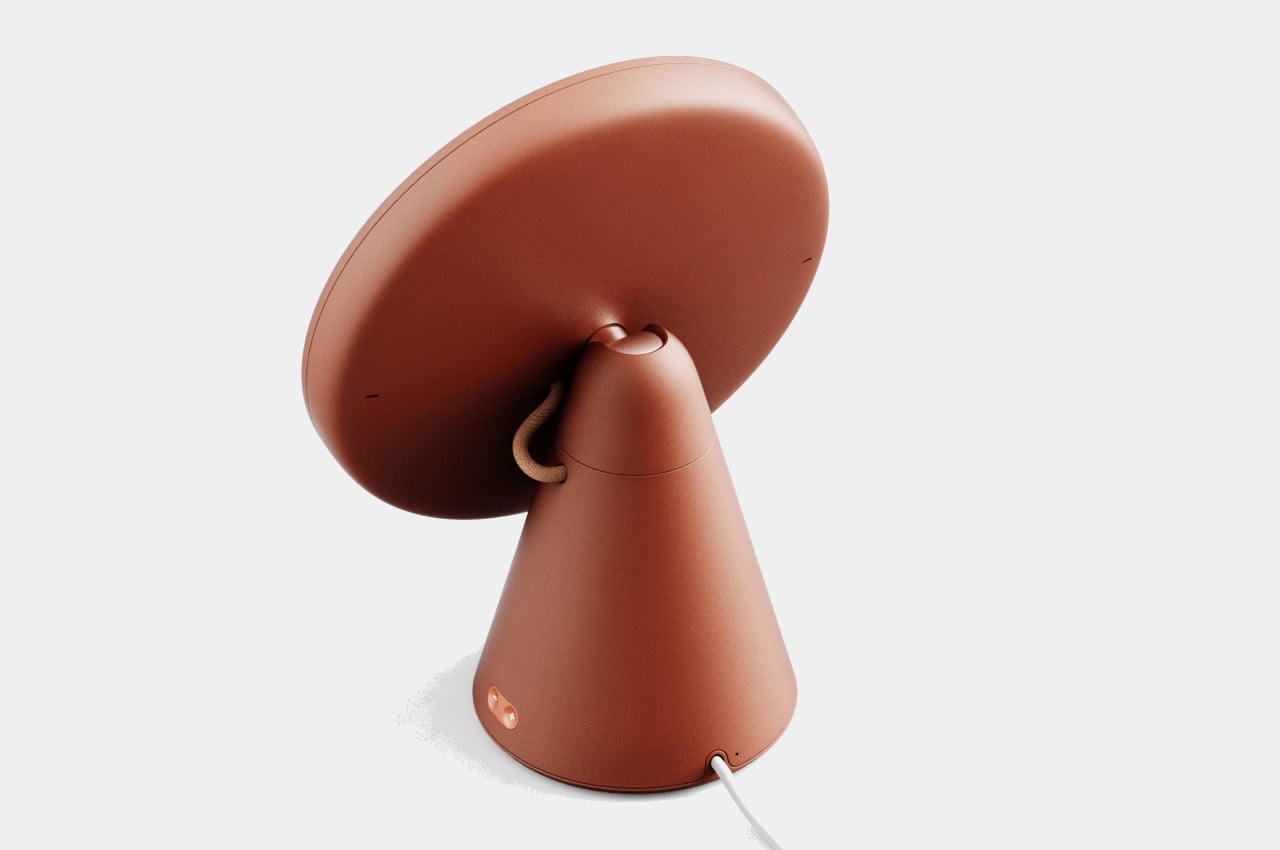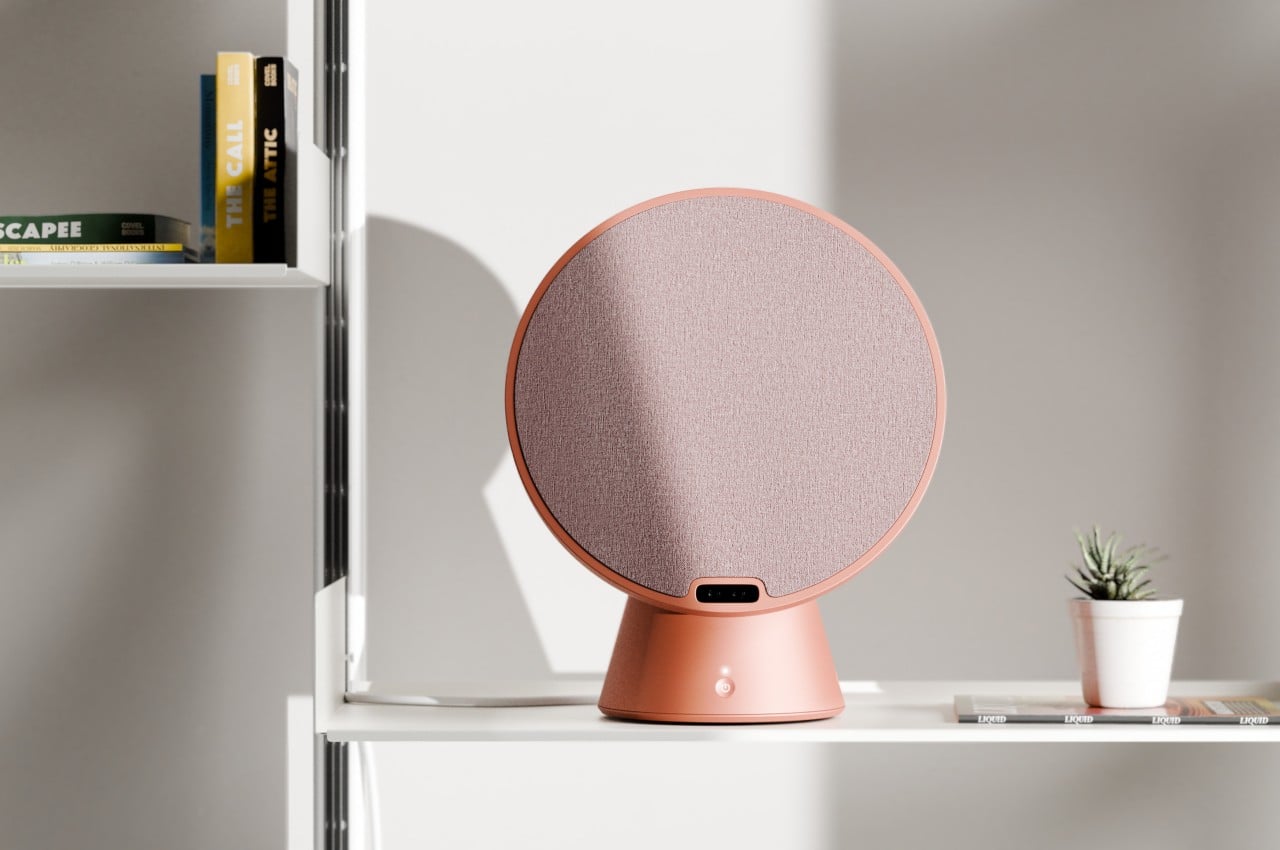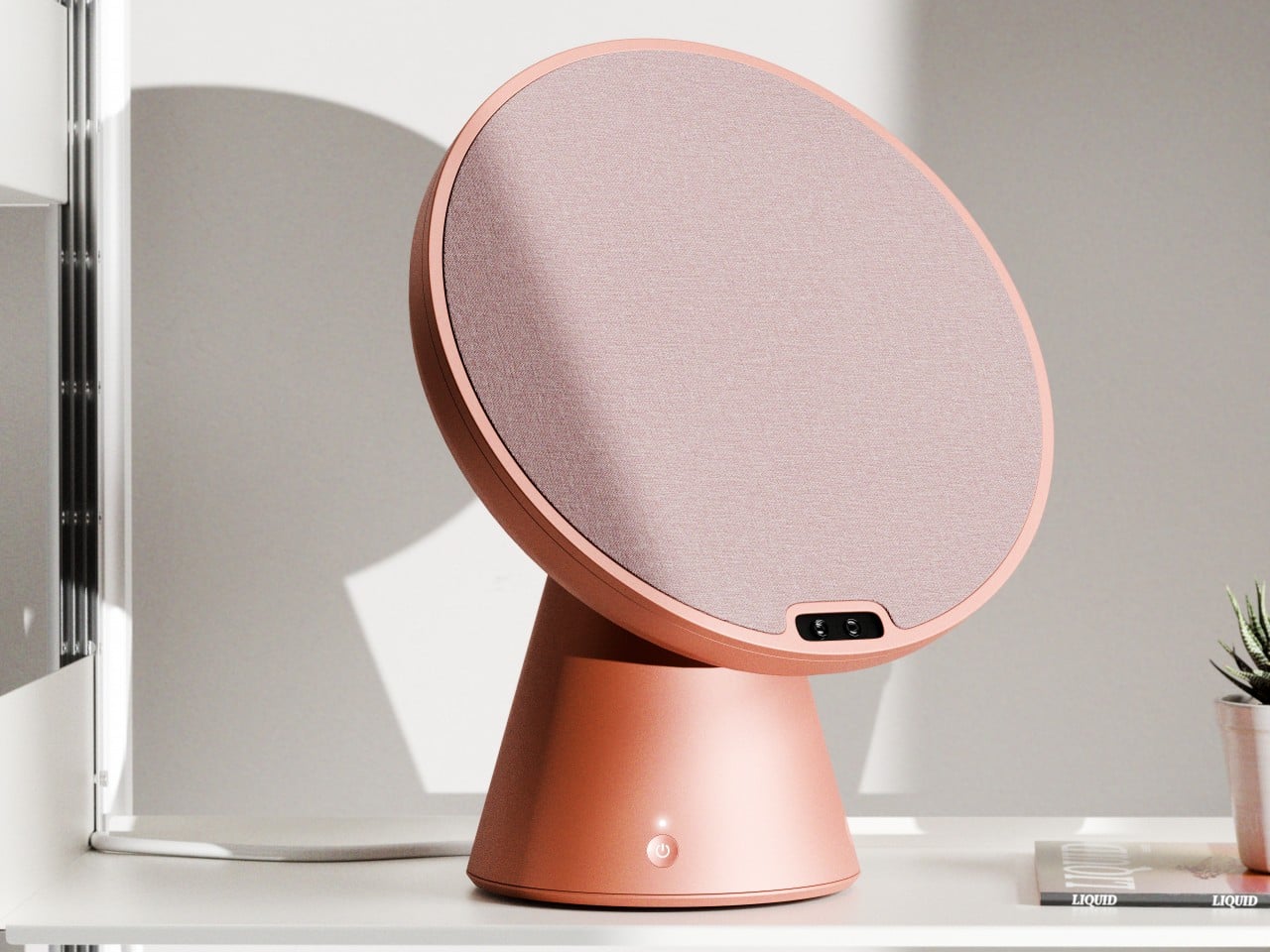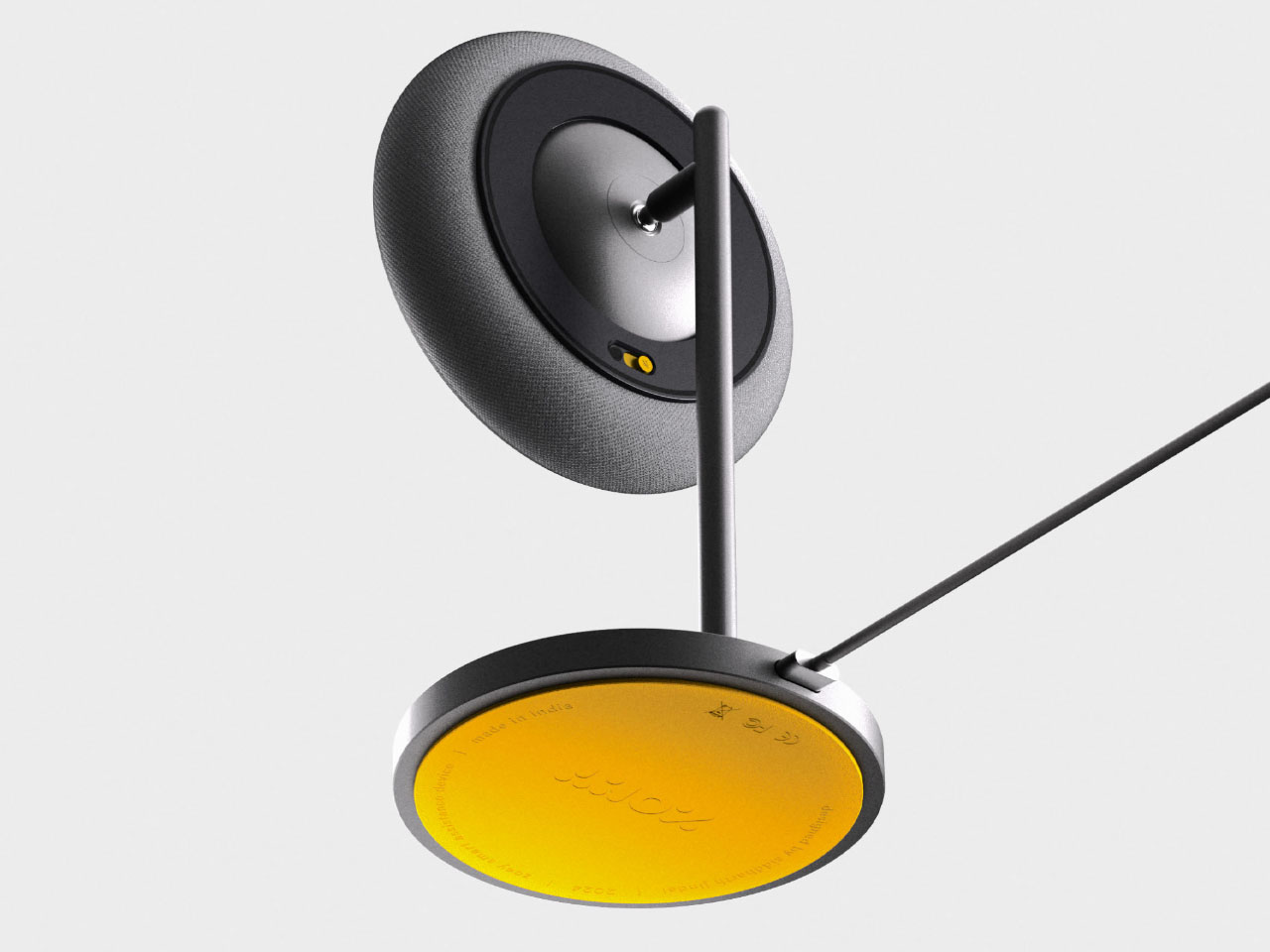
The Zoey smart home assistant concept represents a harmonious blend of aesthetics and elegant design. This smart speaker can be detached from the dock so that you can use it wirelessly. Moreover, you can stick it to any metal surface as it comes with high-grade magnets on the back. At its core, Zoey is designed to be user-friendly, featuring intuitive voice recognition capabilities that make interaction effortless.
The sleek form factor, with its smooth curves and premium materials, invites users to engage with it regularly. Unlike traditional speakers, which can often be bulky or unattractive, Zoey’s design philosophy emphasizes minimalism and sophistication, ensuring it complements rather than disrupts a desk’s visual harmony.
Designer: Siddharth Jindal
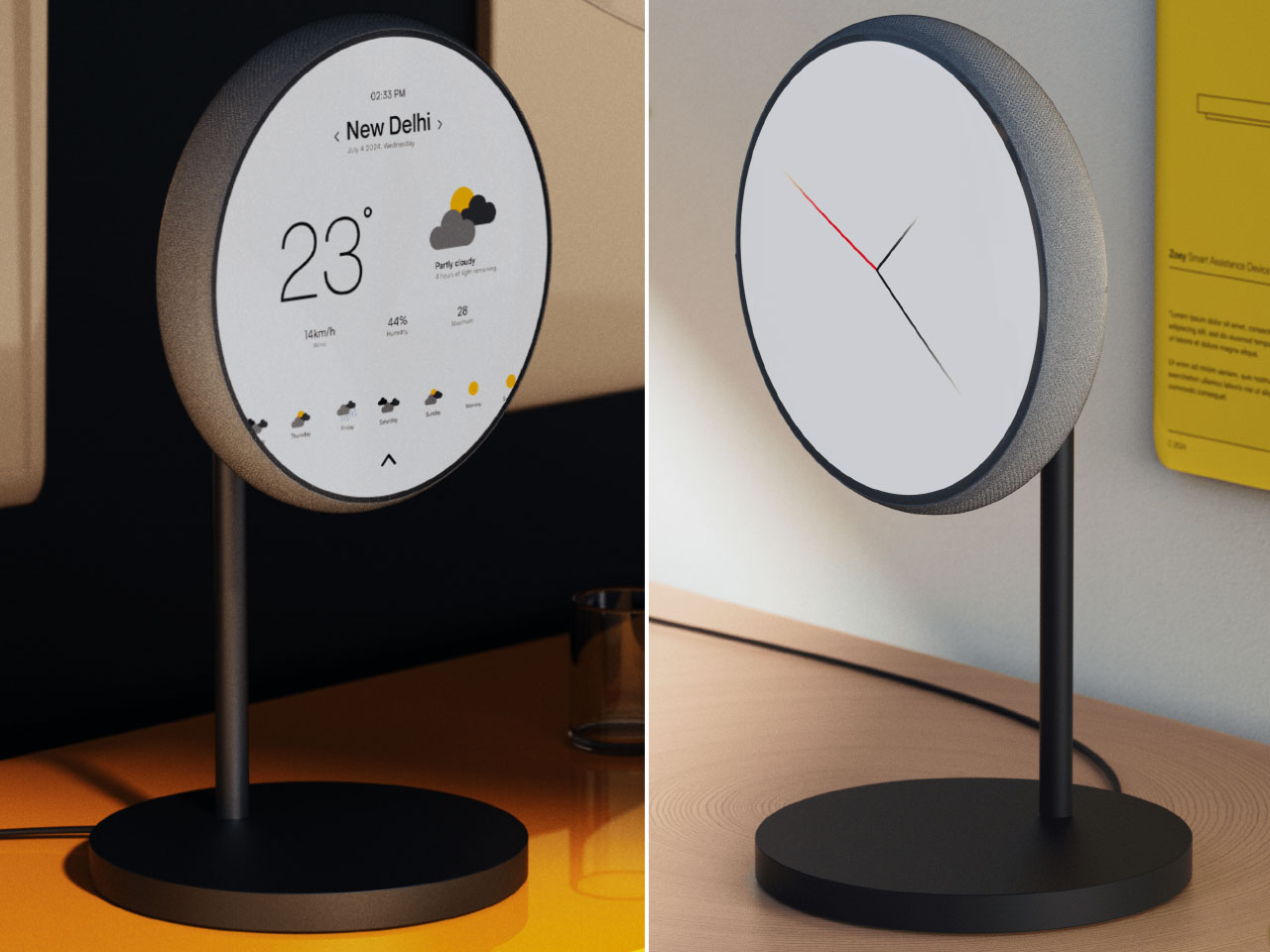
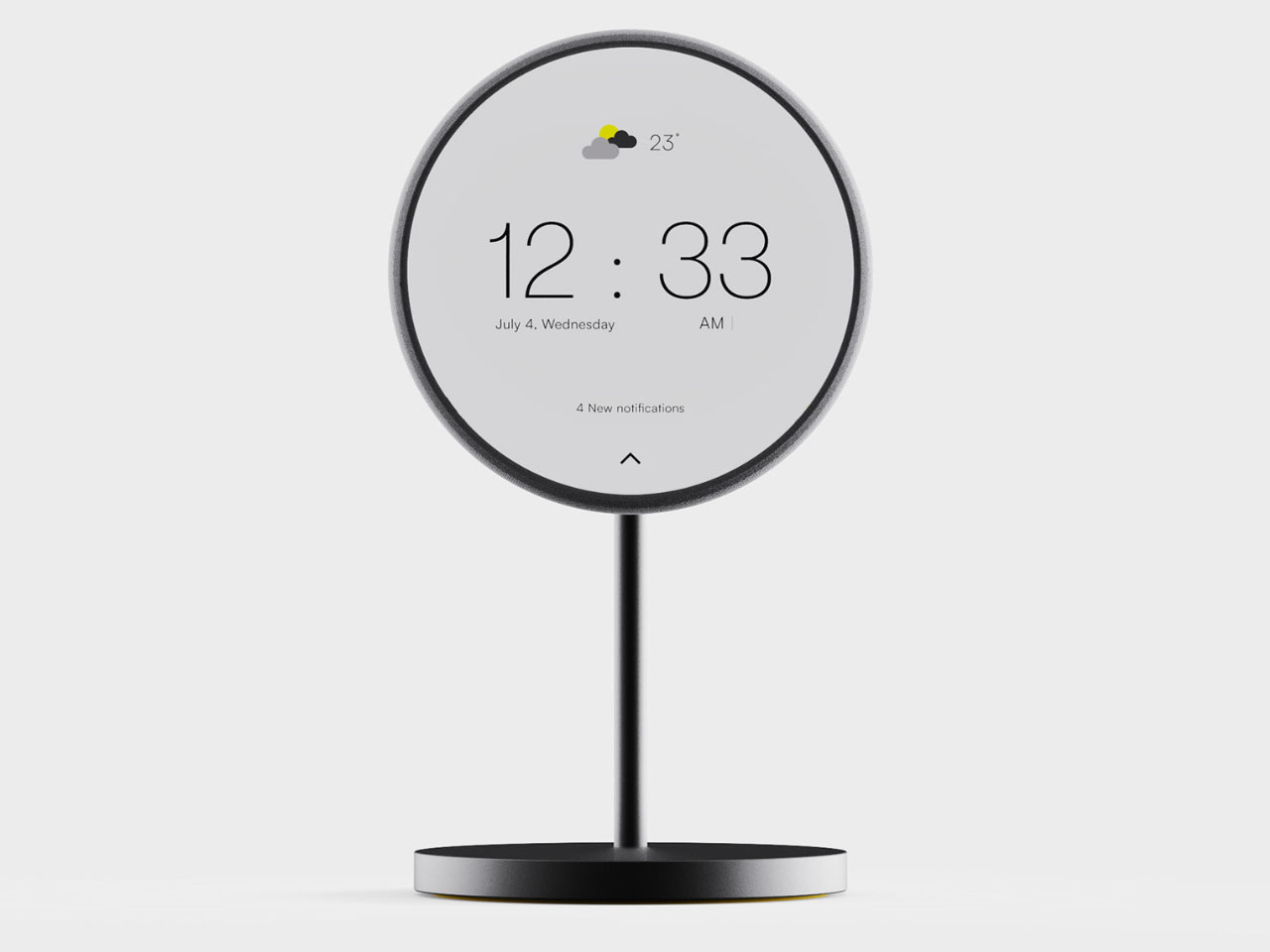
The smart home assistant connects effortlessly with various devices, allowing users to control lighting, temperature, and security systems with simple voice commands. The portable device also boasts high-fidelity audio performance, providing a rich listening experience whether users are streaming music, podcasts, or audiobooks. If you’ve got another speaker biting the dust you can pair it with Zoey to create a stereo surround environment.
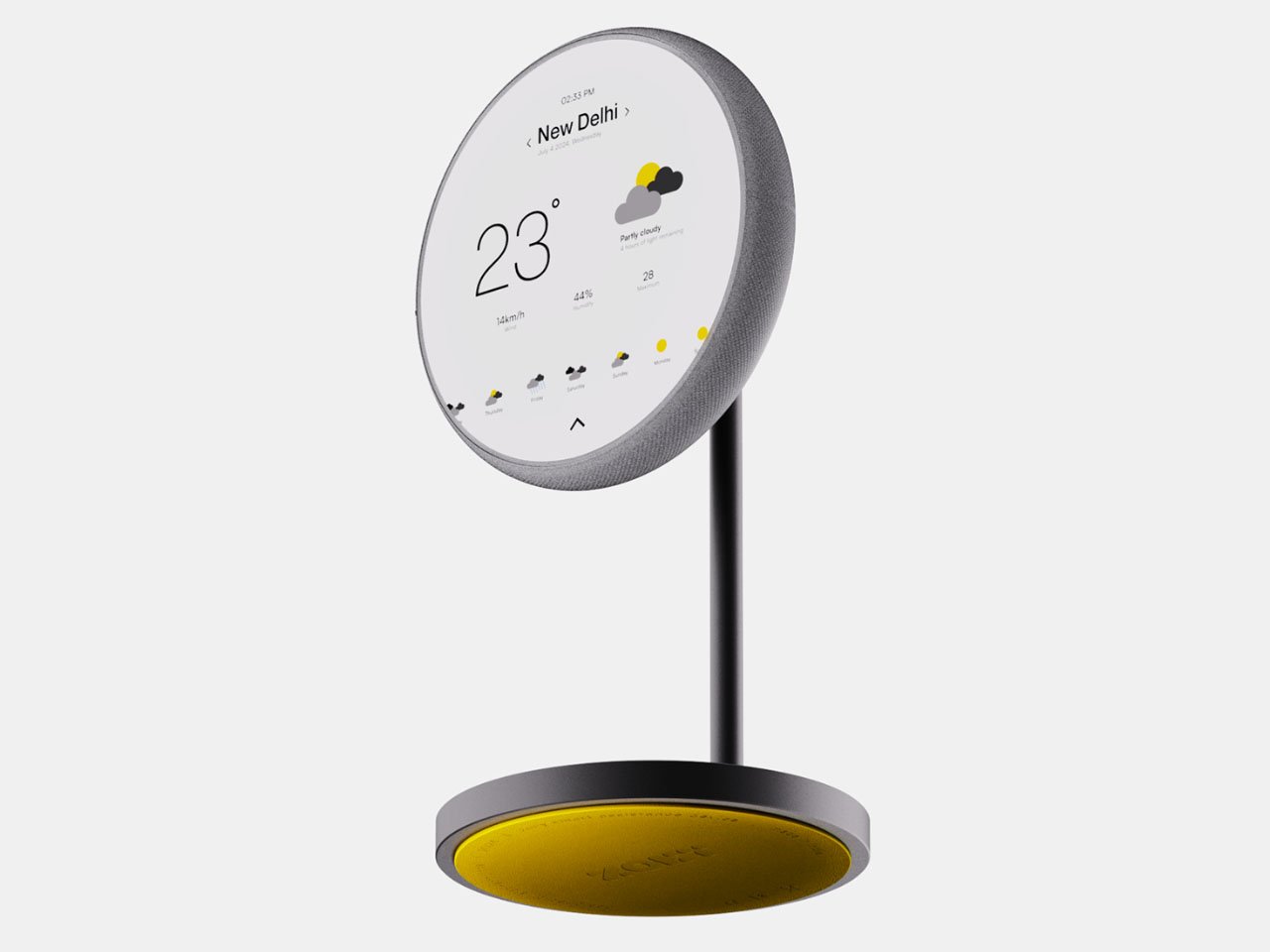
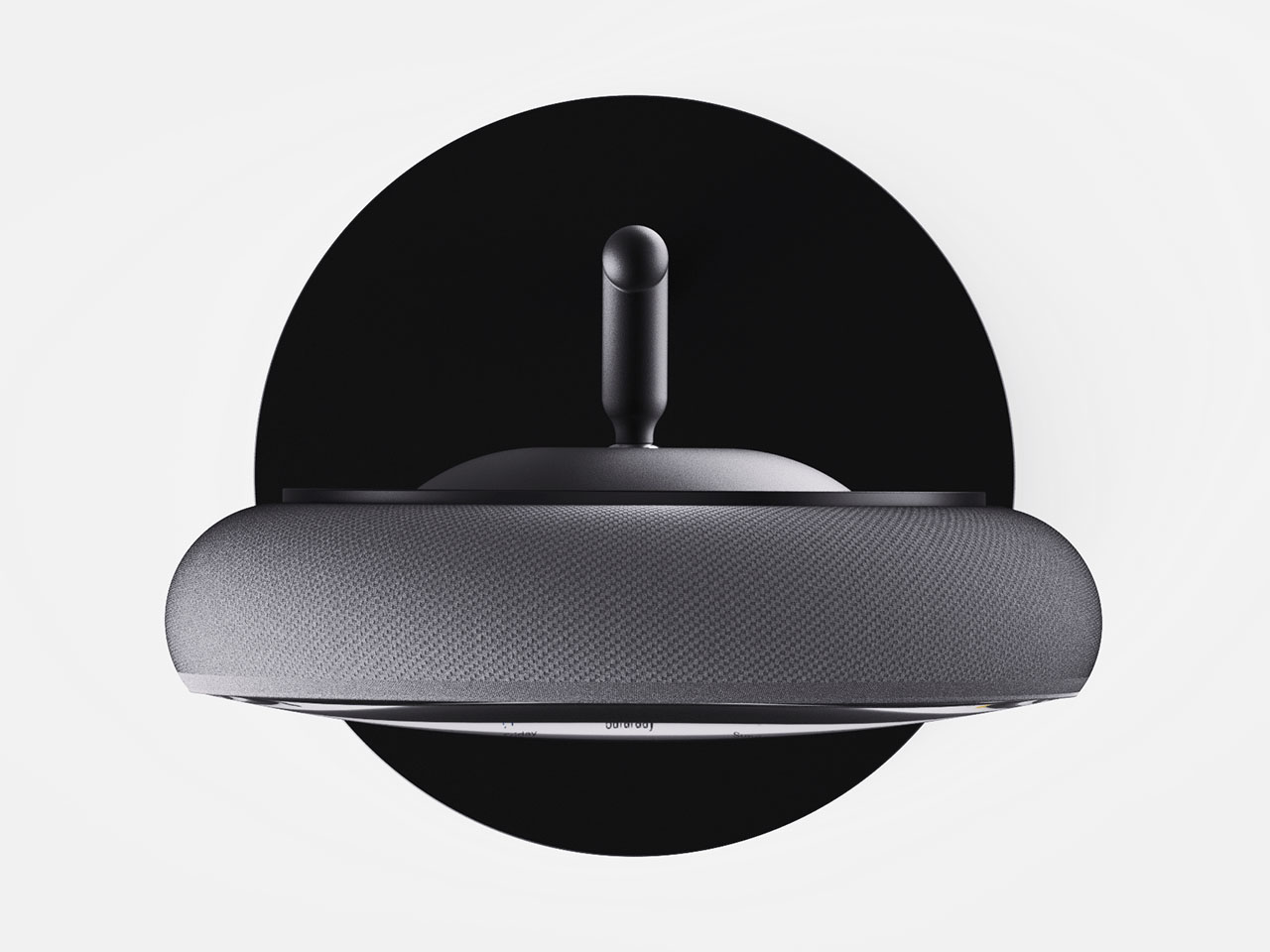
Zoey’s versatility extends beyond mere home automation; it serves as a central hub for other smart gadgets as well. With built-in features such as reminders, calendar management, and news updates, it transforms mundane tasks into seamless interactions. The touch interface of the device also lets you seamlessly navigate through the menus and various compatible apps. The design incorporates subtle LED indicators that provide visual feedback, enhancing usability while maintaining the speaker’s sleek appearance. This attention to detail reflects a commitment to creating a product that is both functional and aesthetically pleasing.
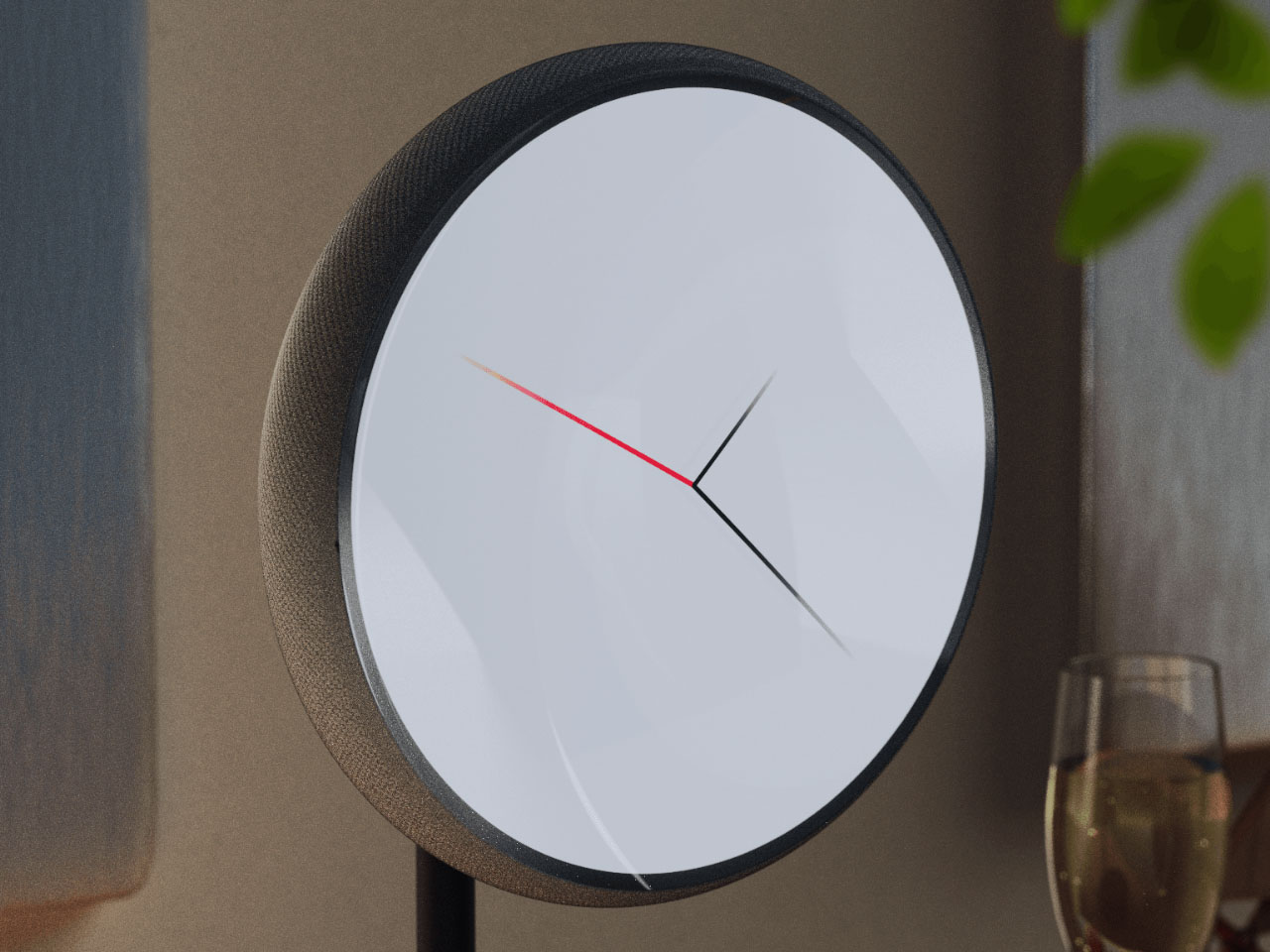
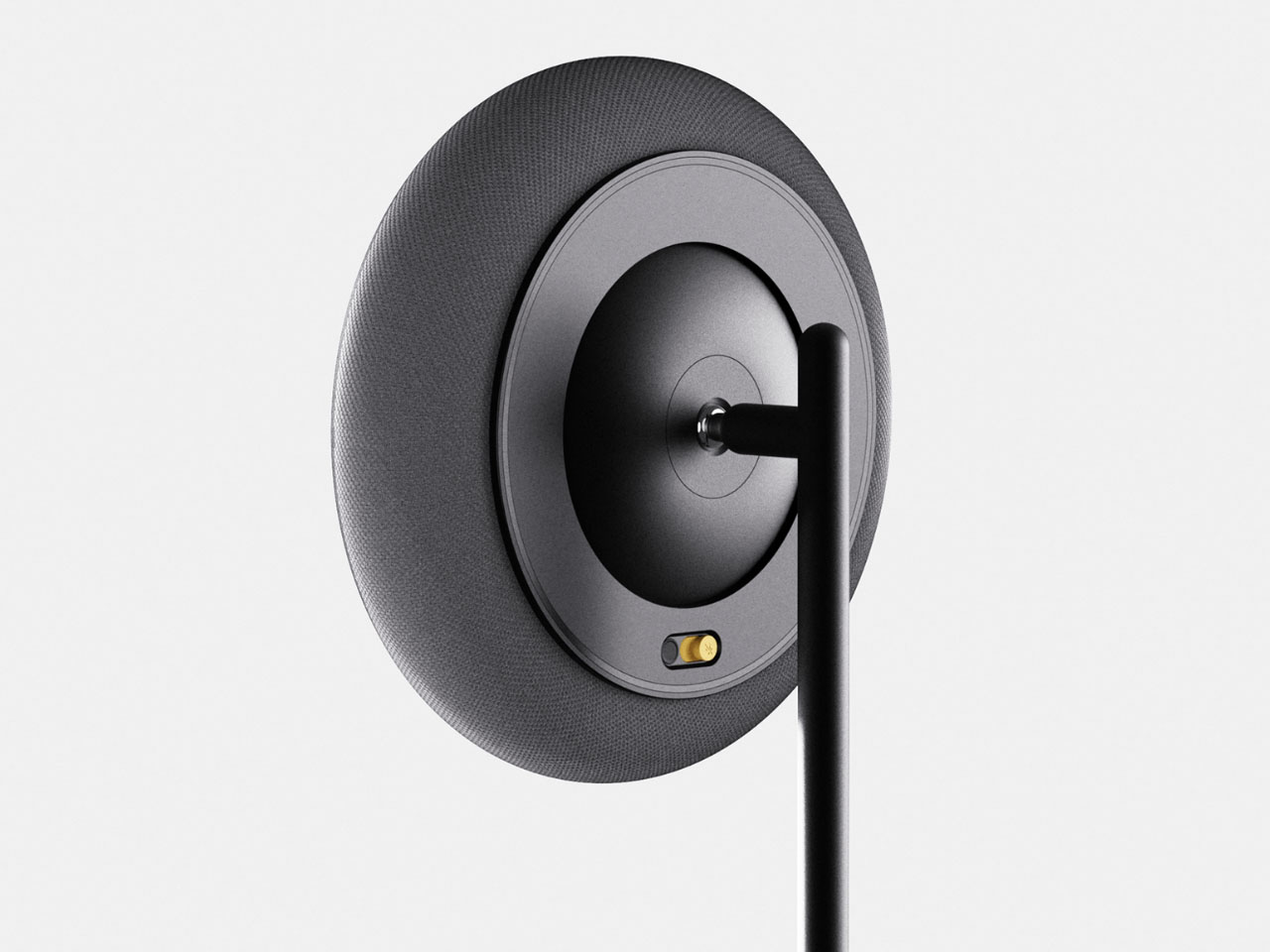
The potential for personalization is another hallmark, as users can choose from a range of color options and finishes, allowing them to select a model that best fits their style. In a world where technology often feels impersonal, Zoey stands out by merging practicality with artistic design. Zoey is not just a portable home assistant speaker; it is a thoughtfully crafted home companion that embodies the future of smart living.
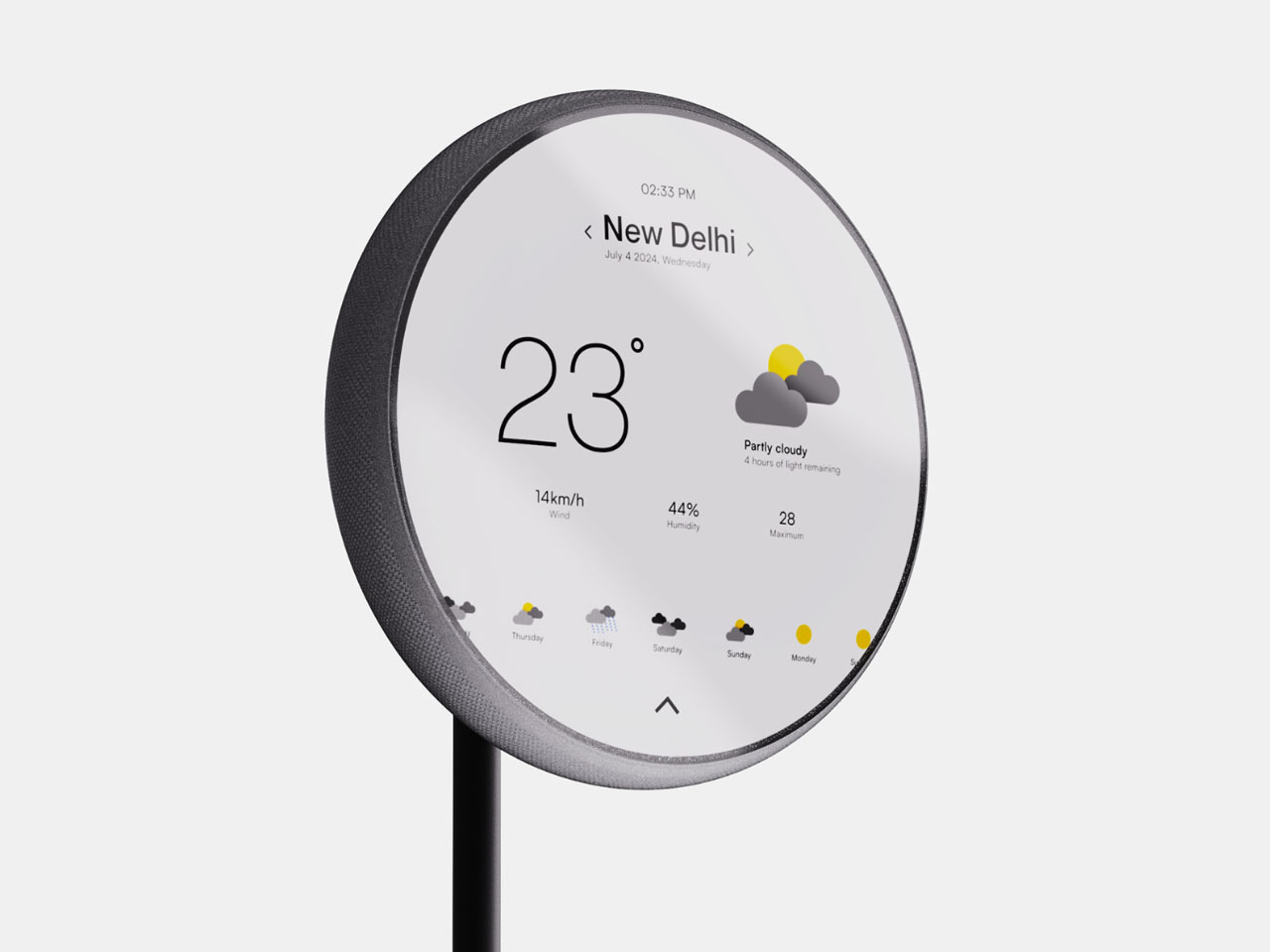

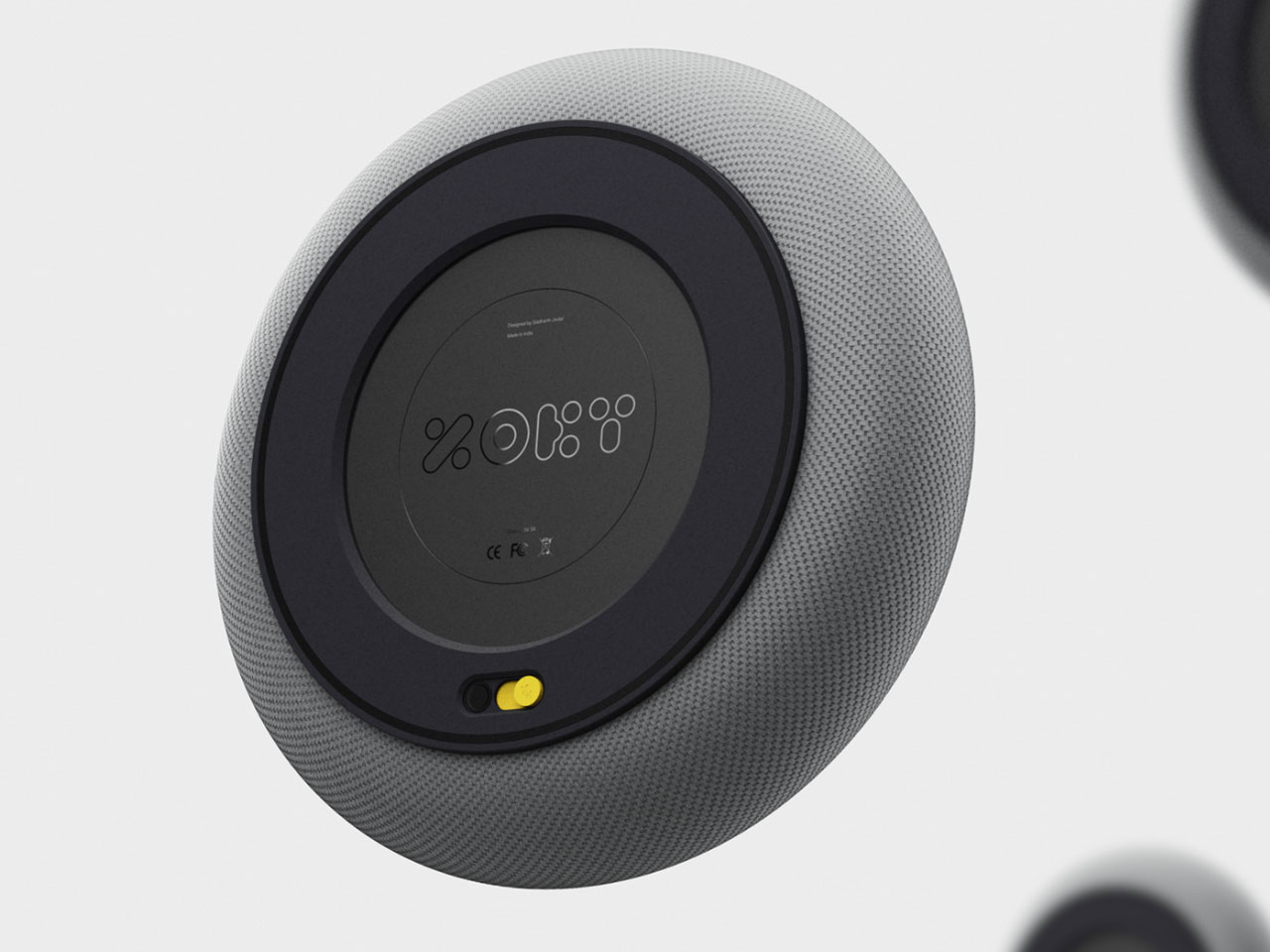
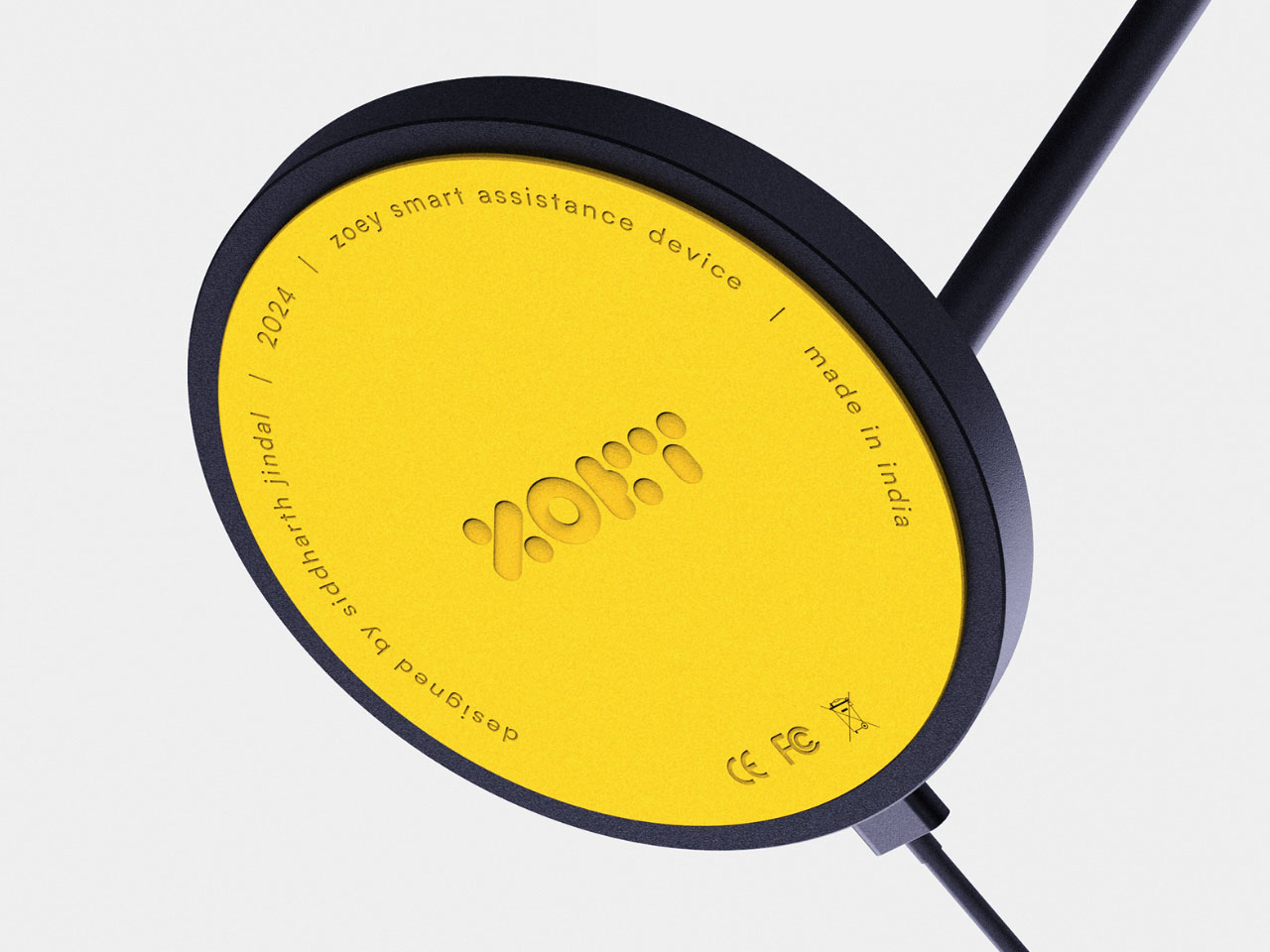
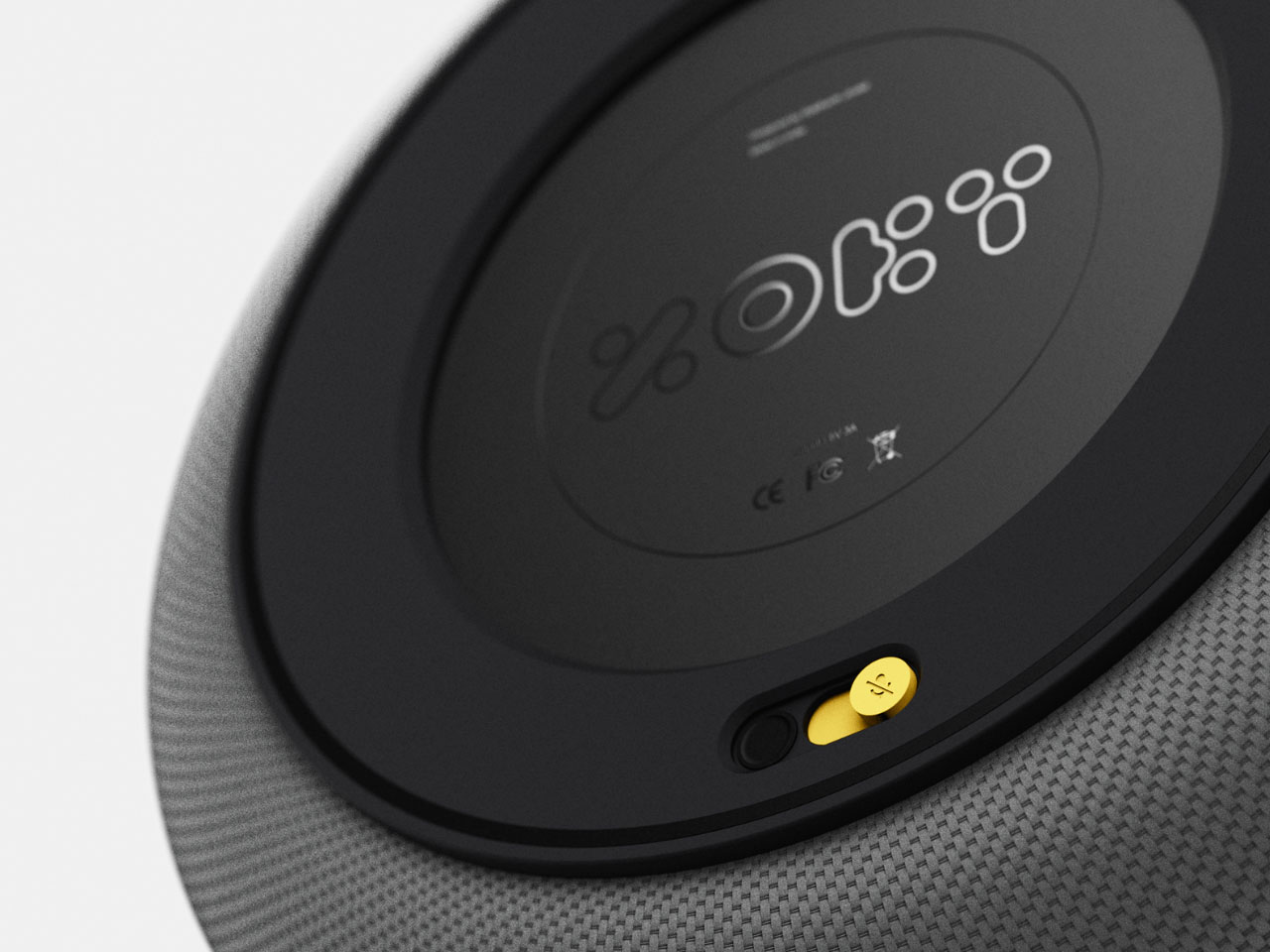
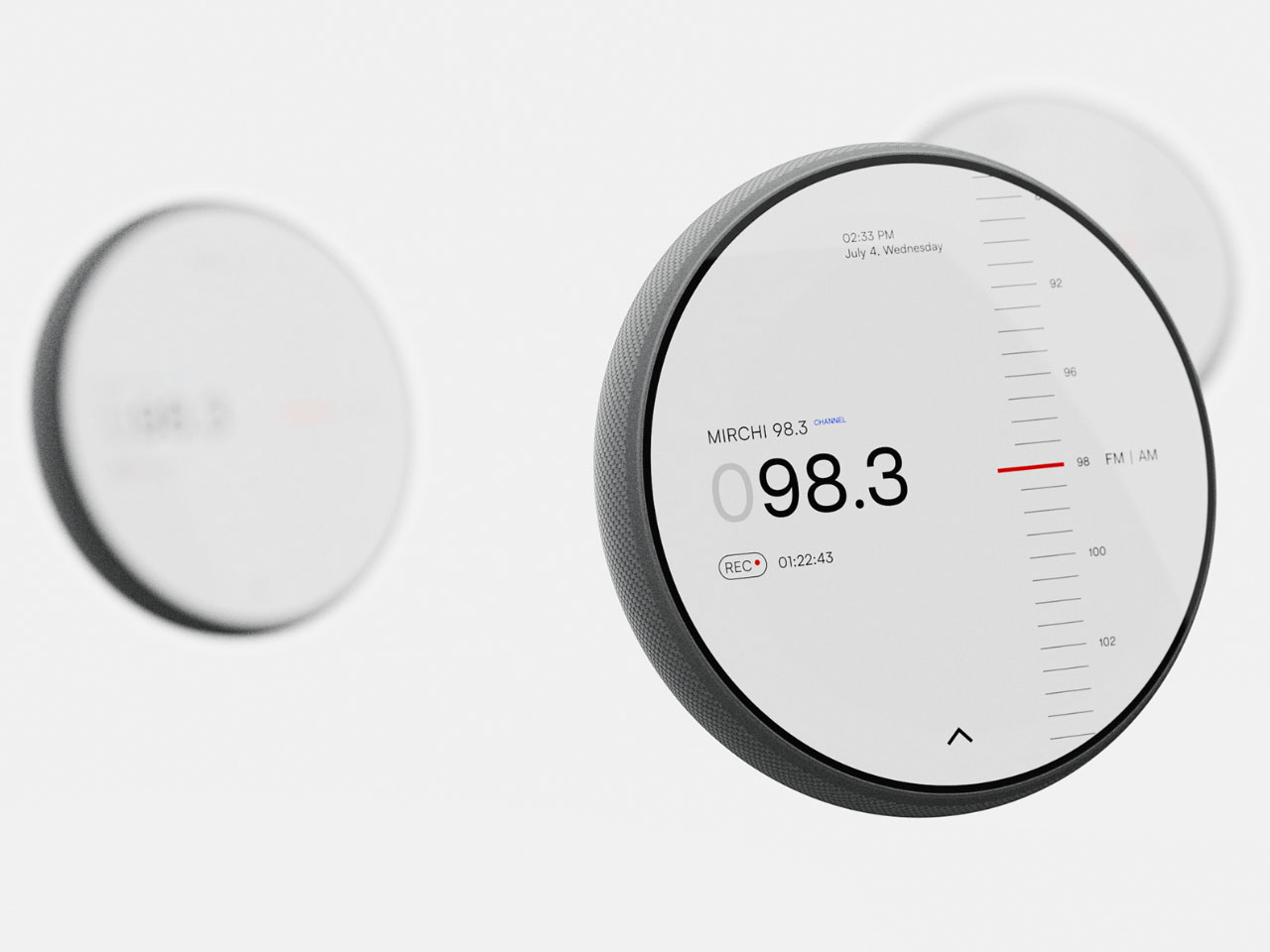
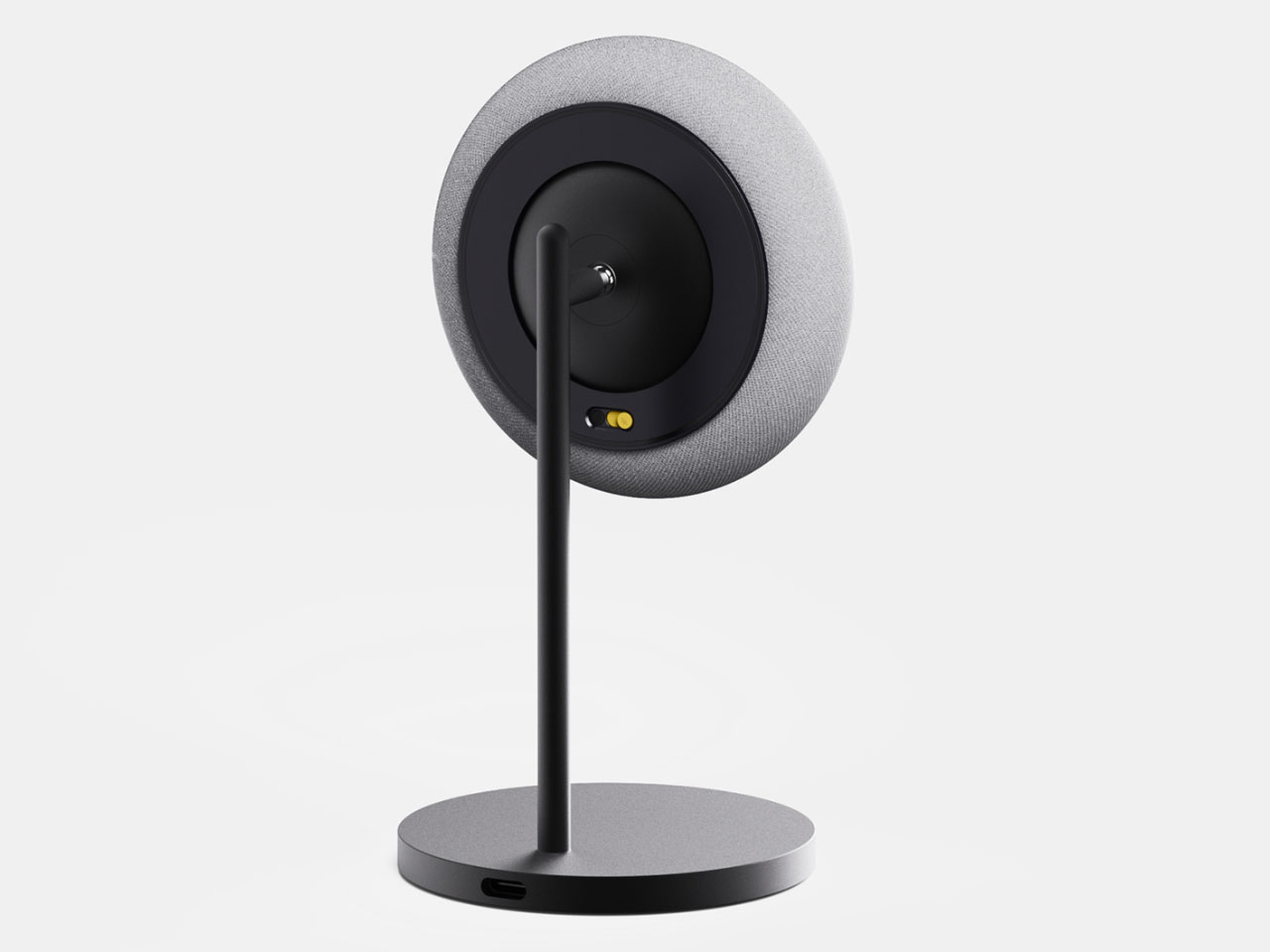
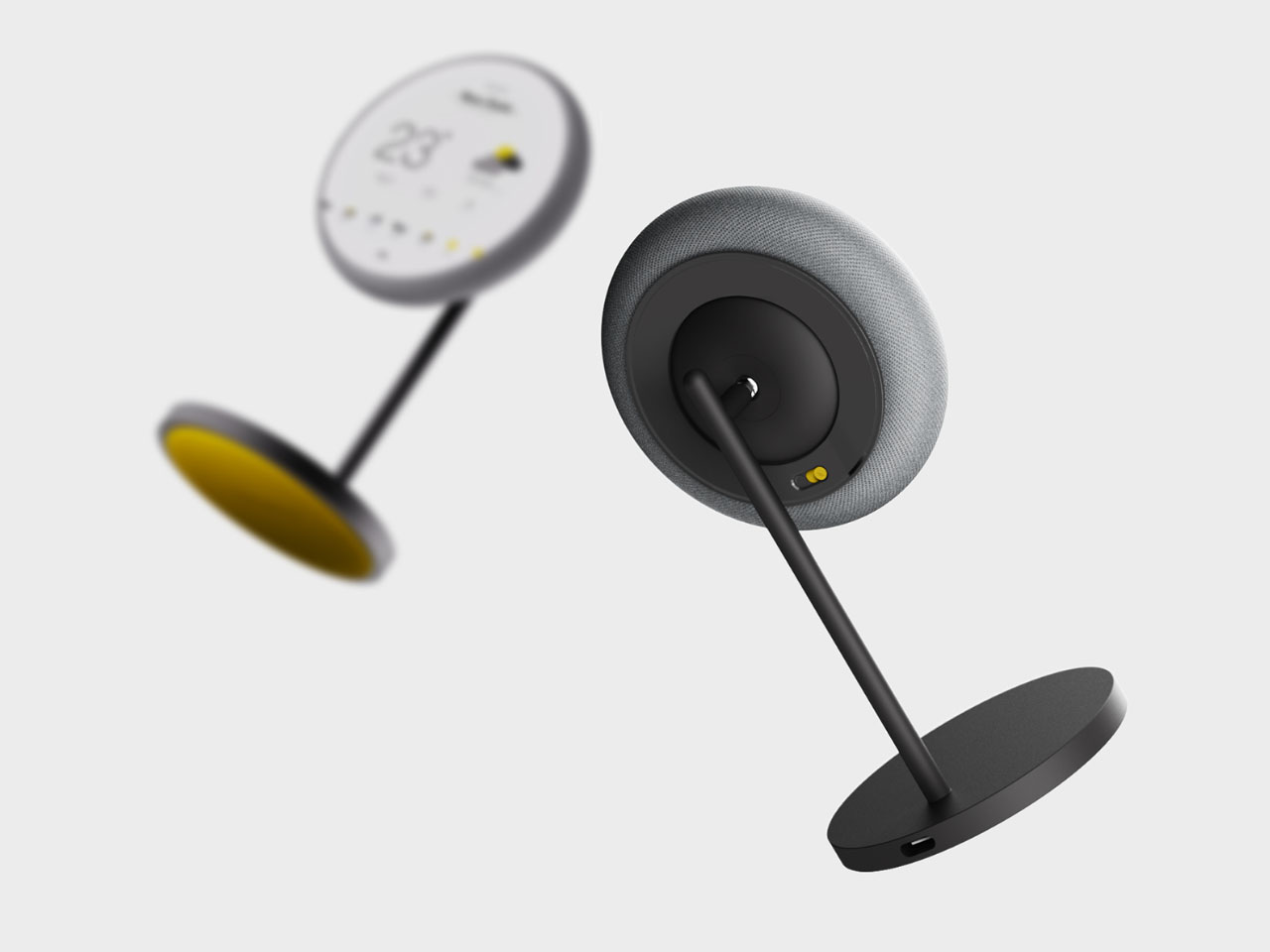
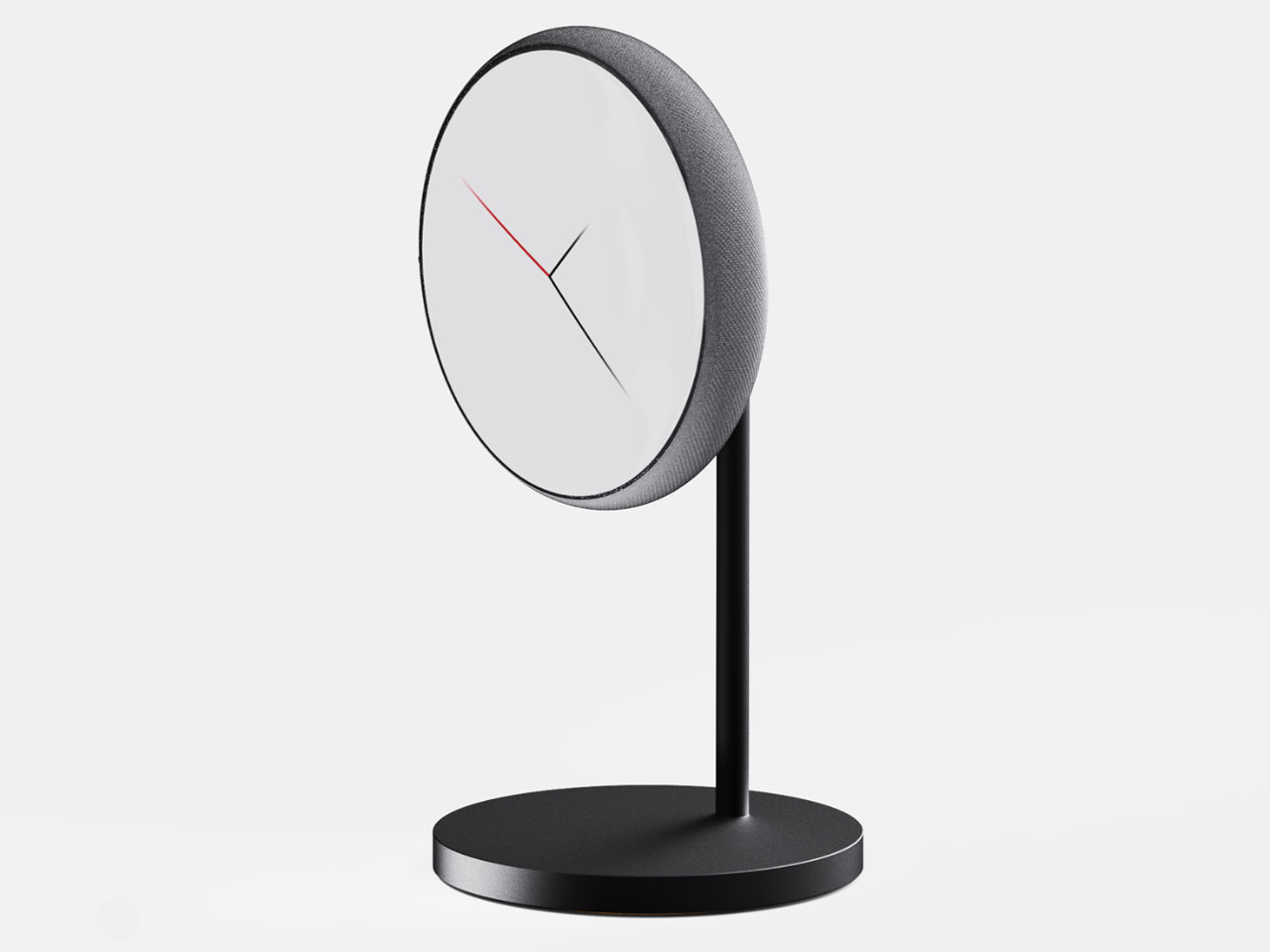
The post Zoey smart home assistant doubles as a portable speaker that sticks to any metal surface first appeared on Yanko Design.












